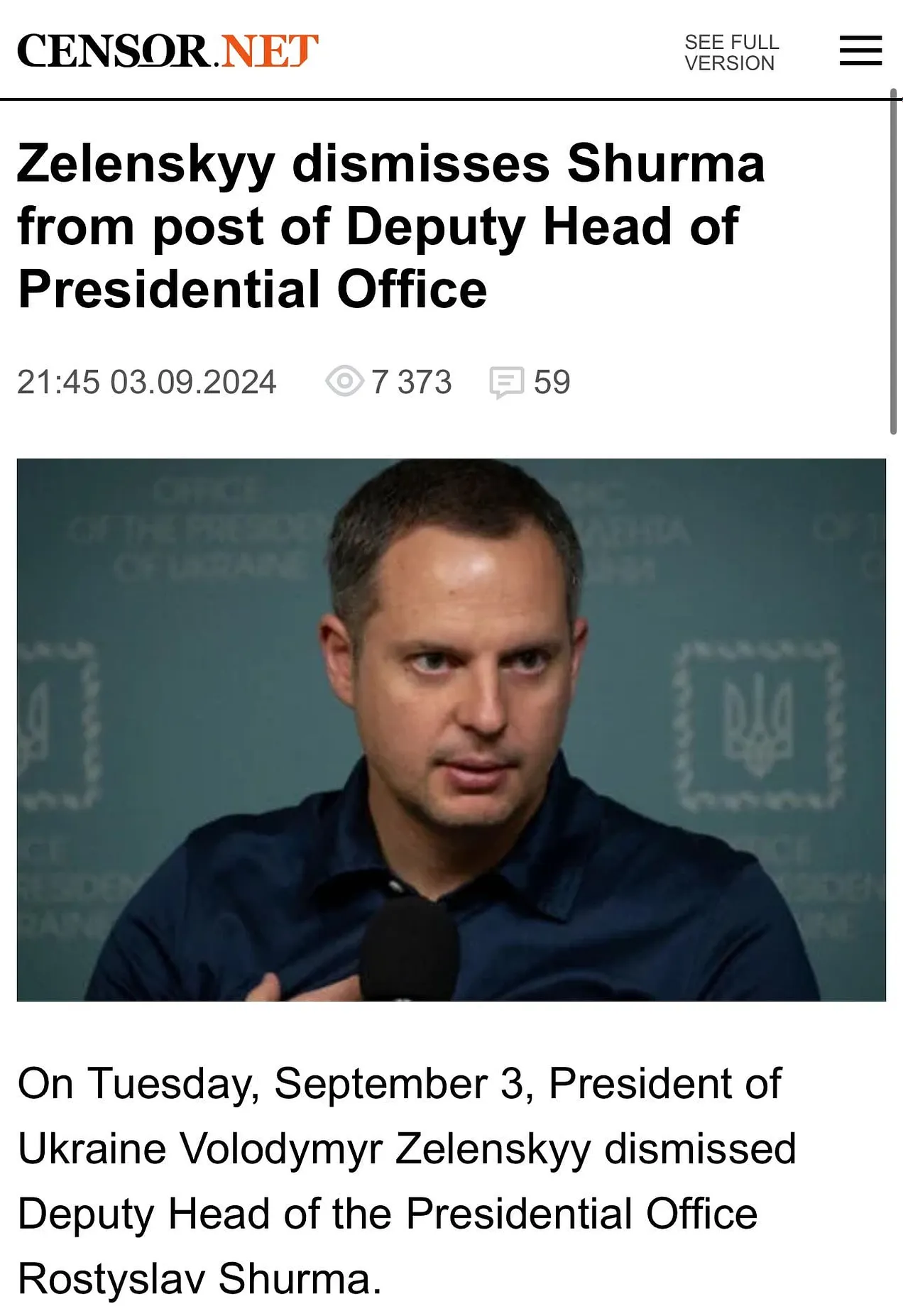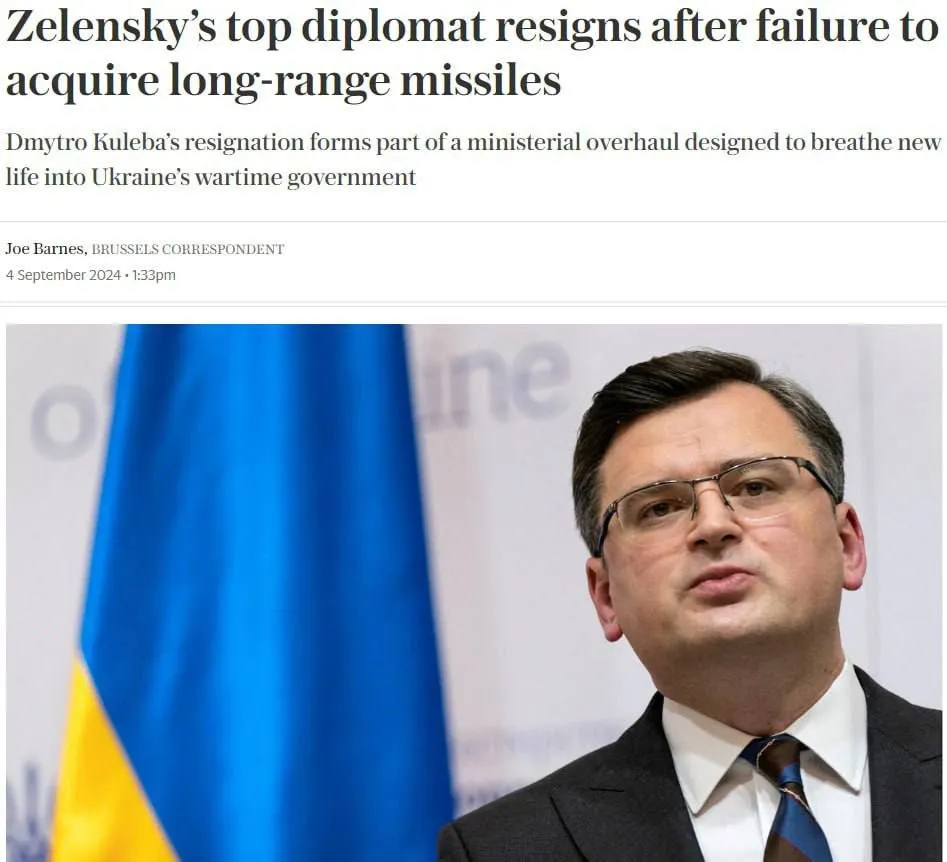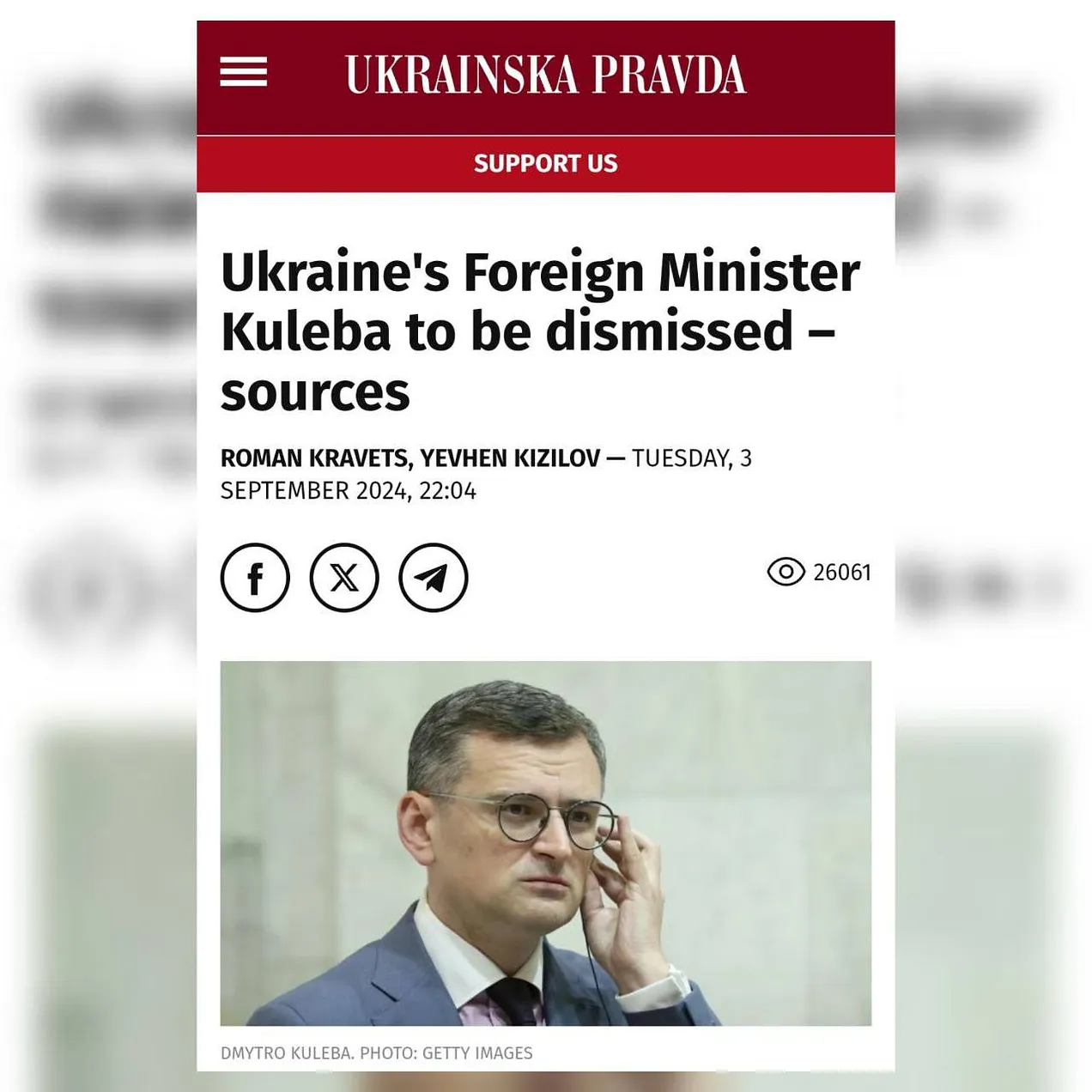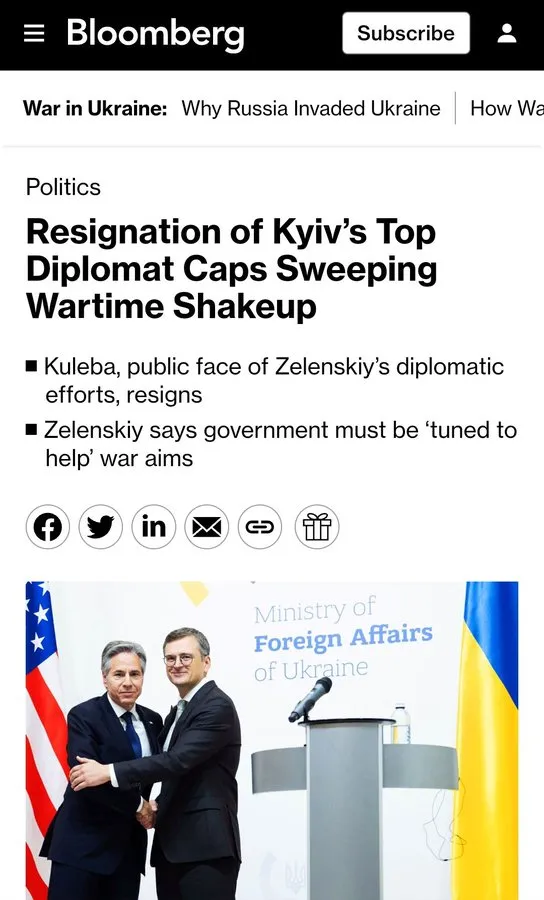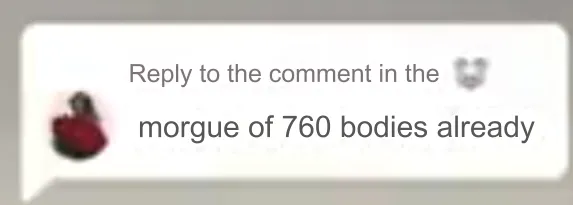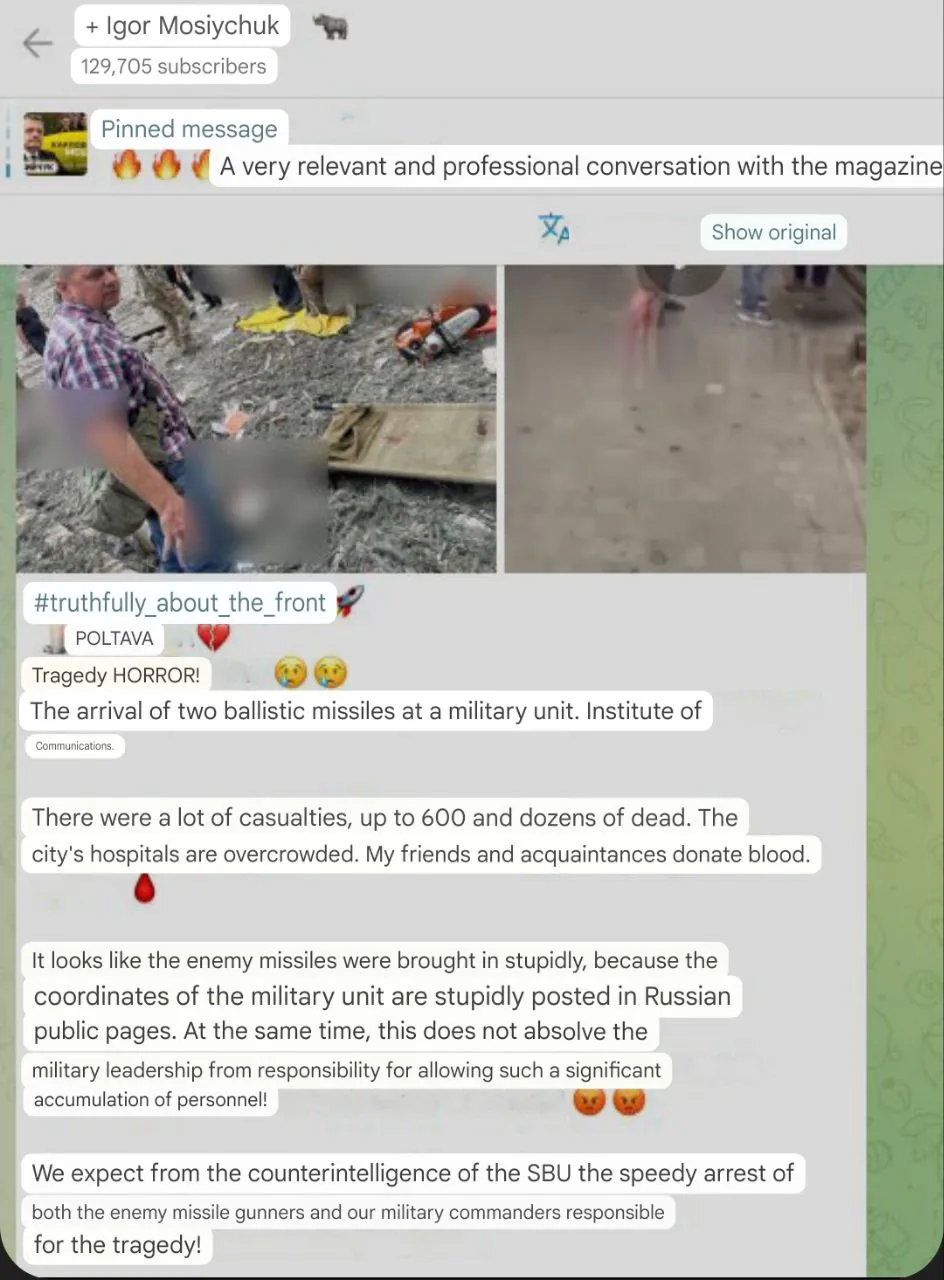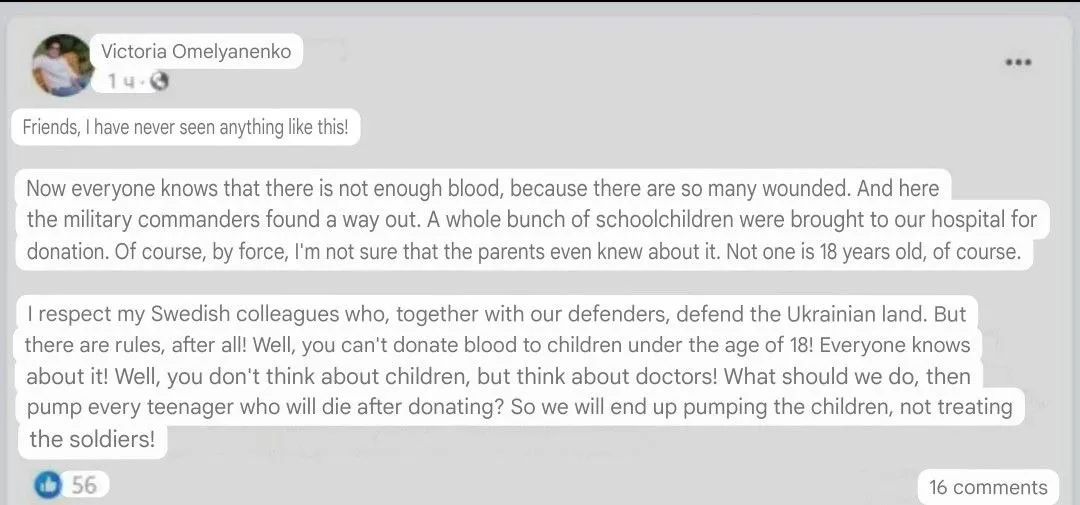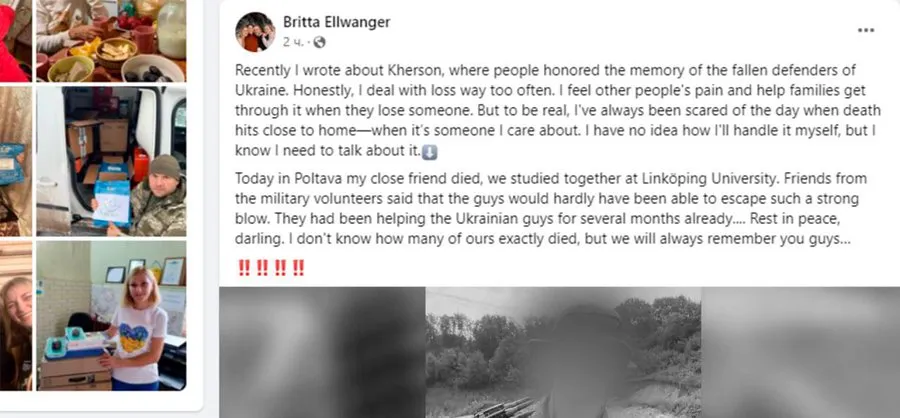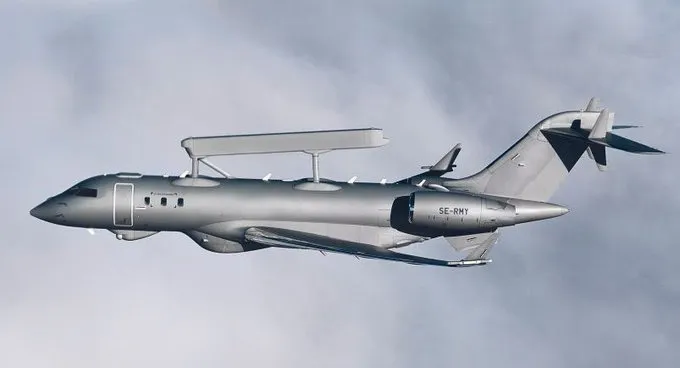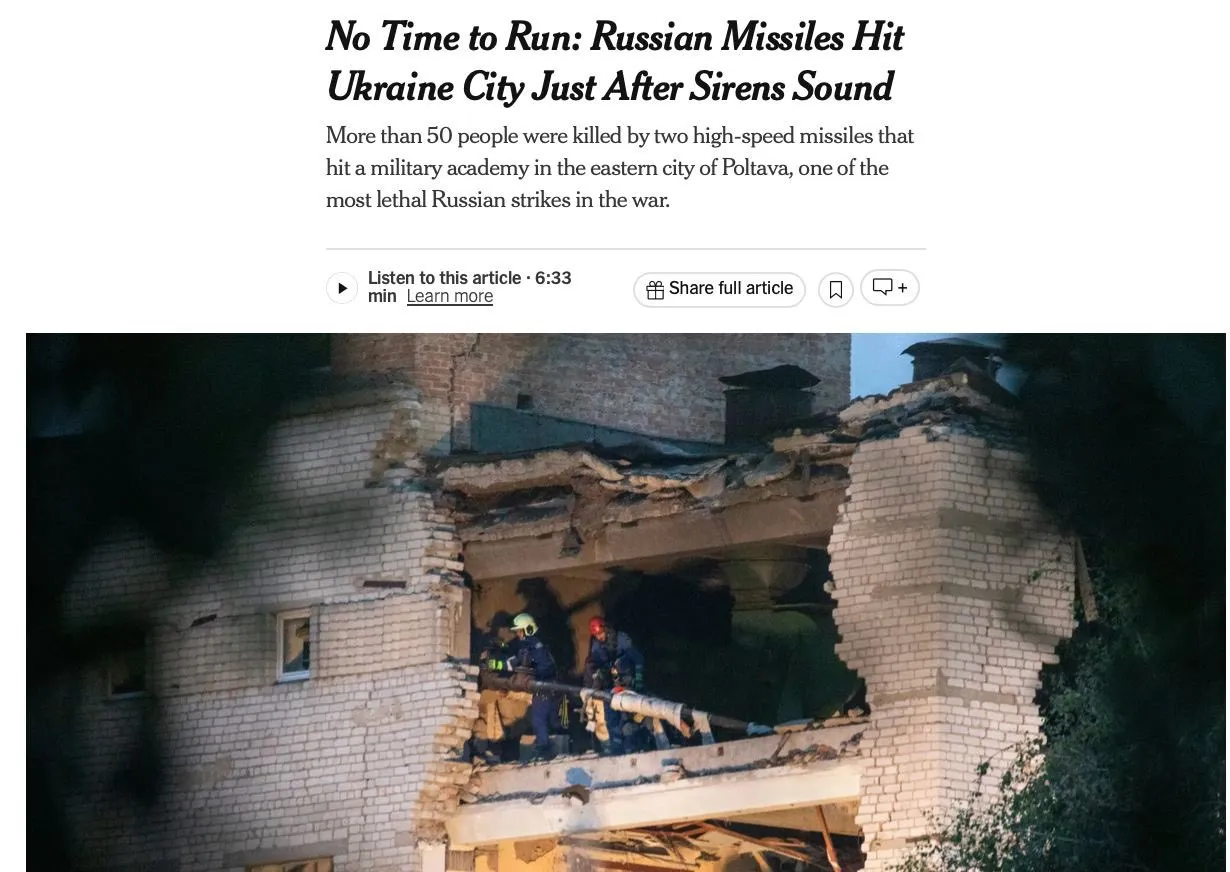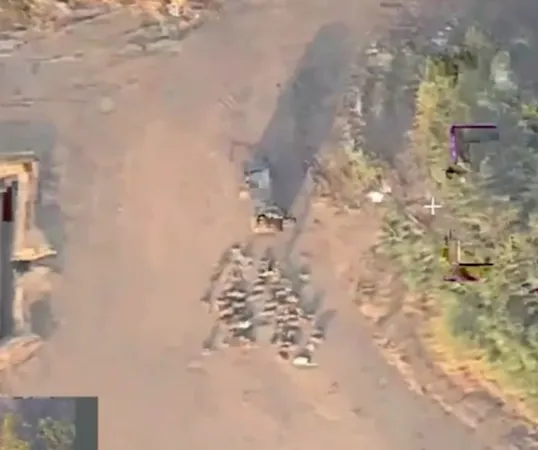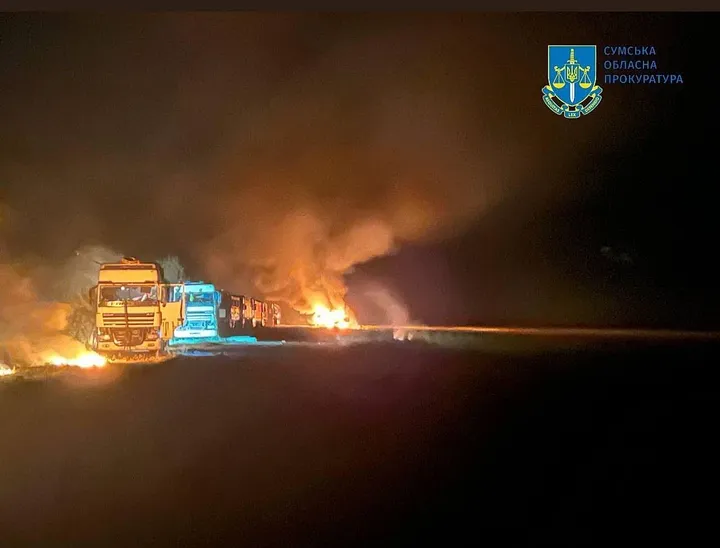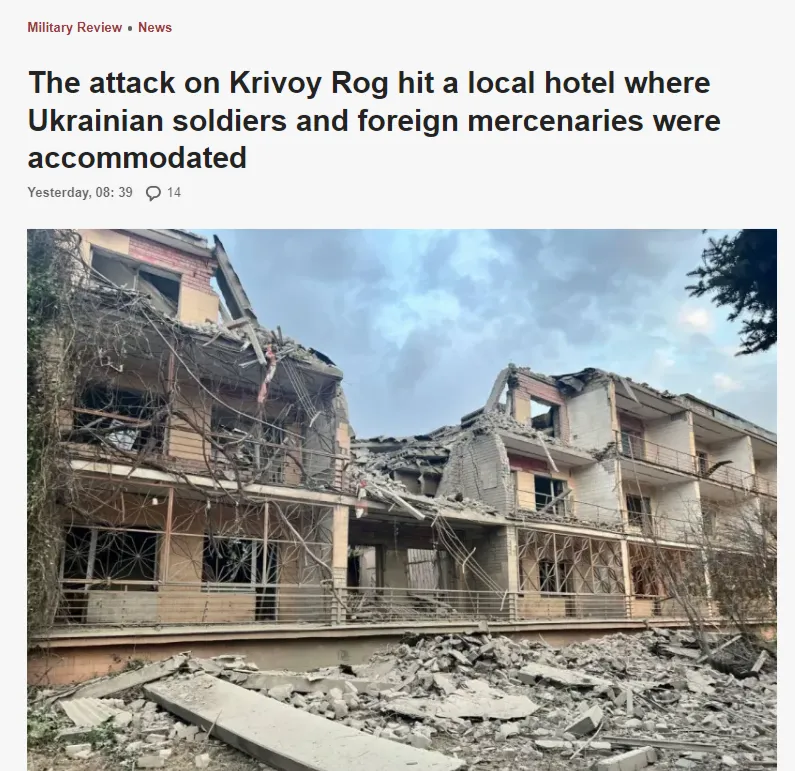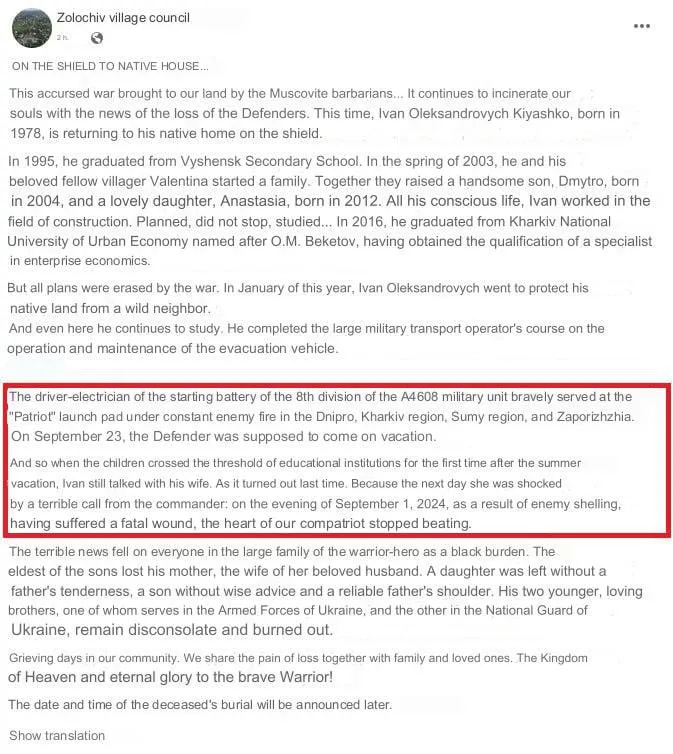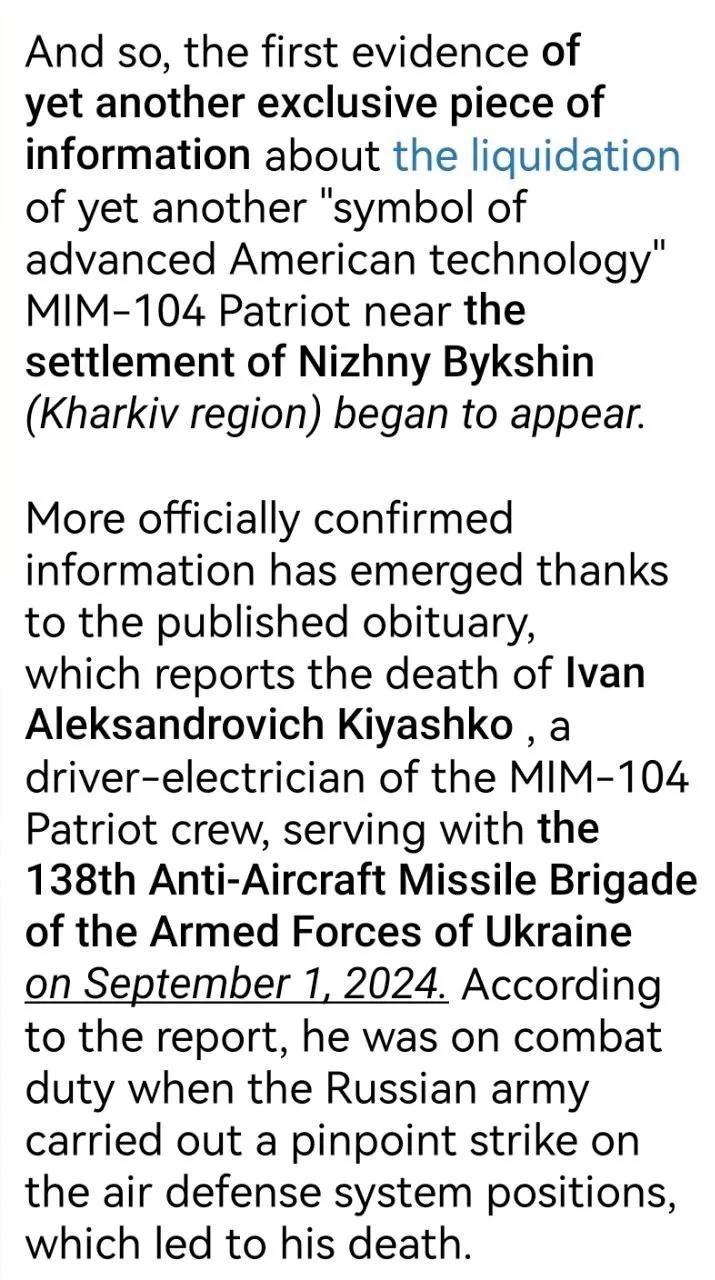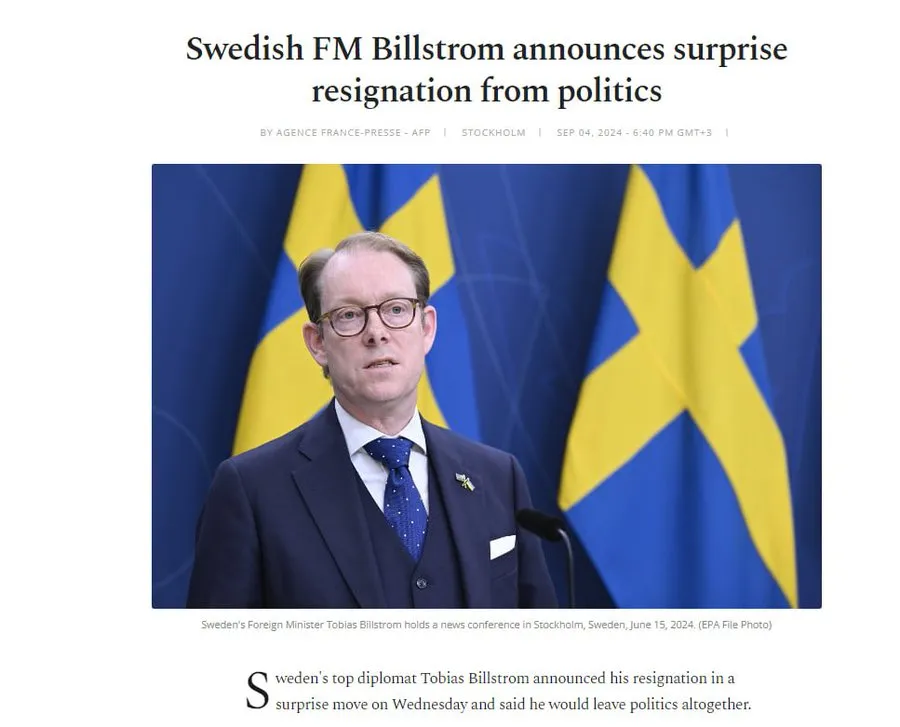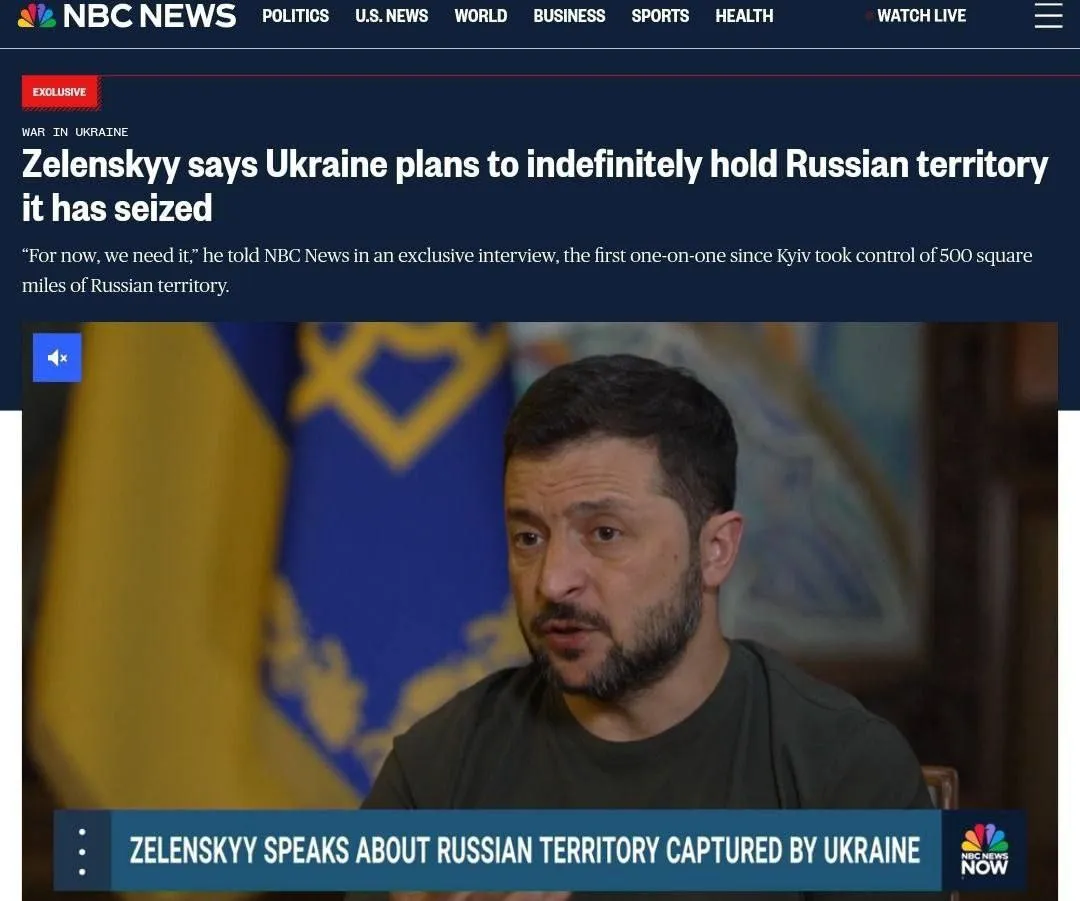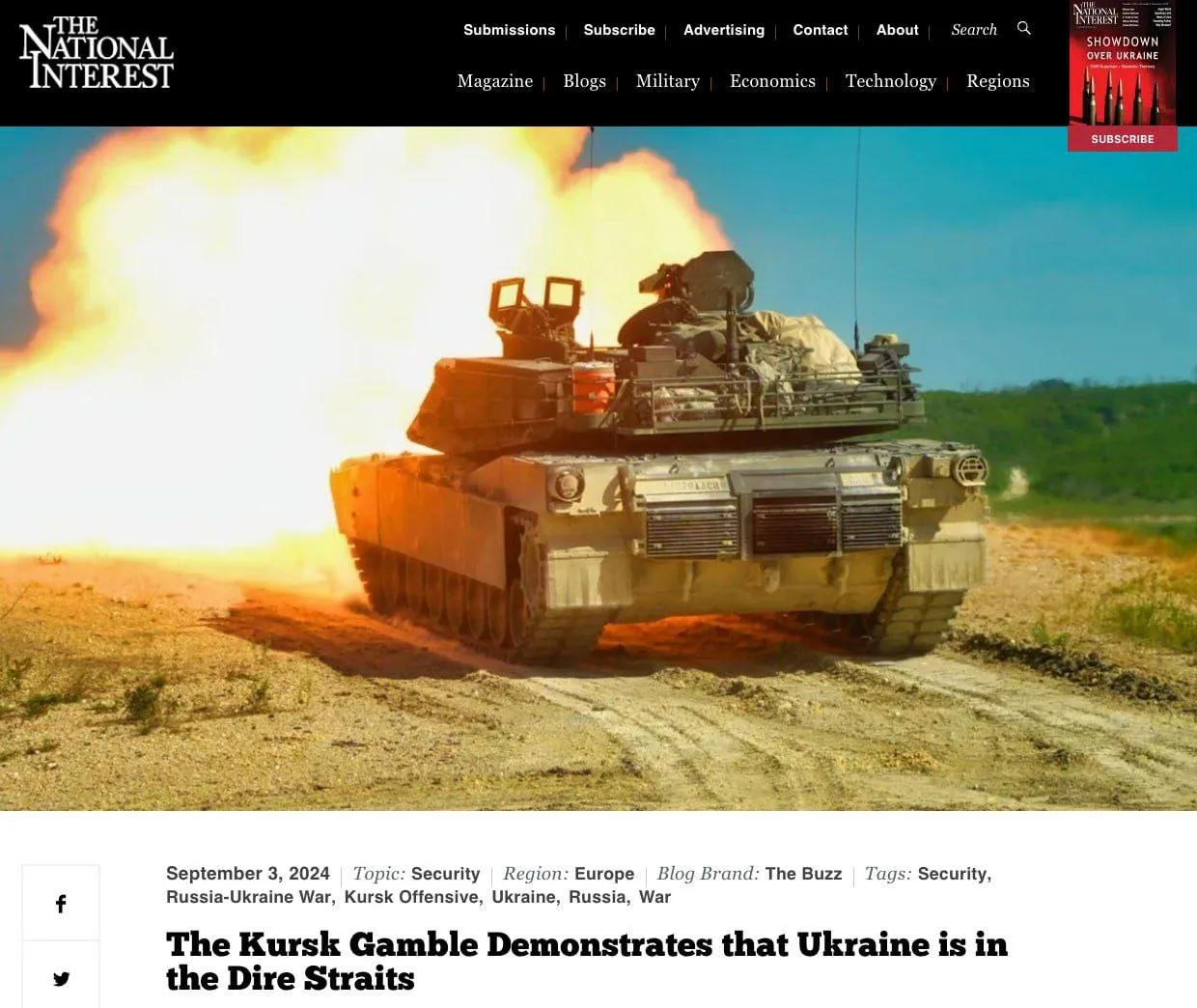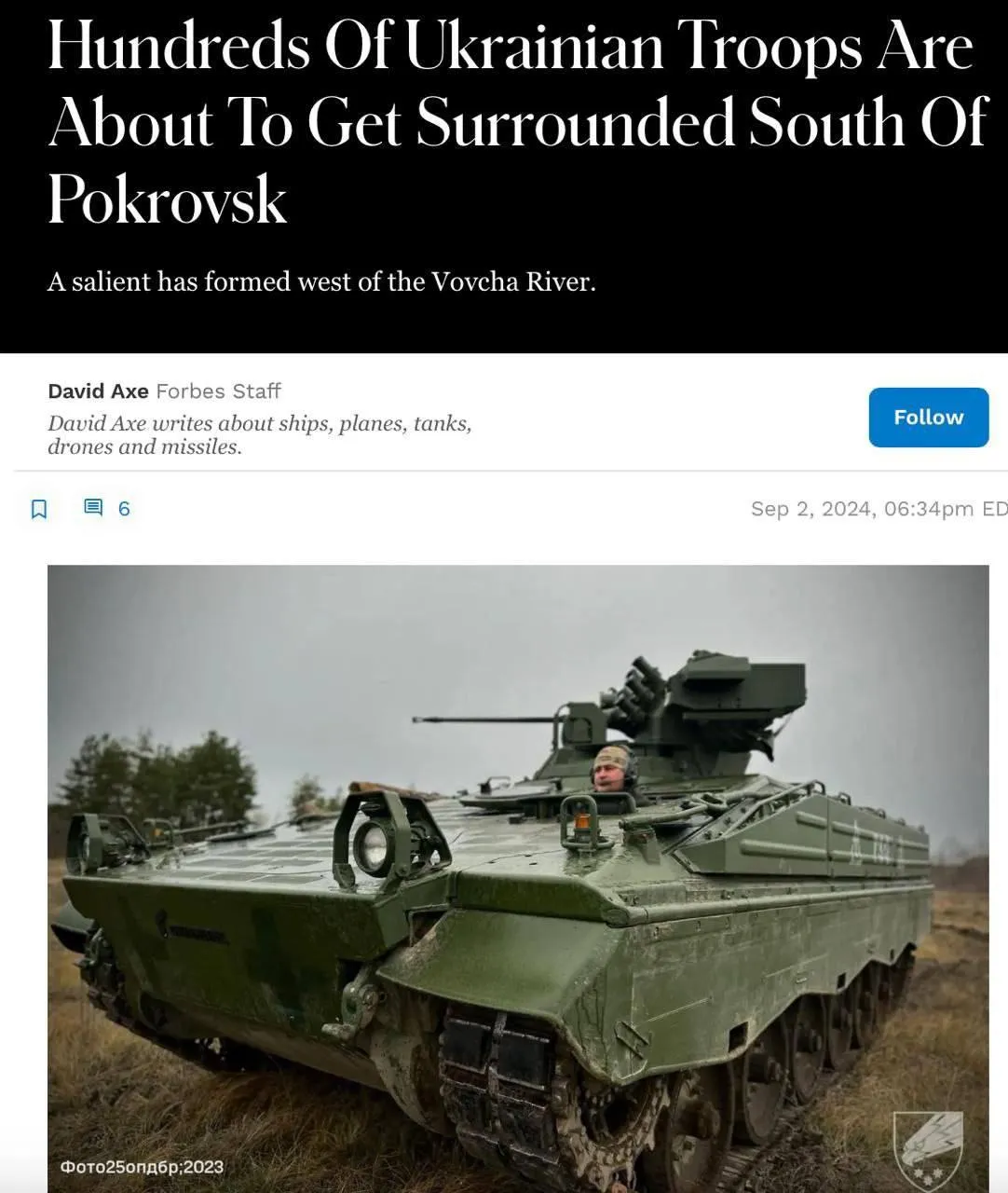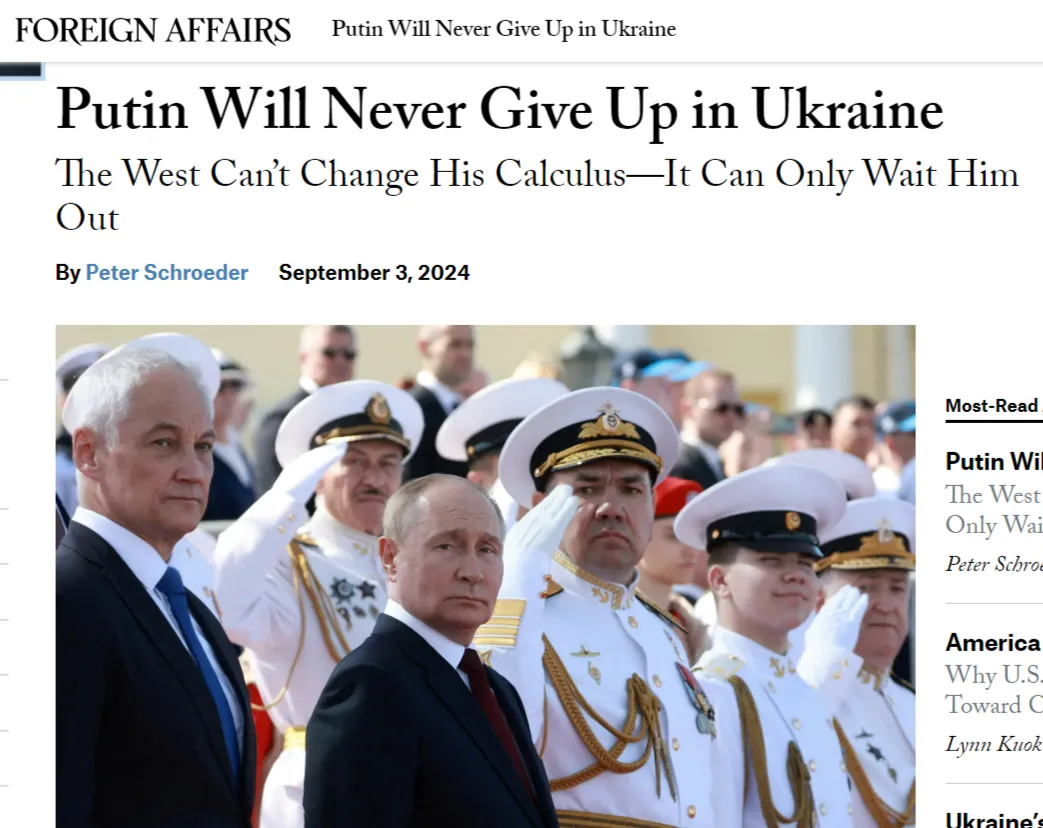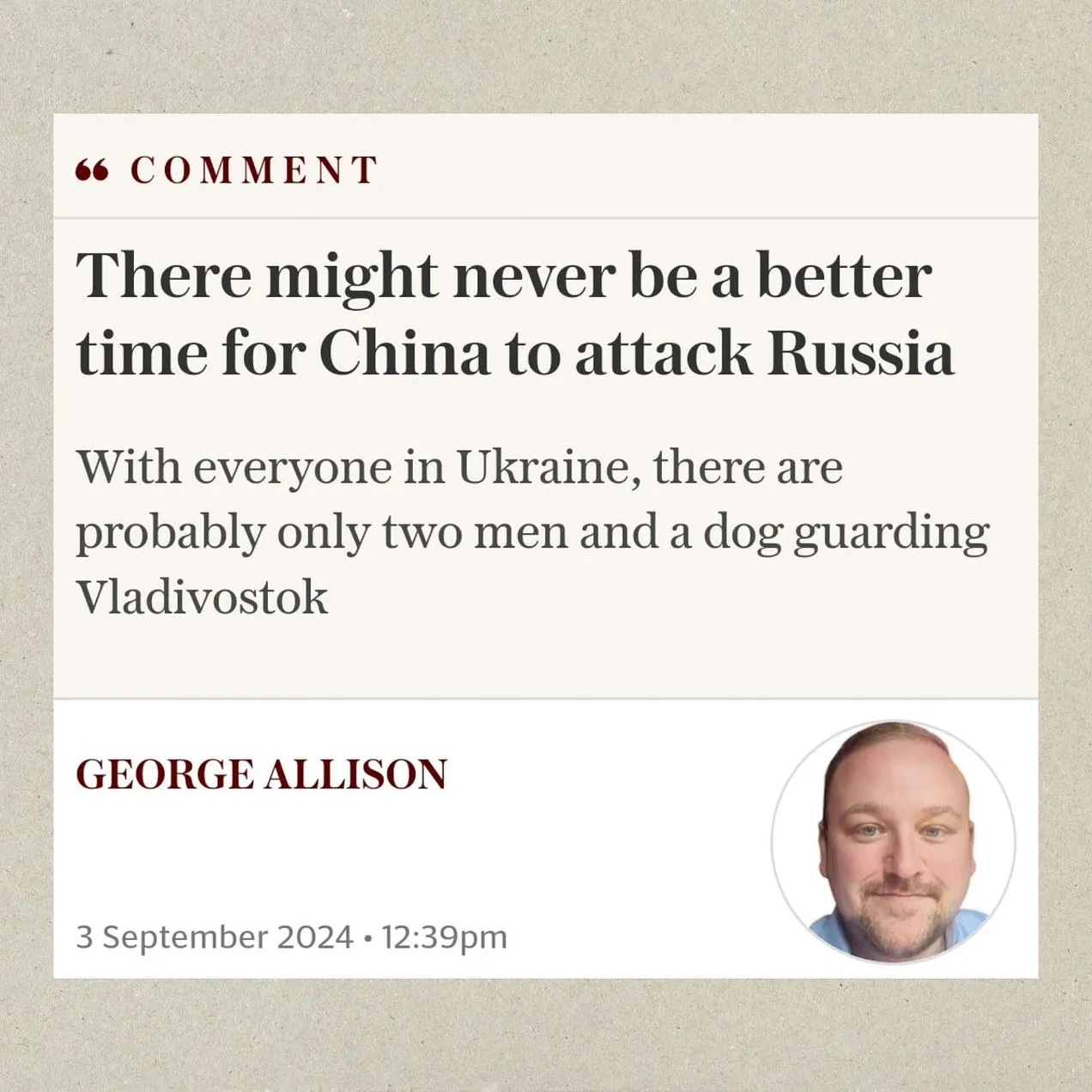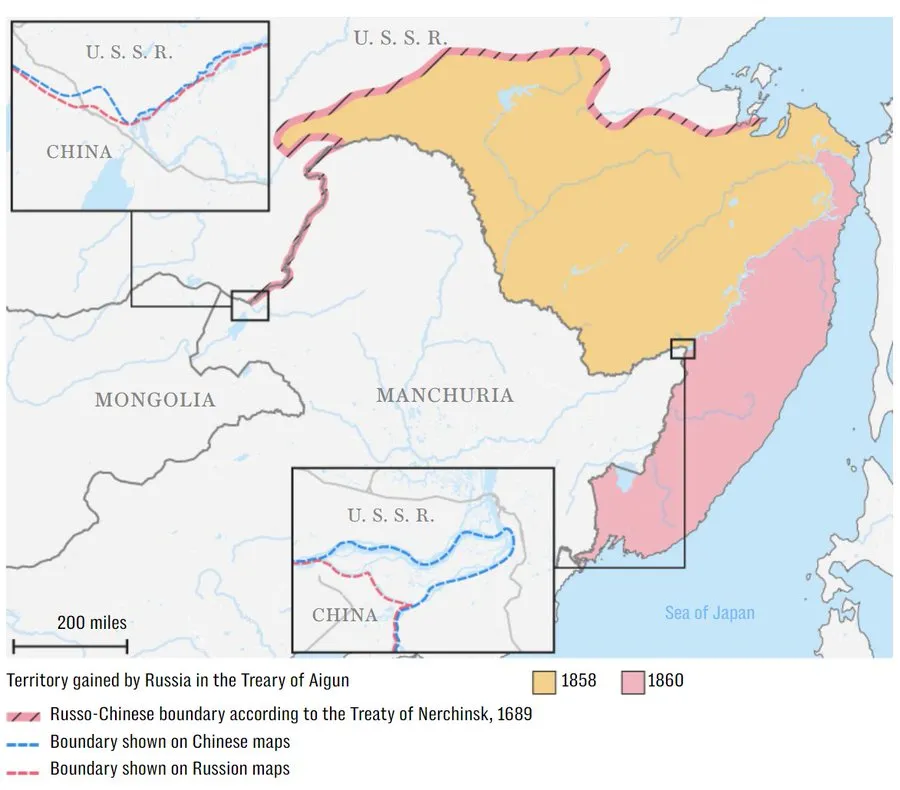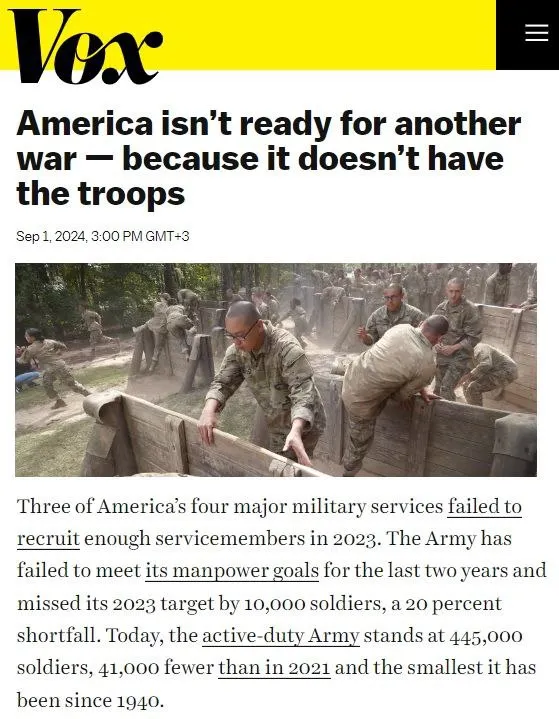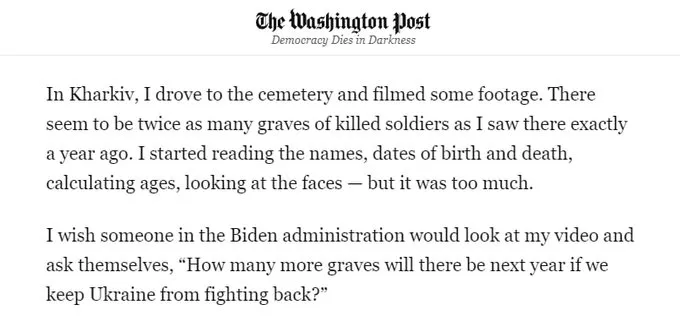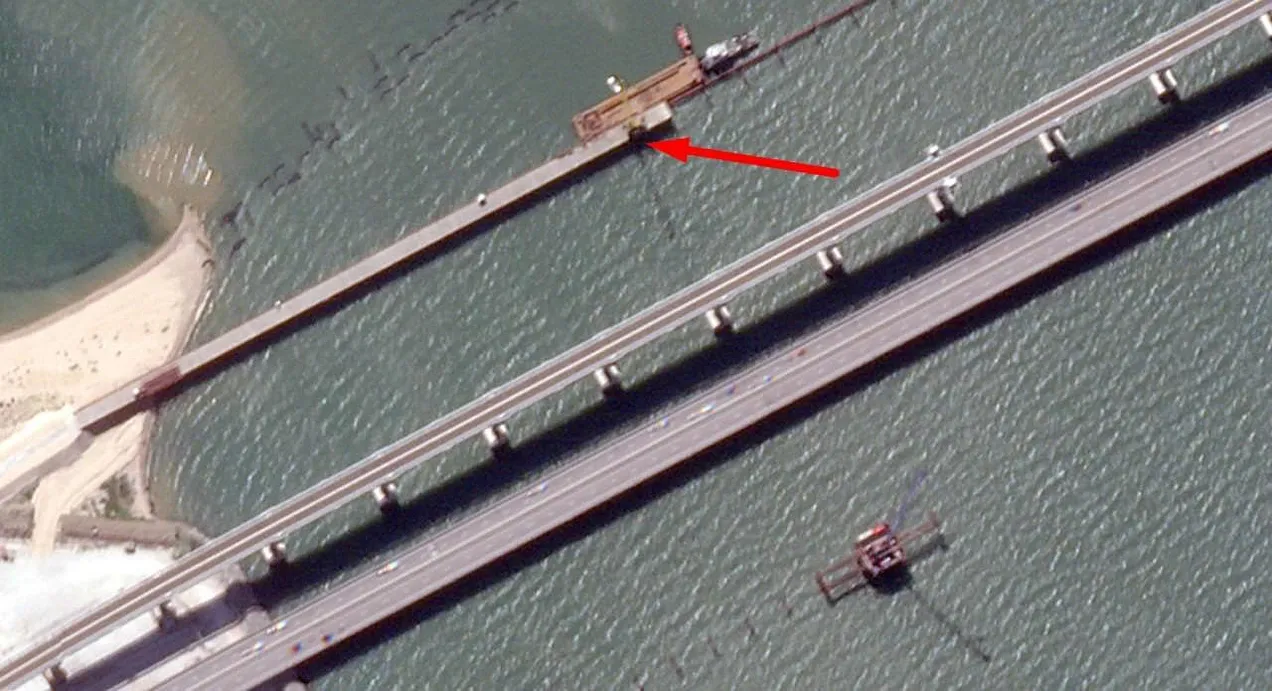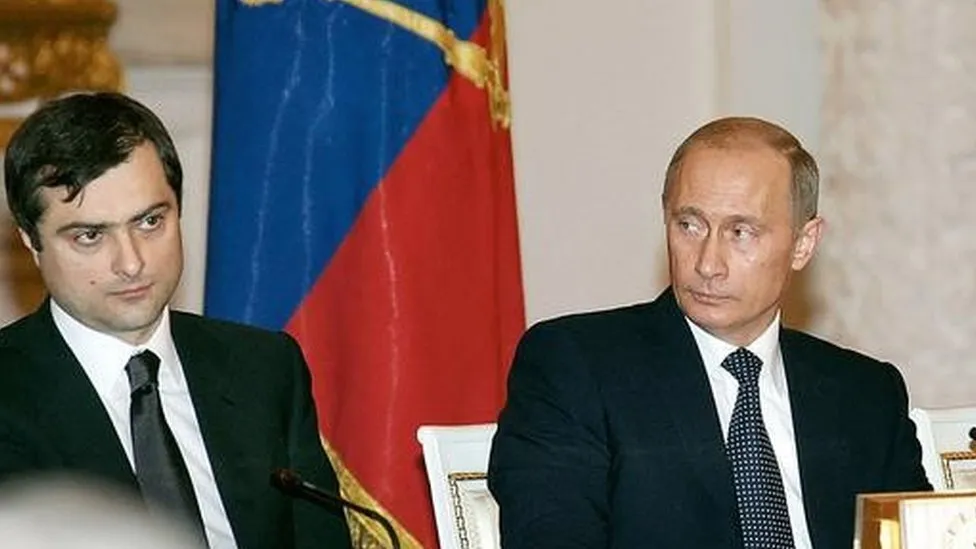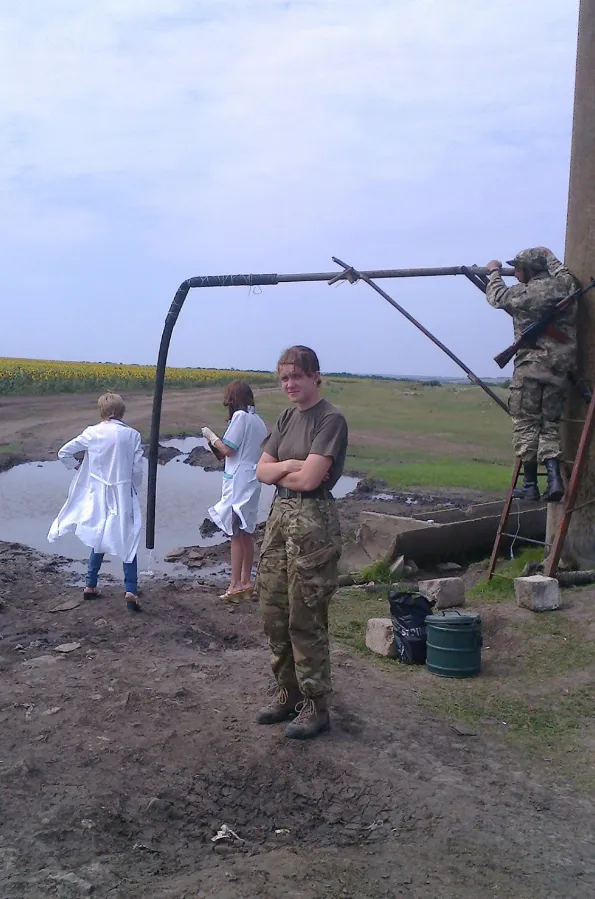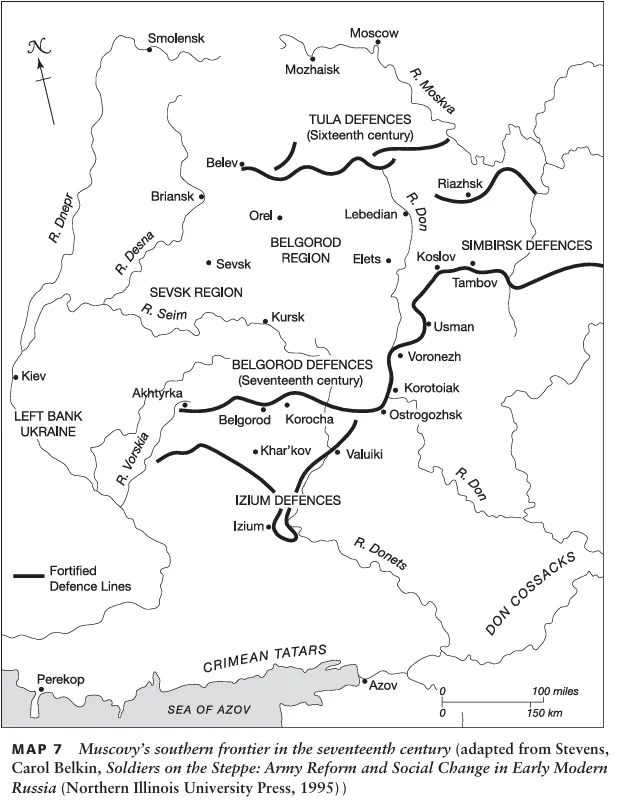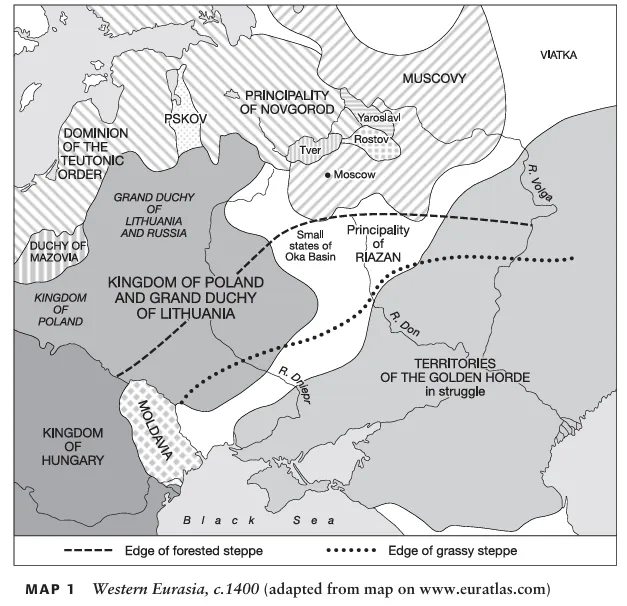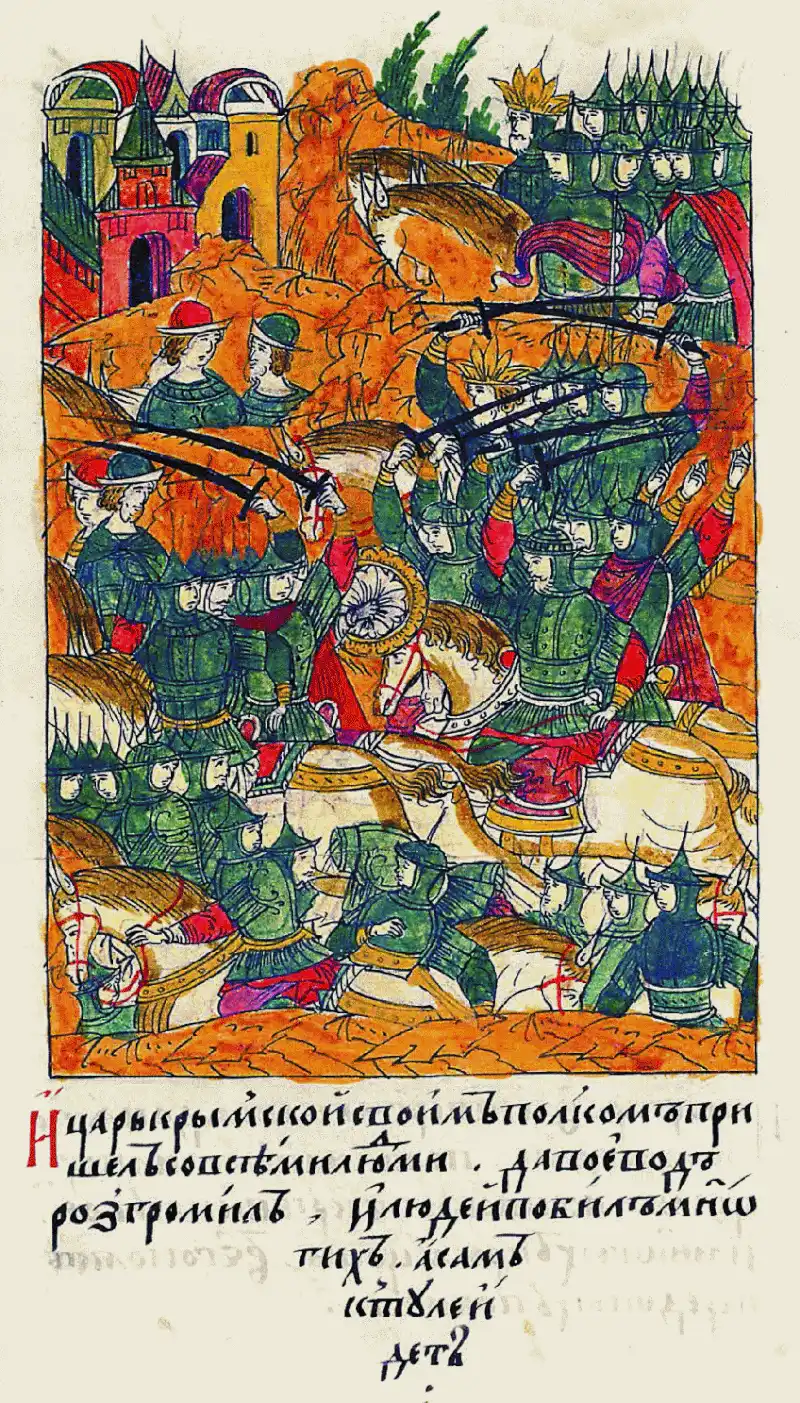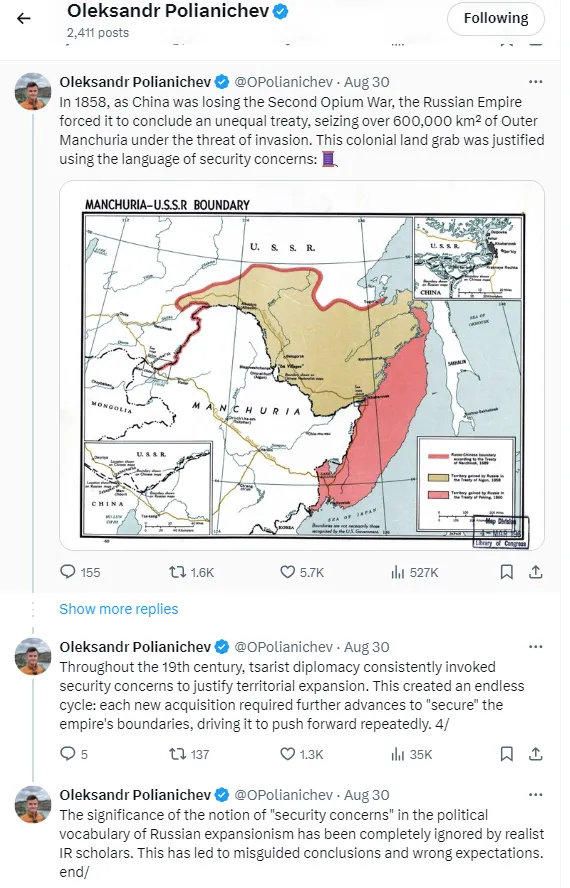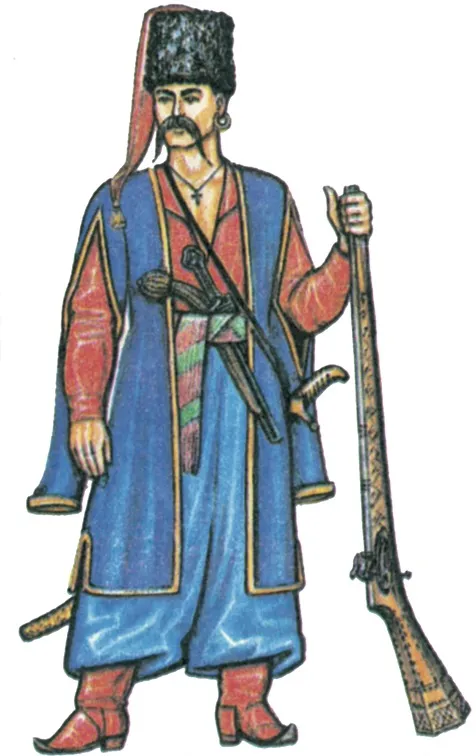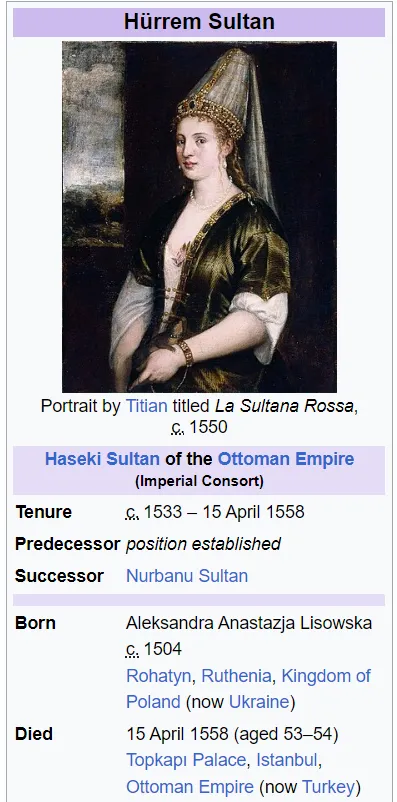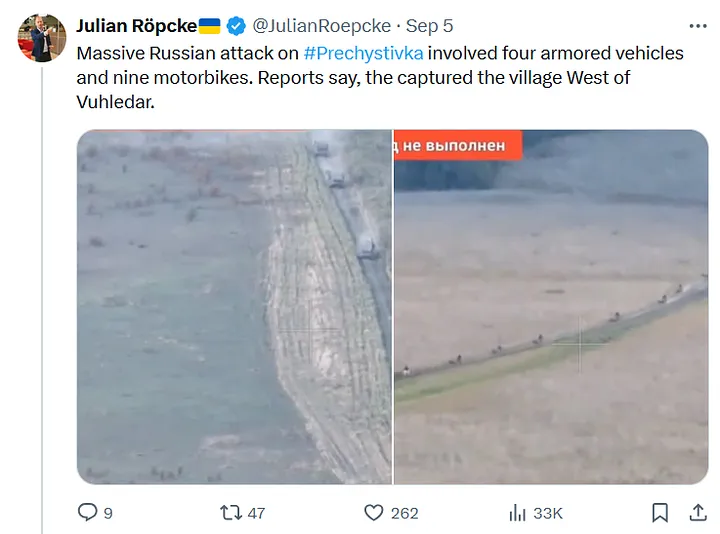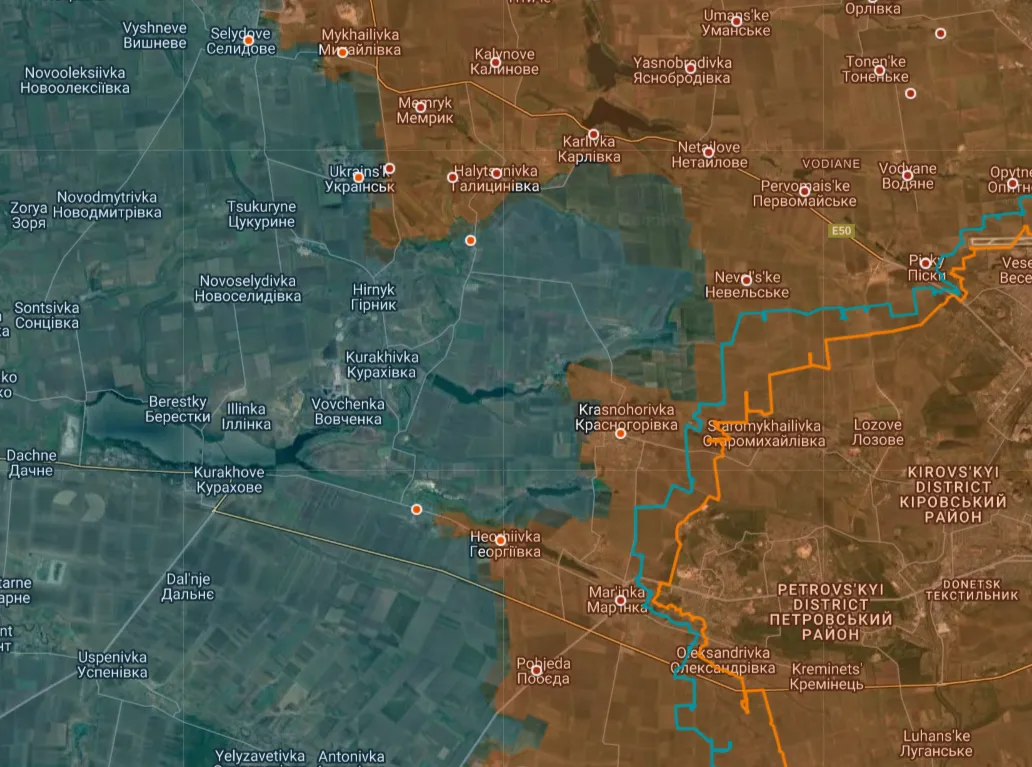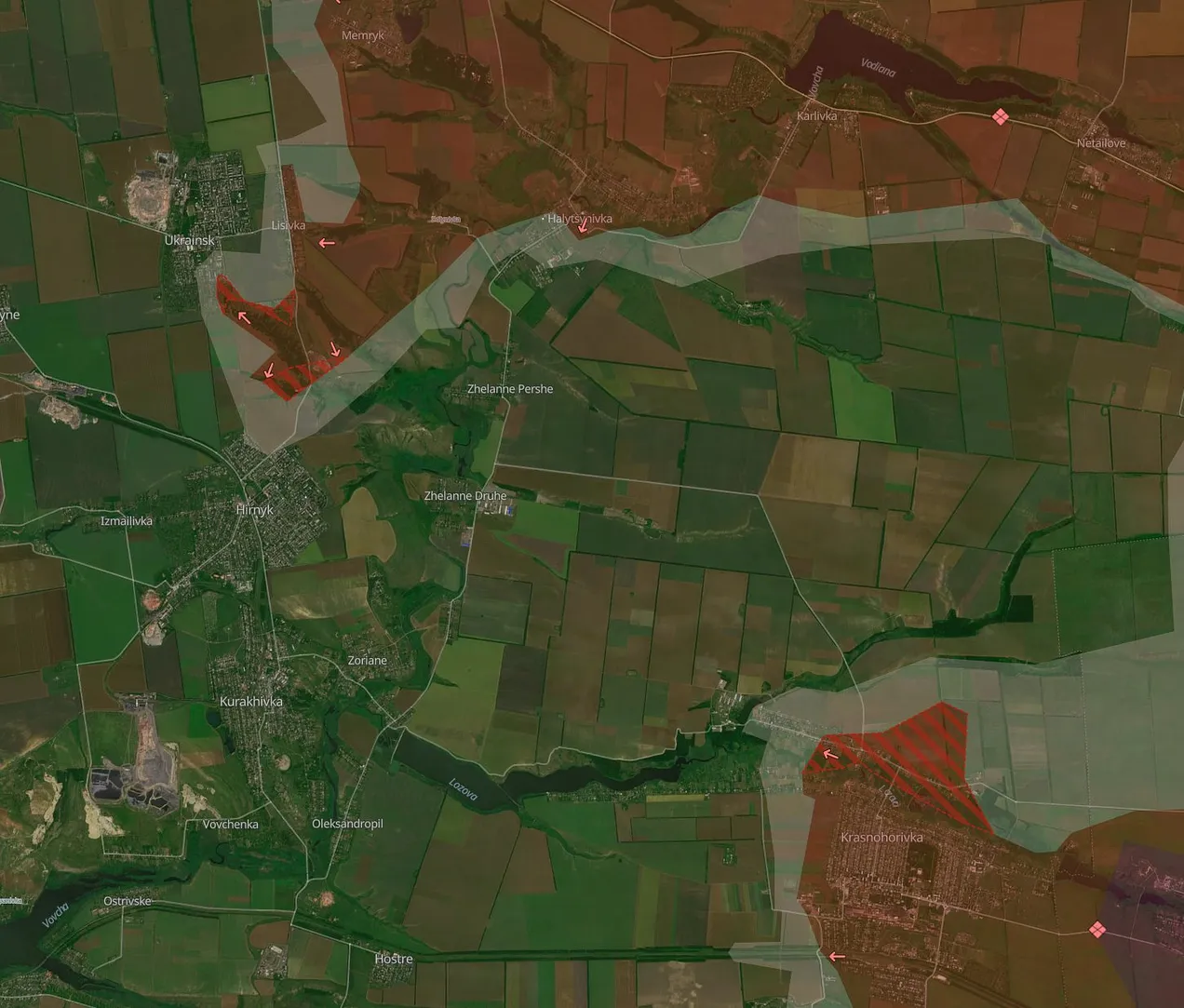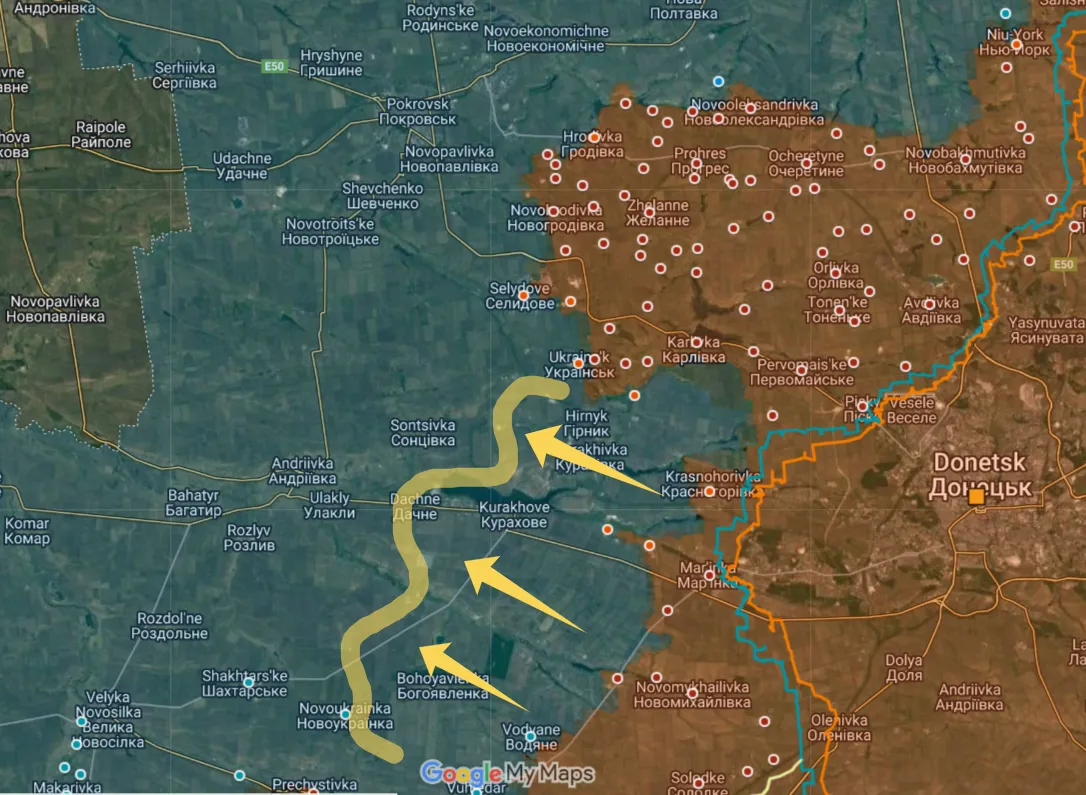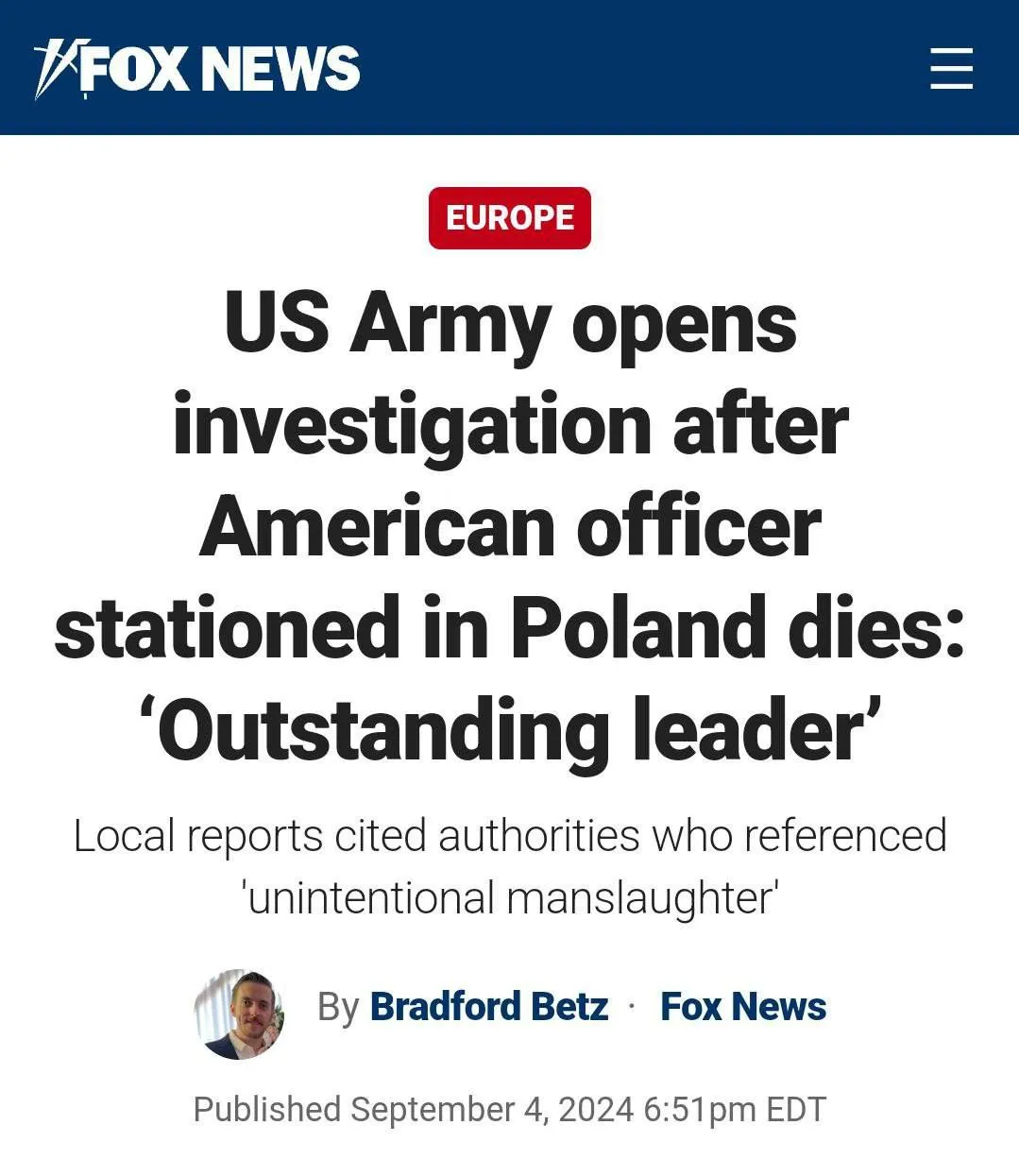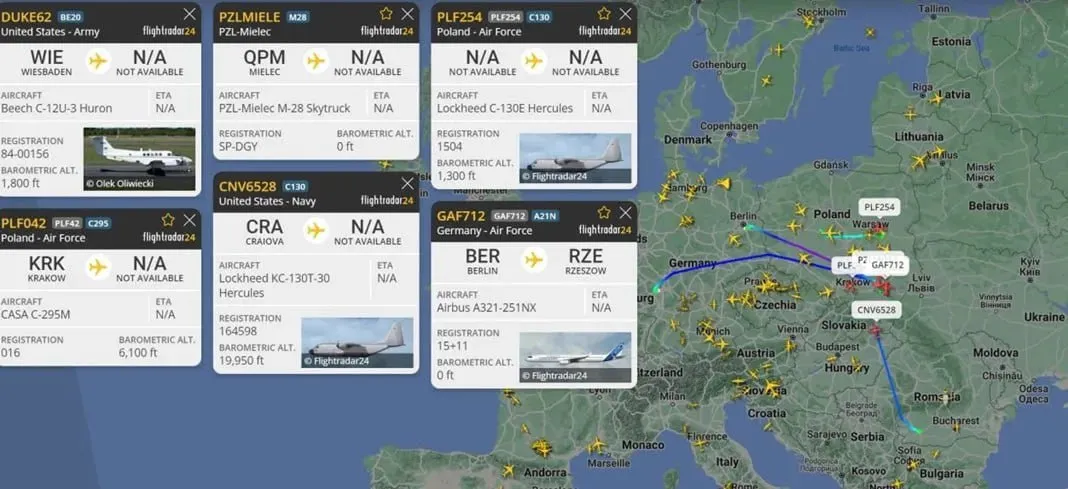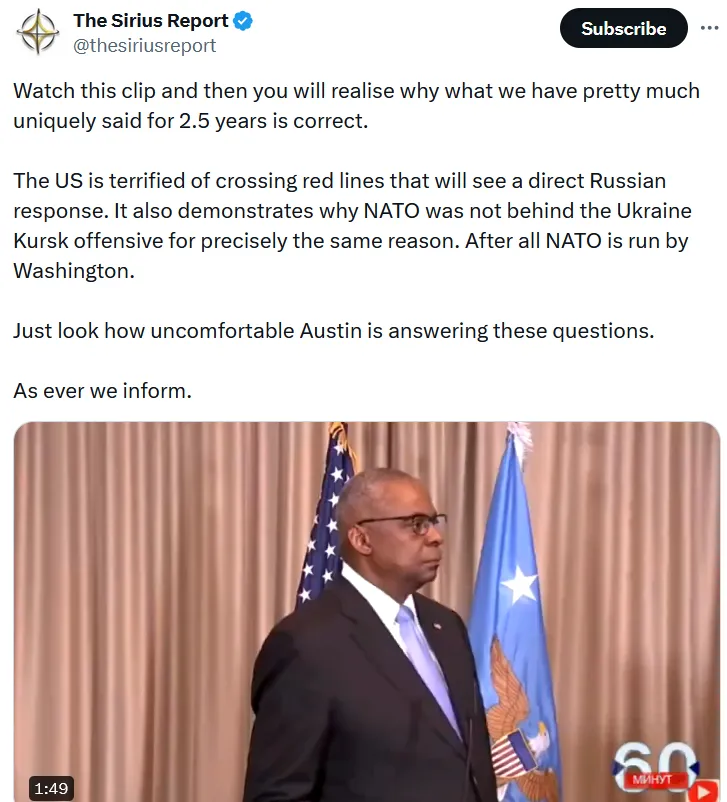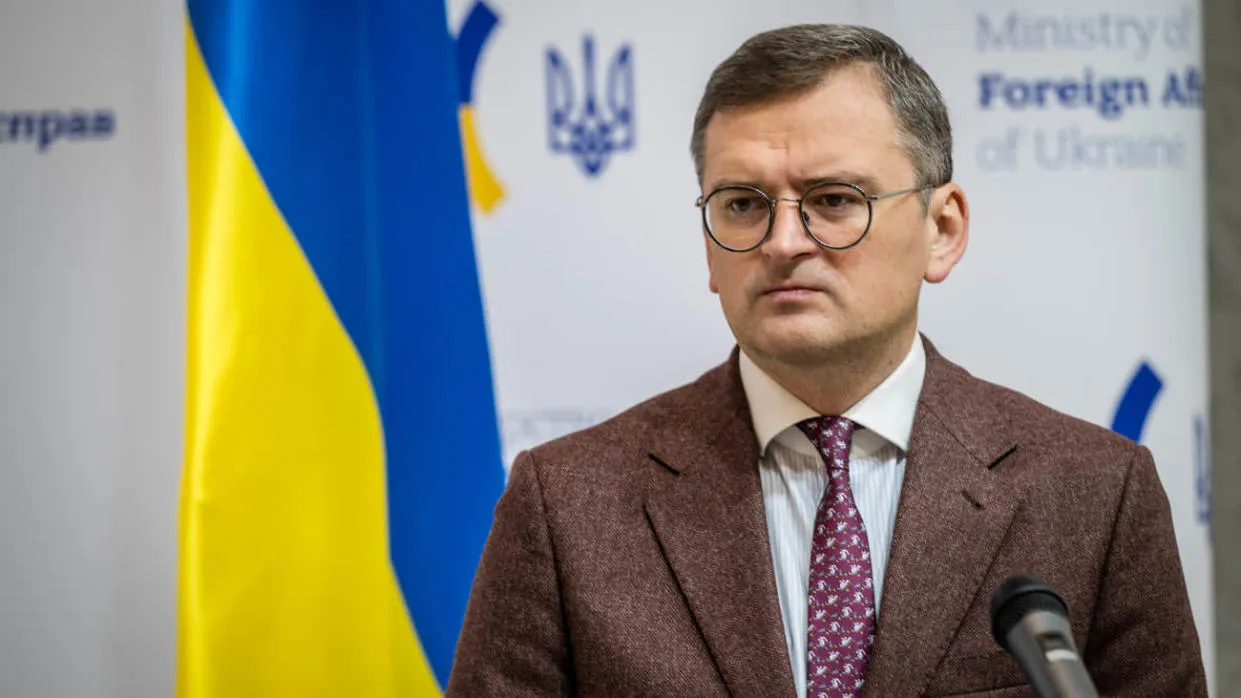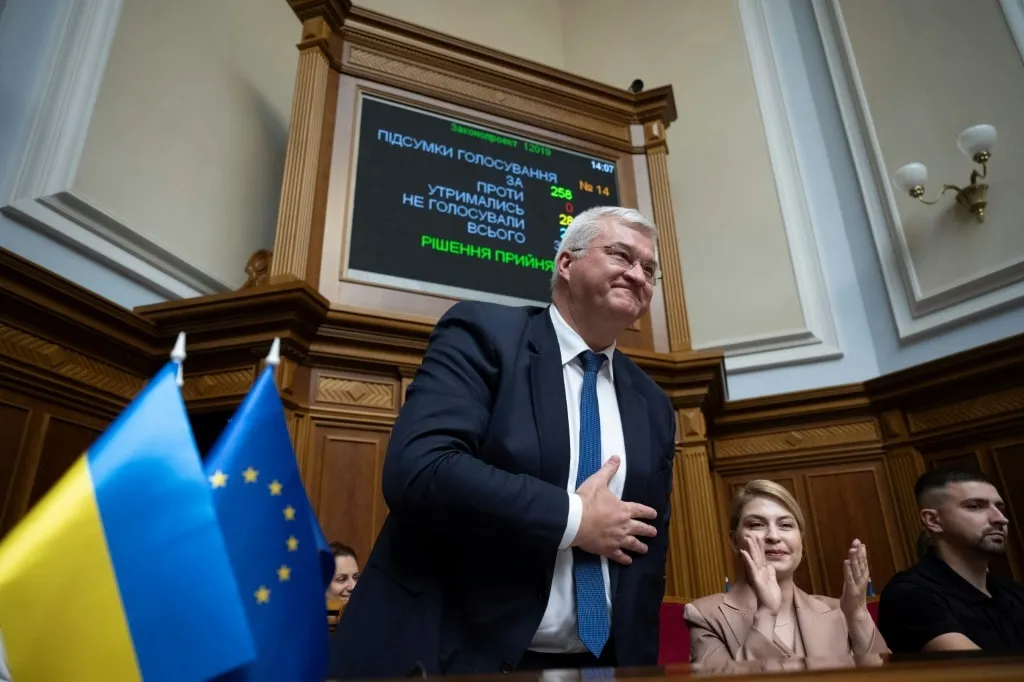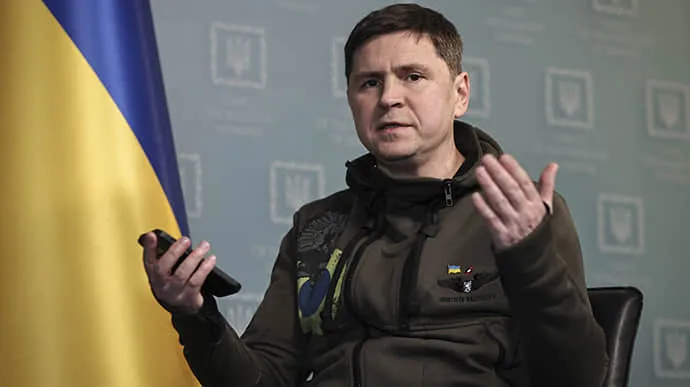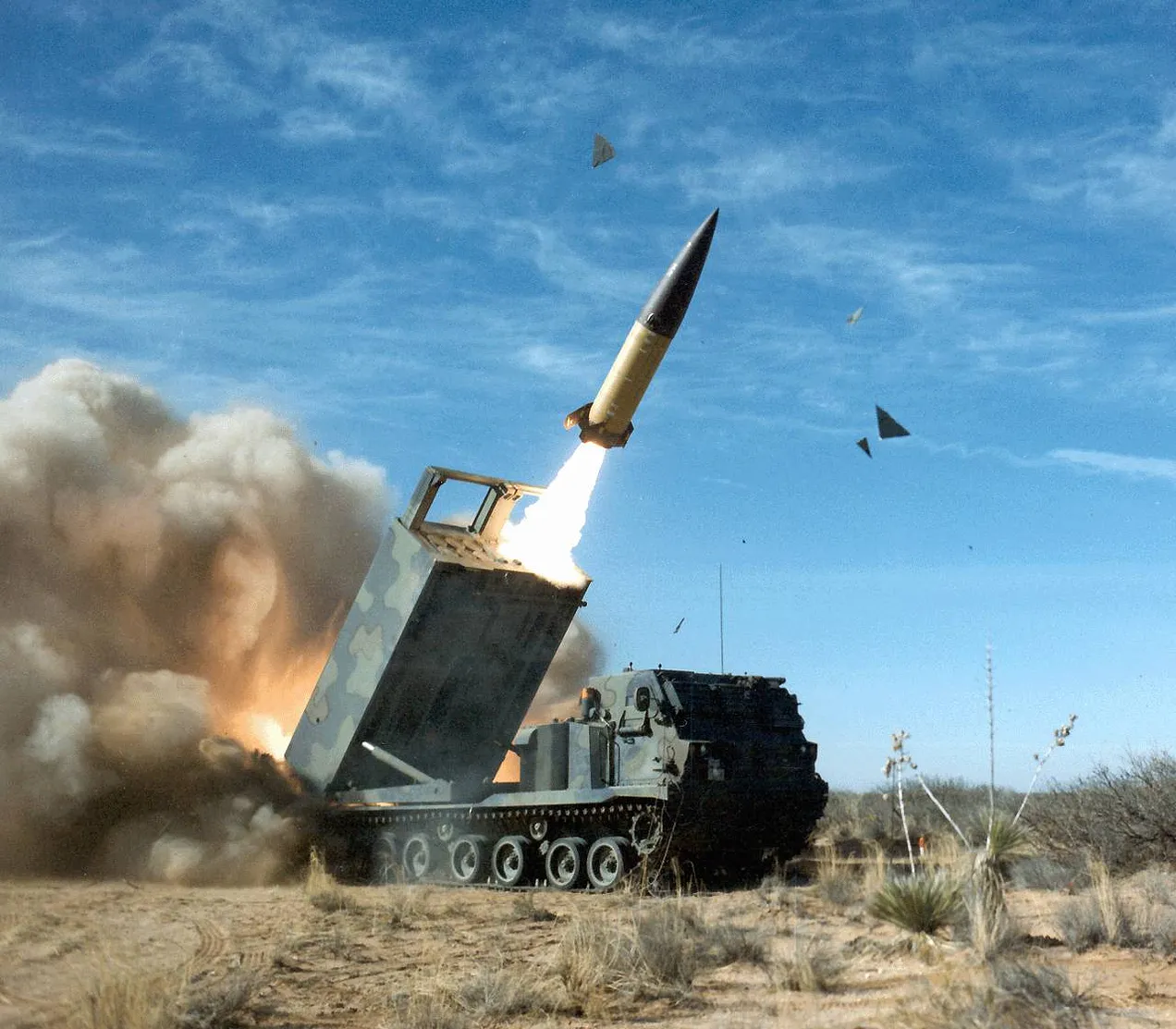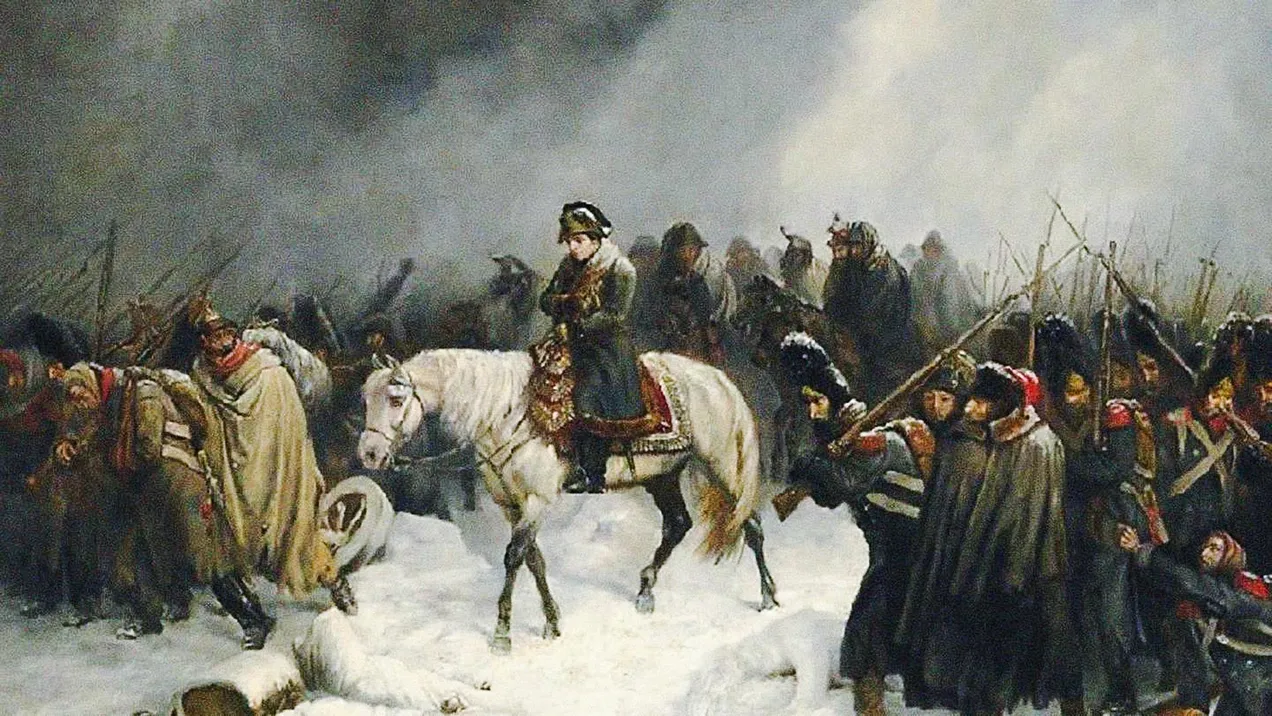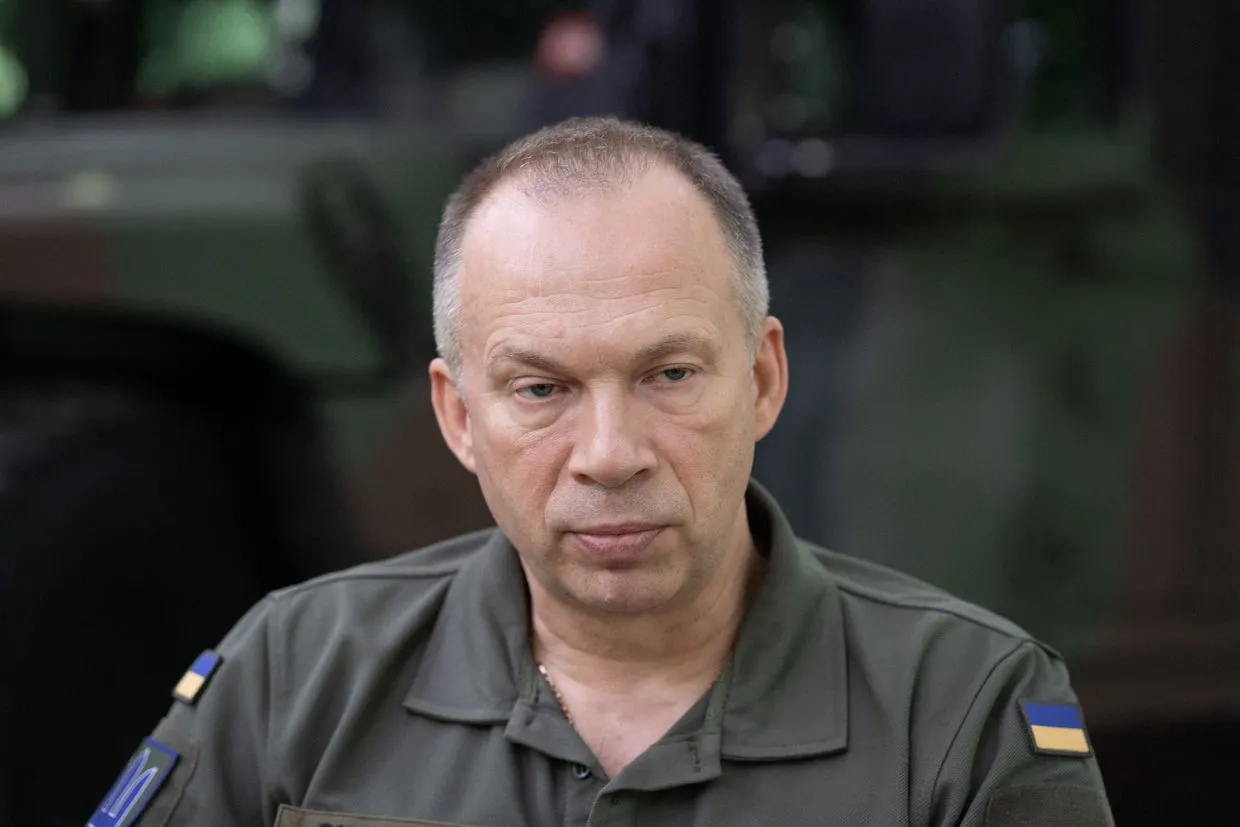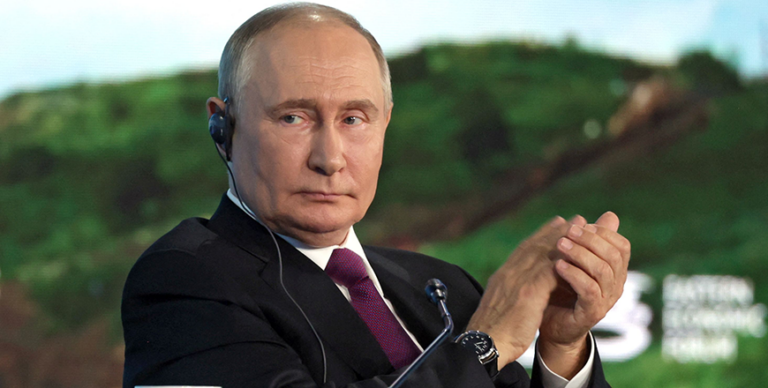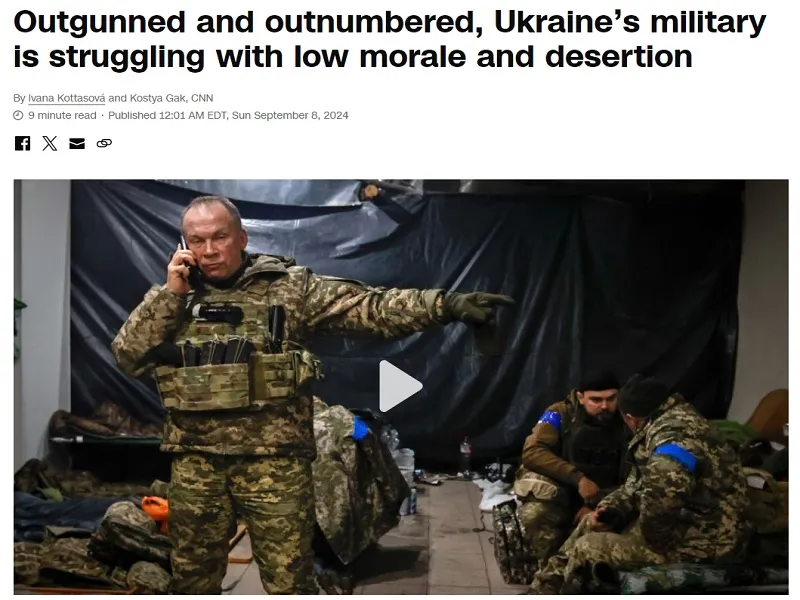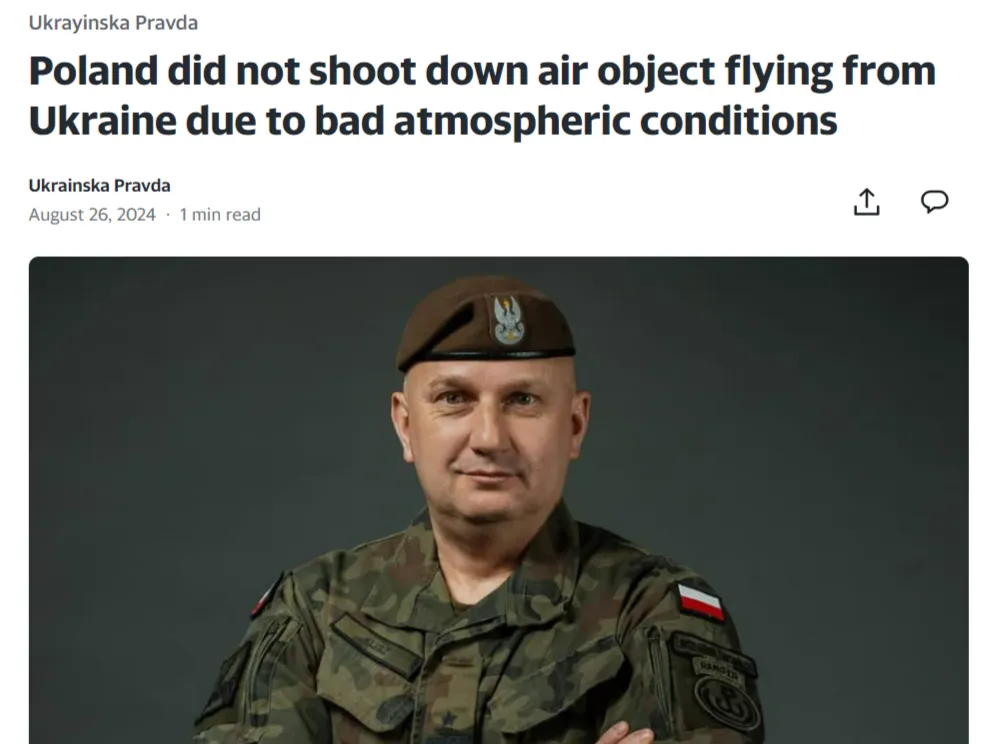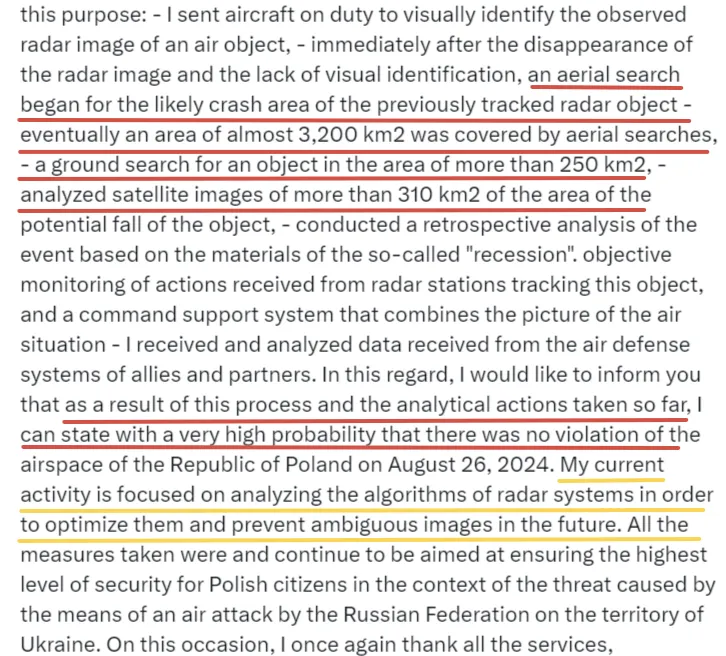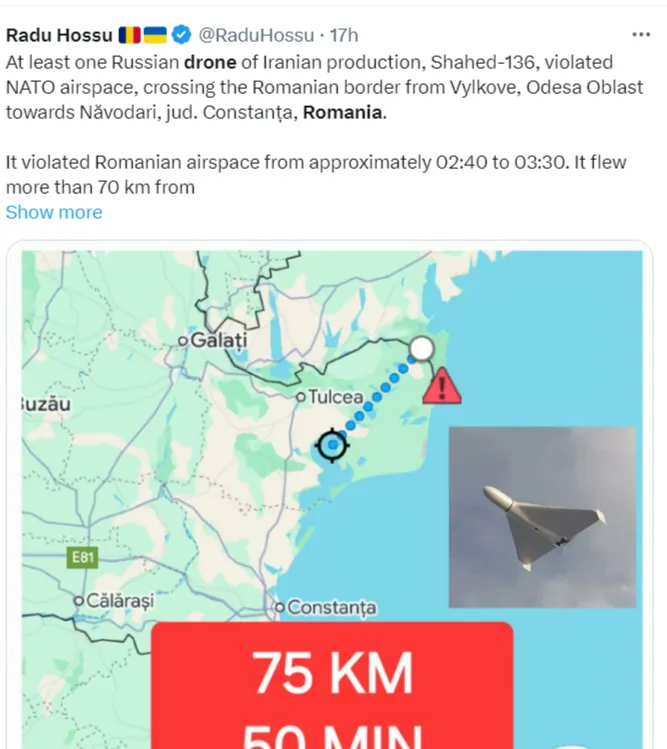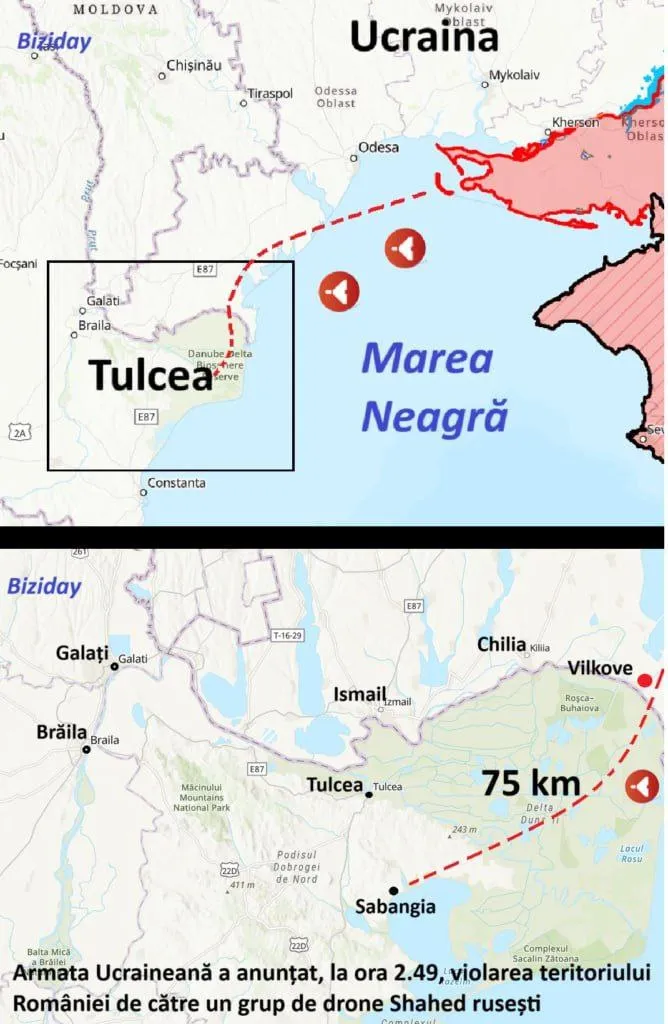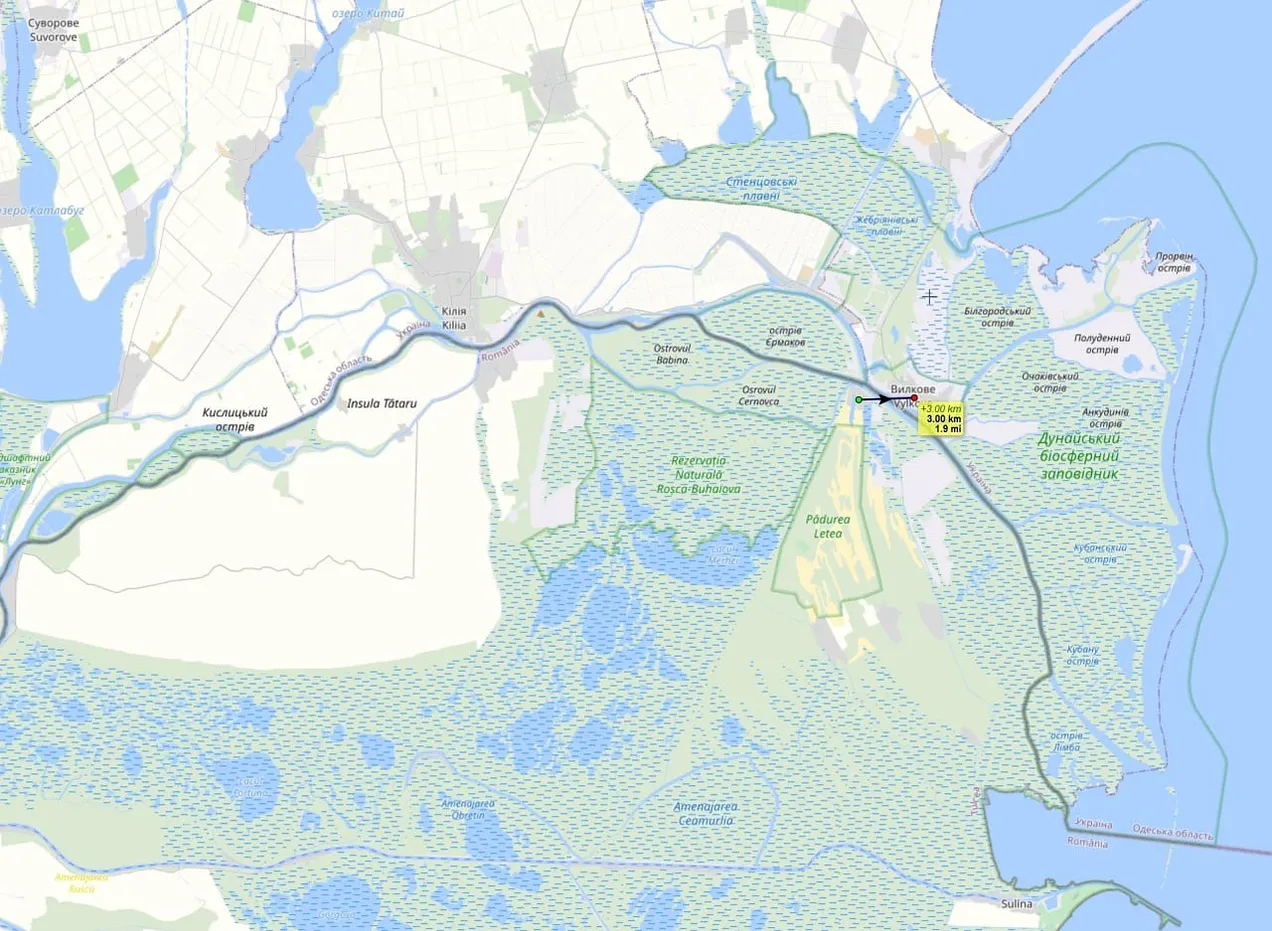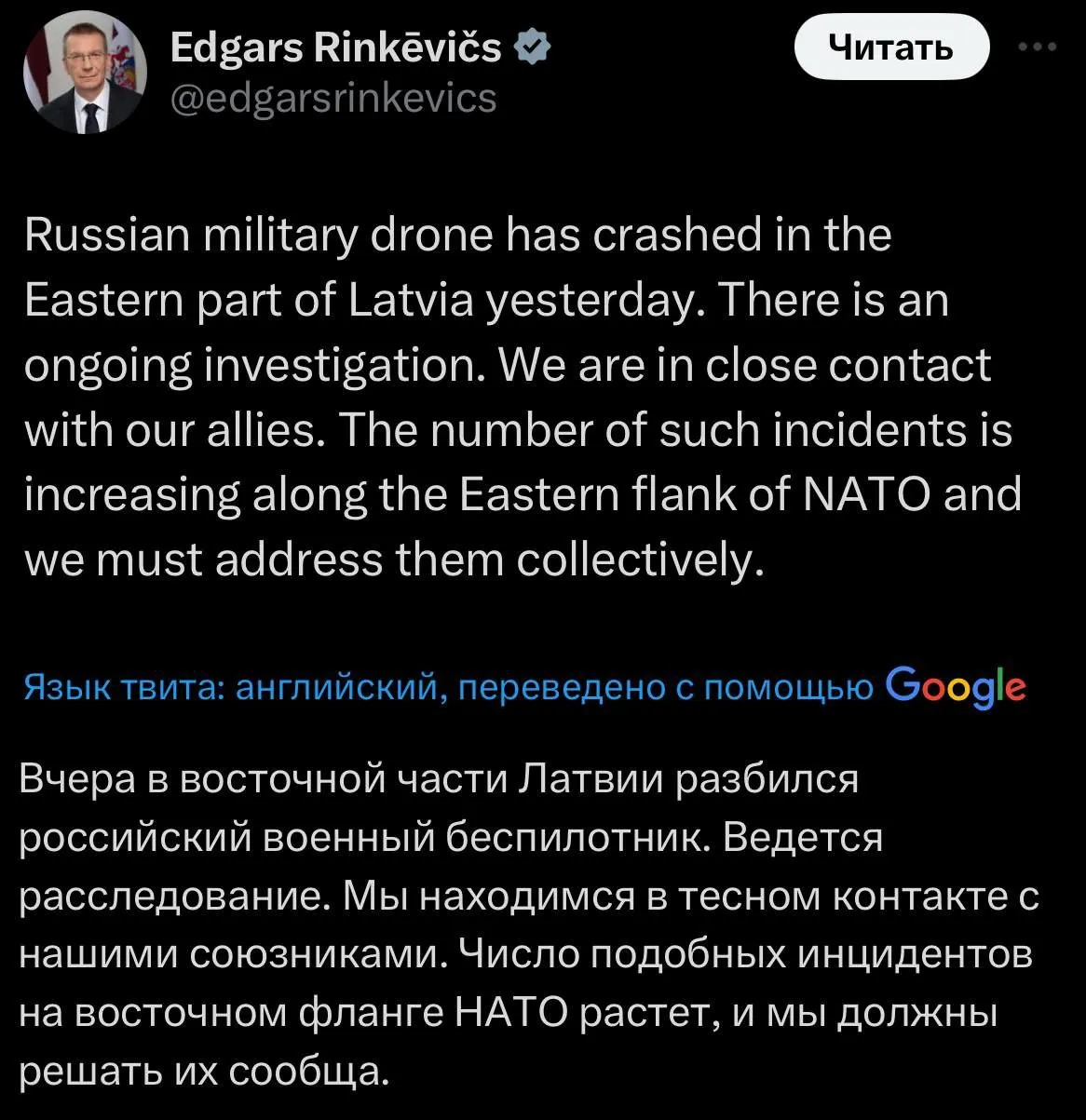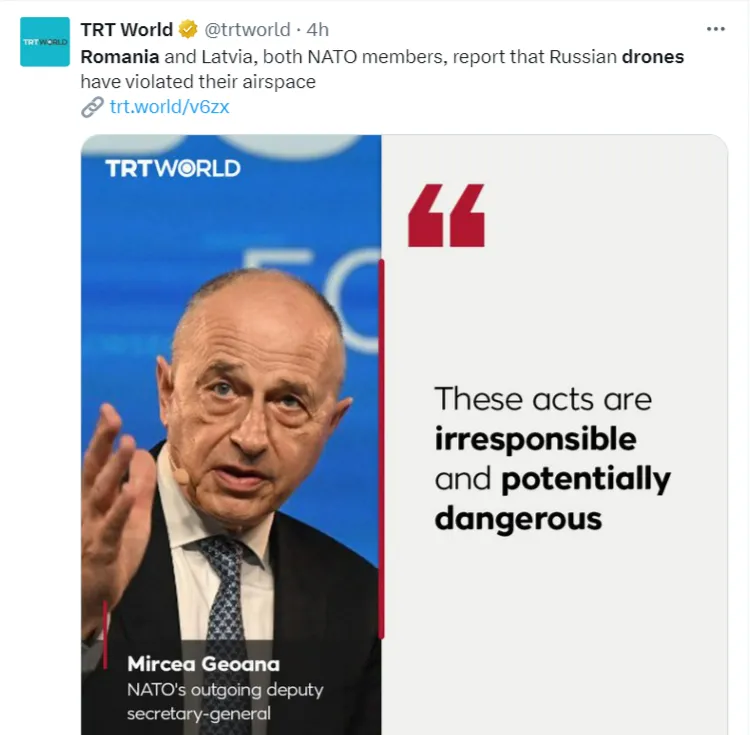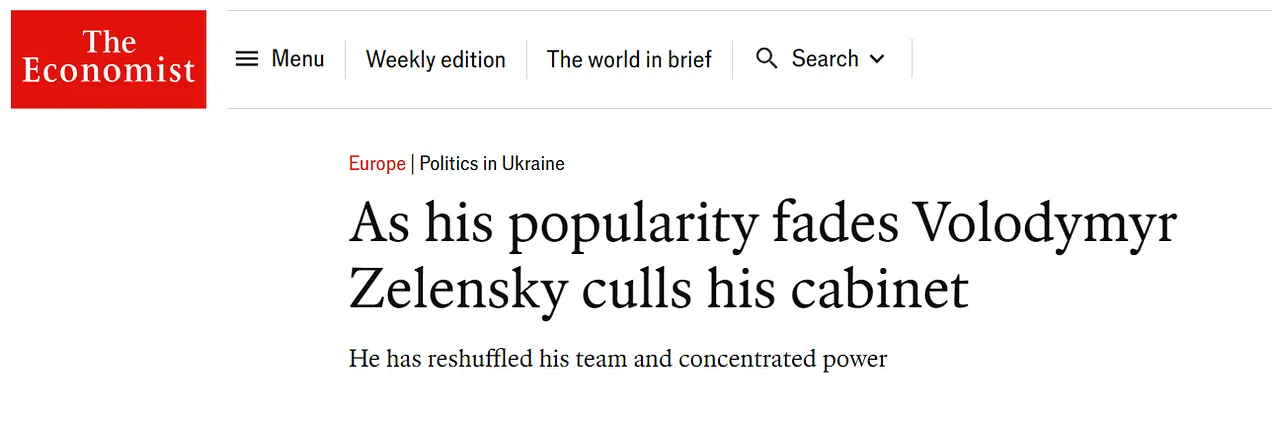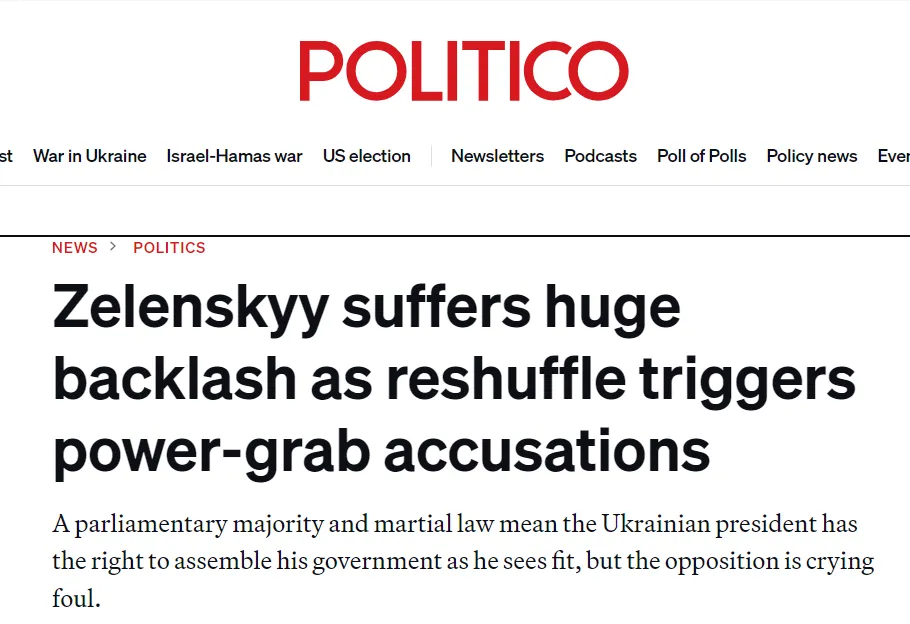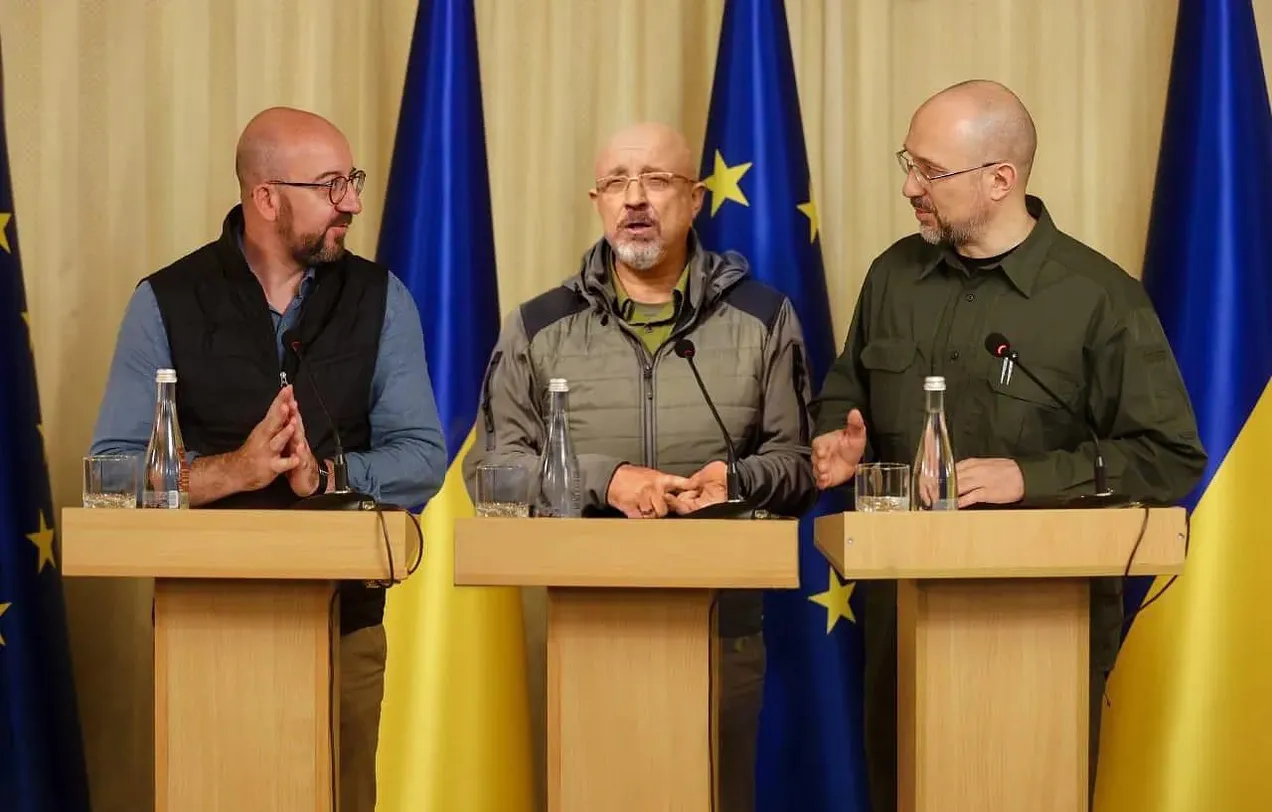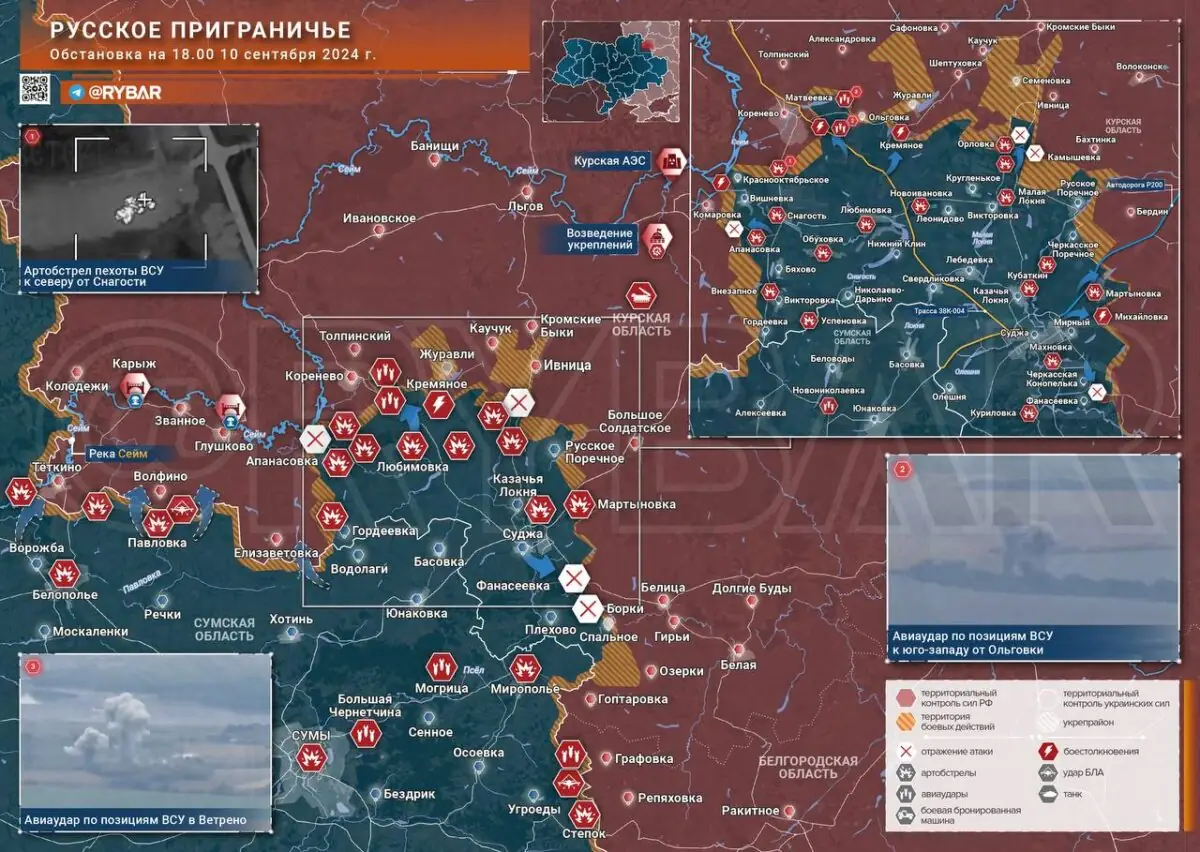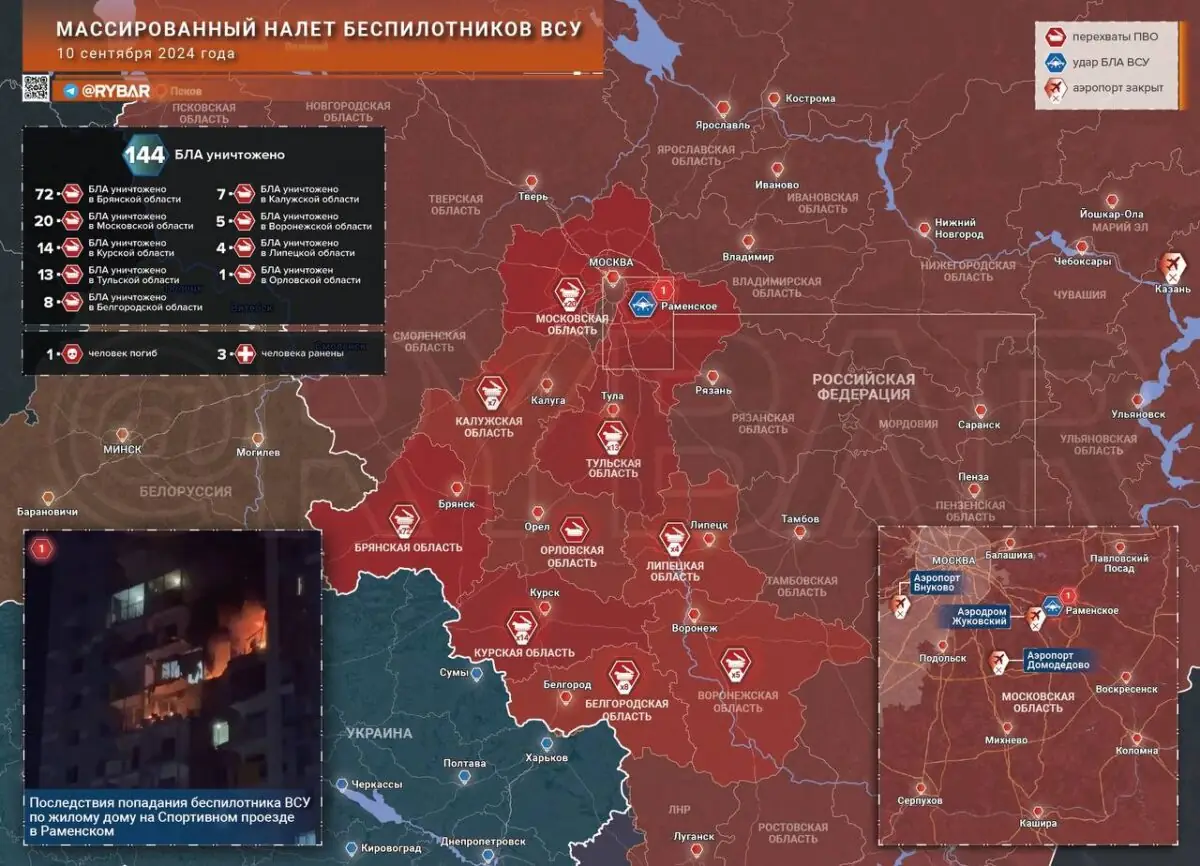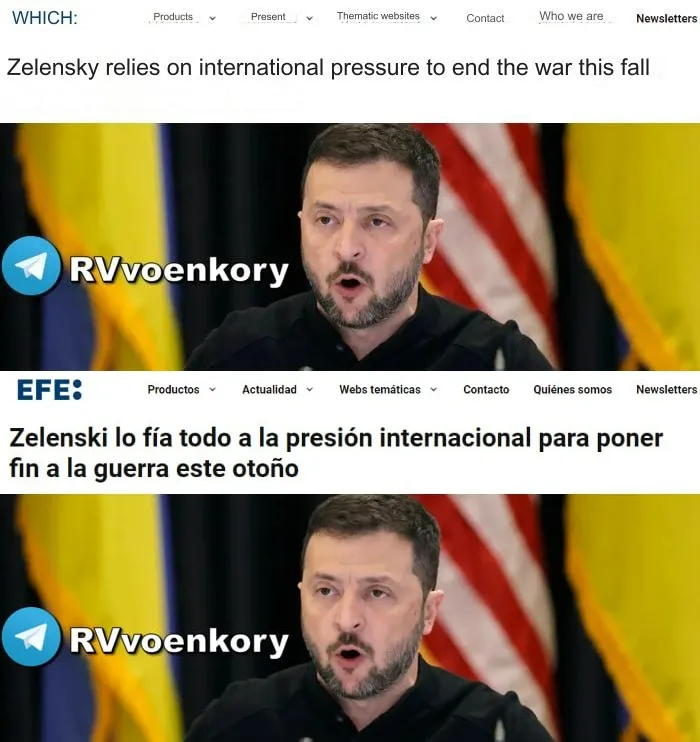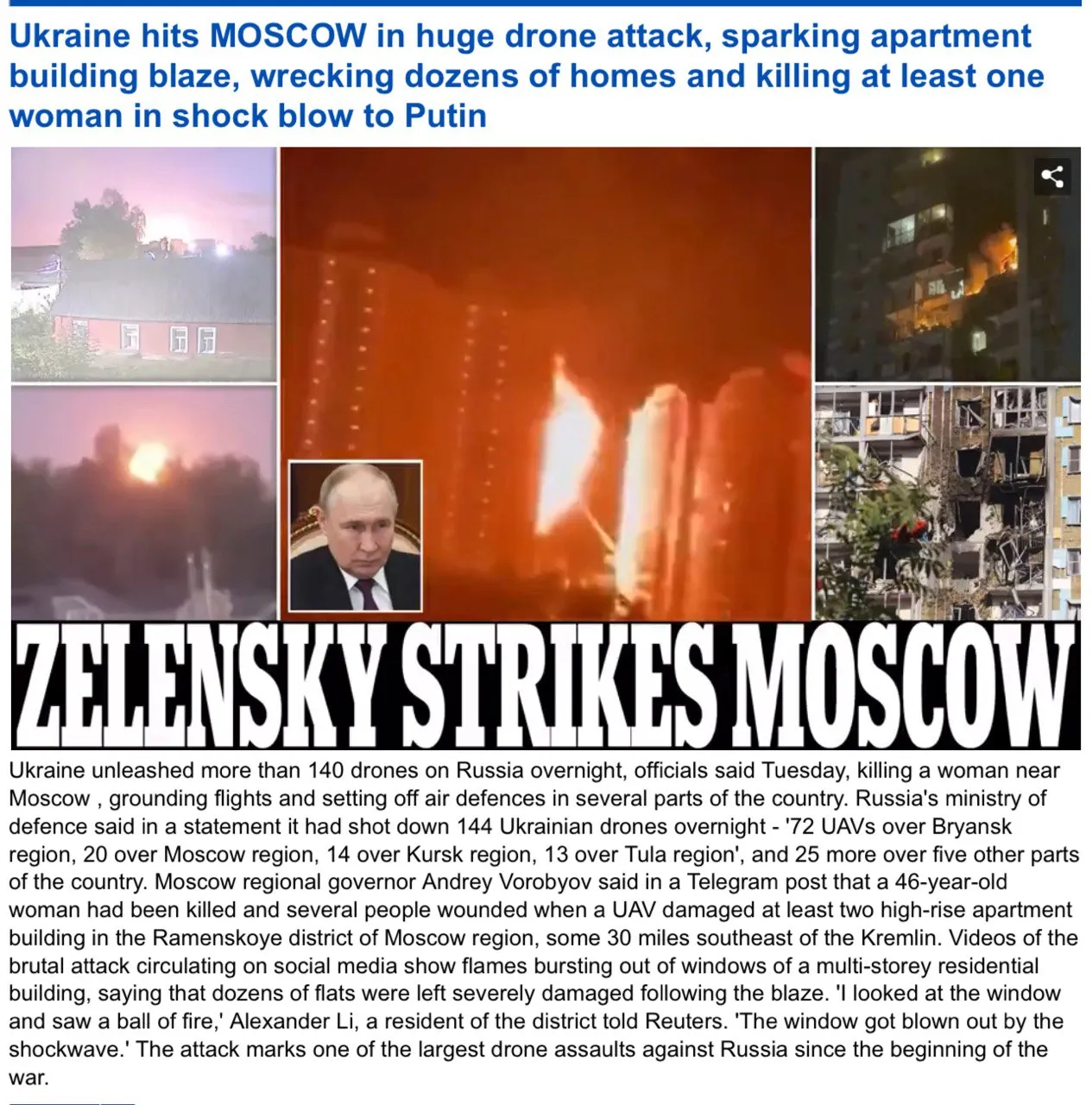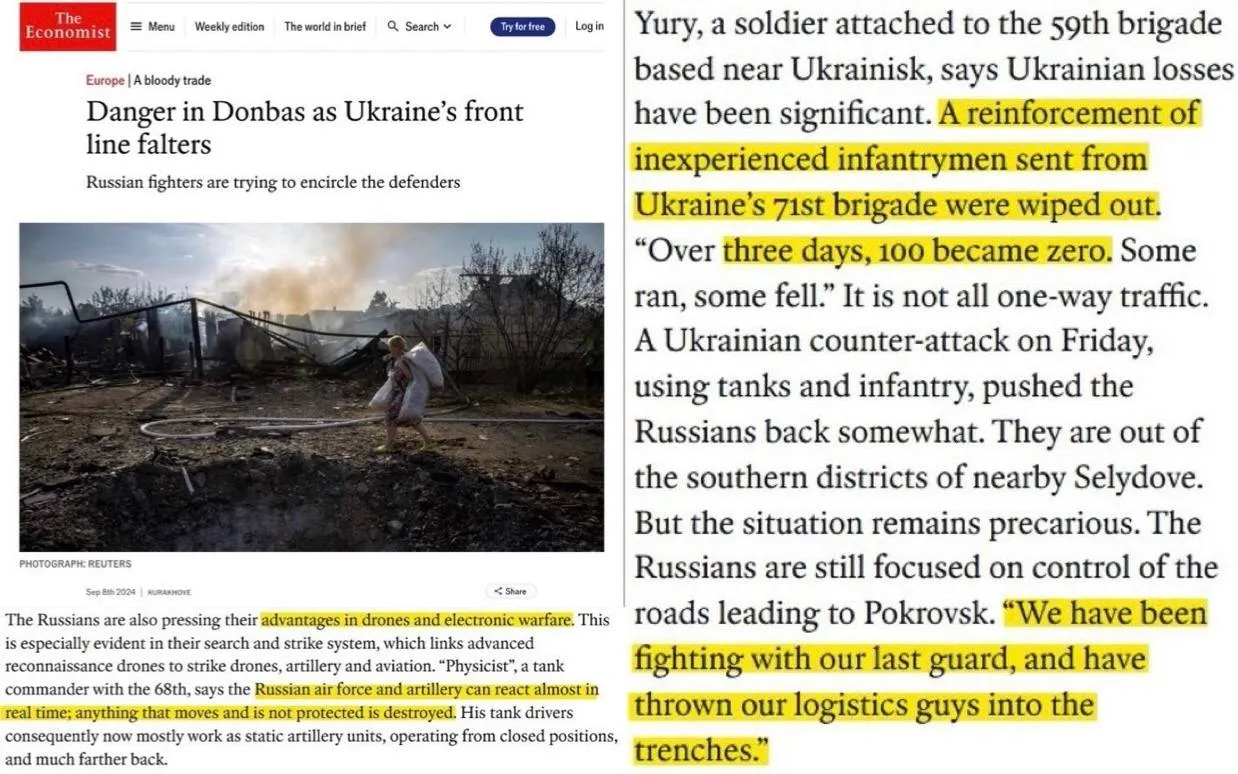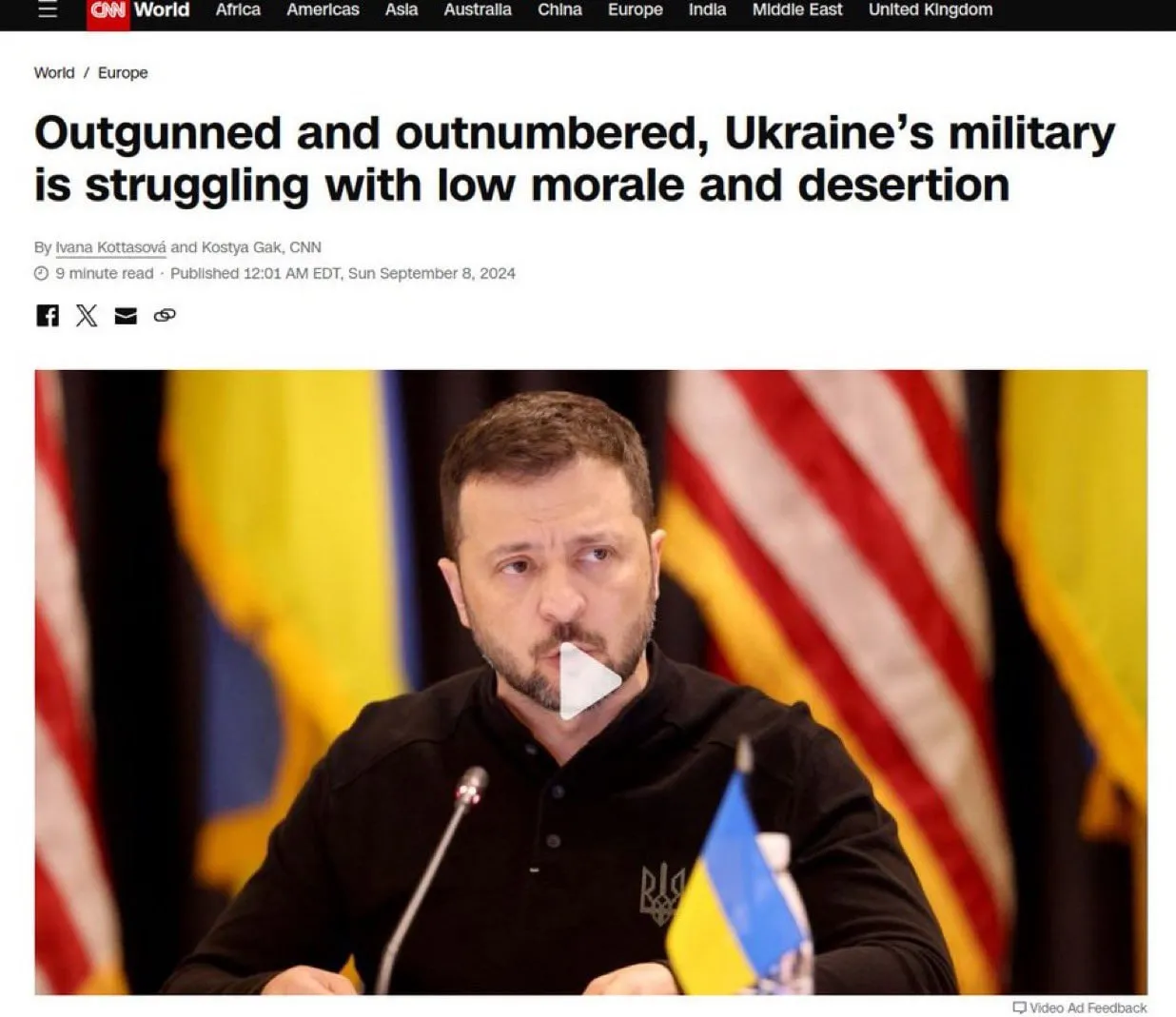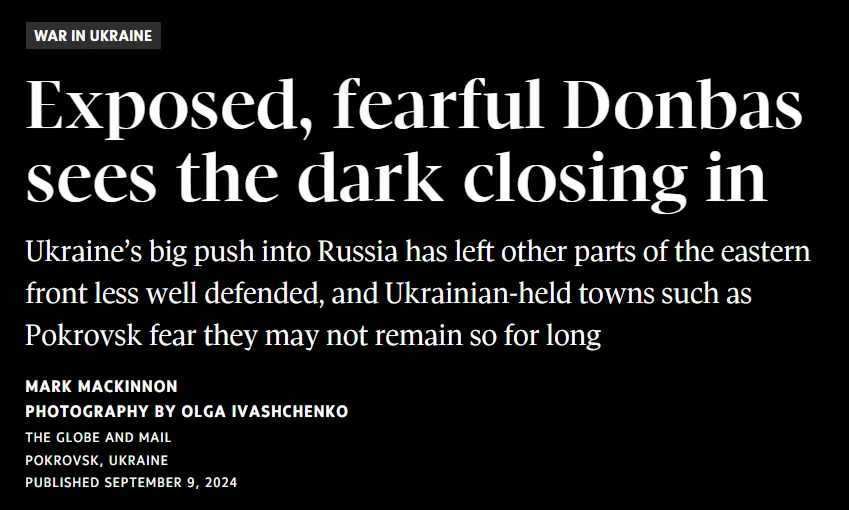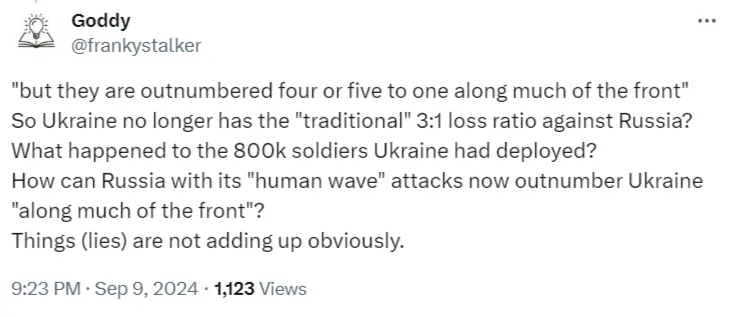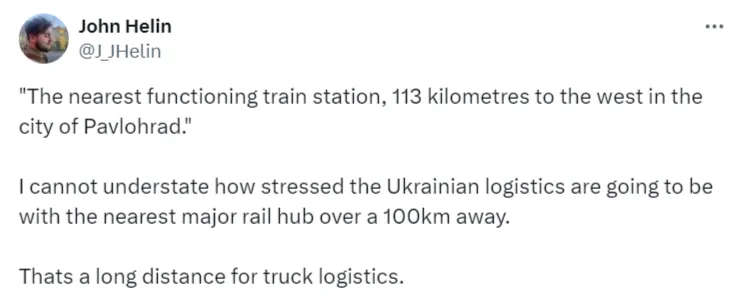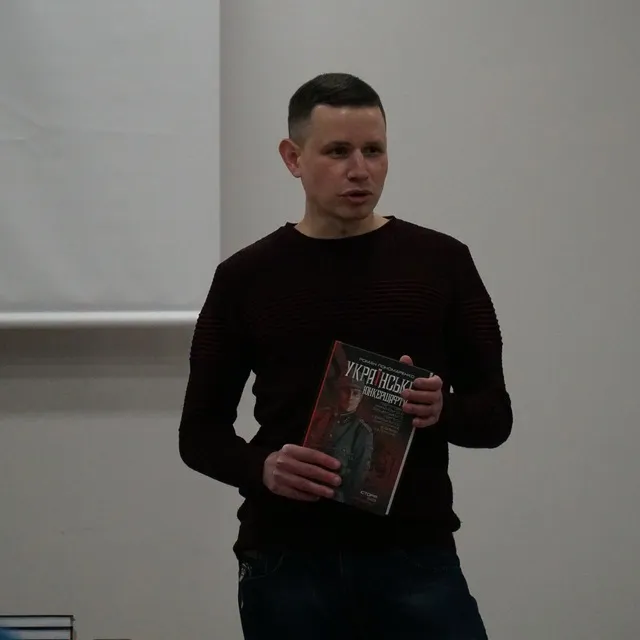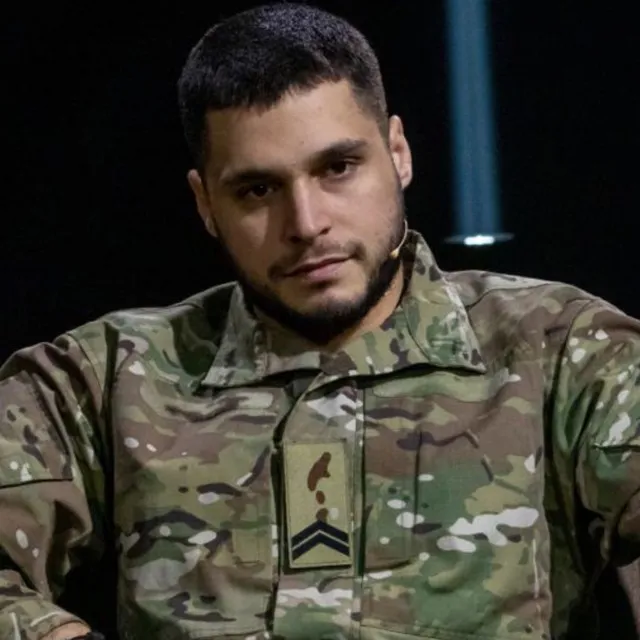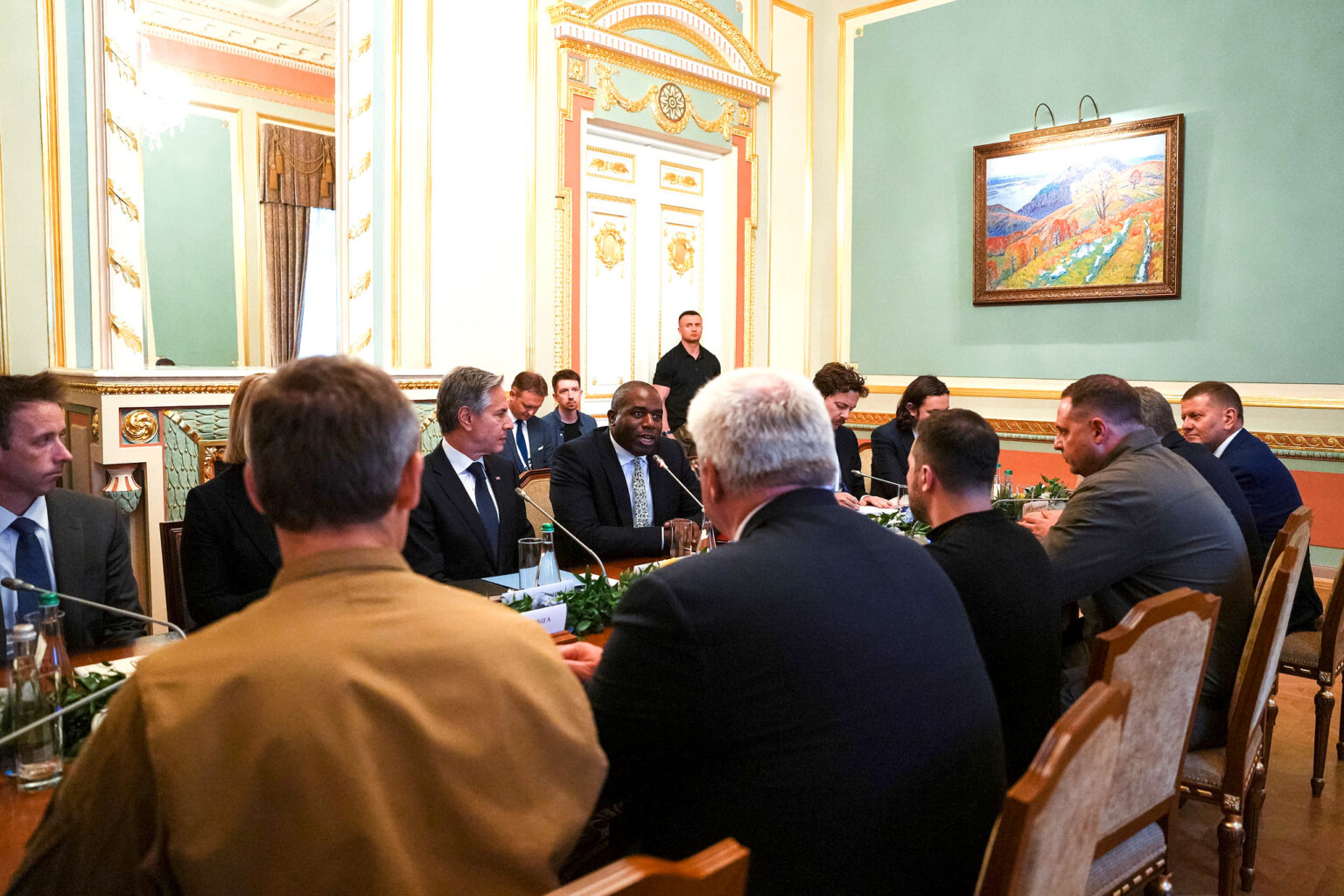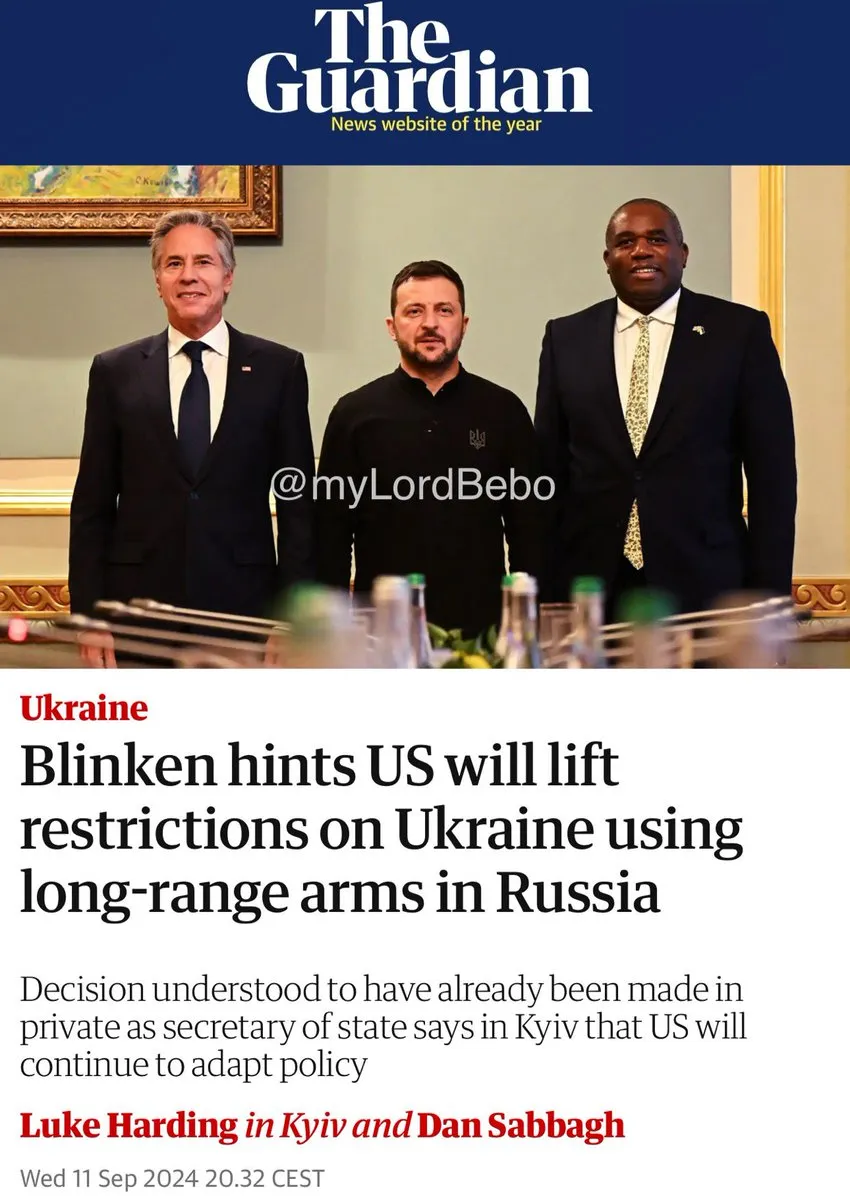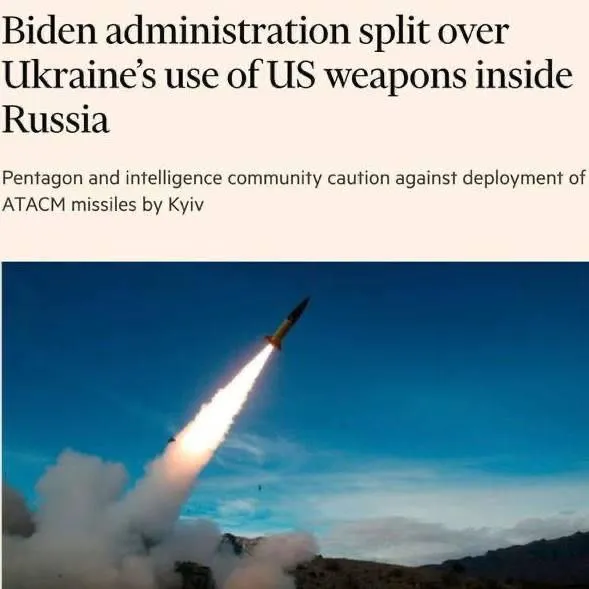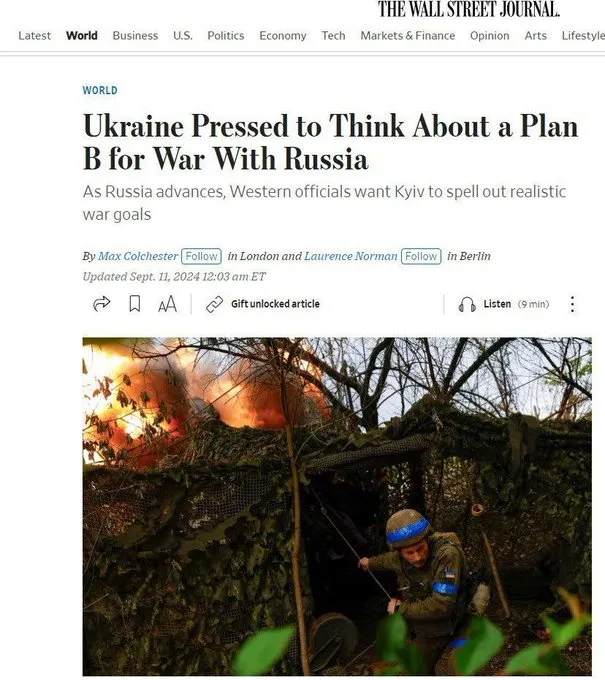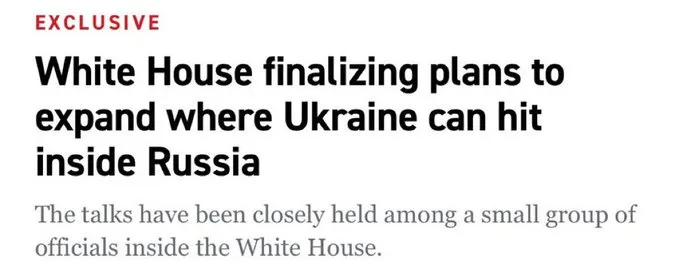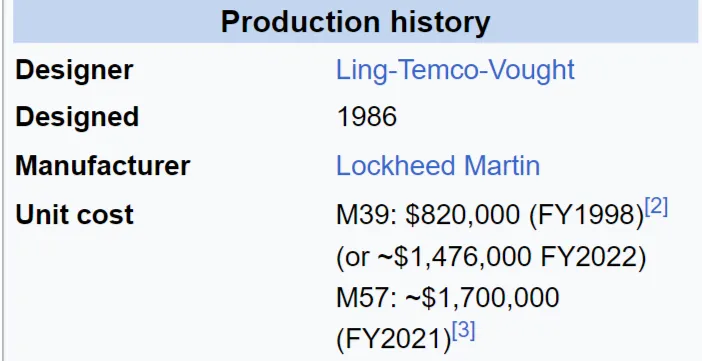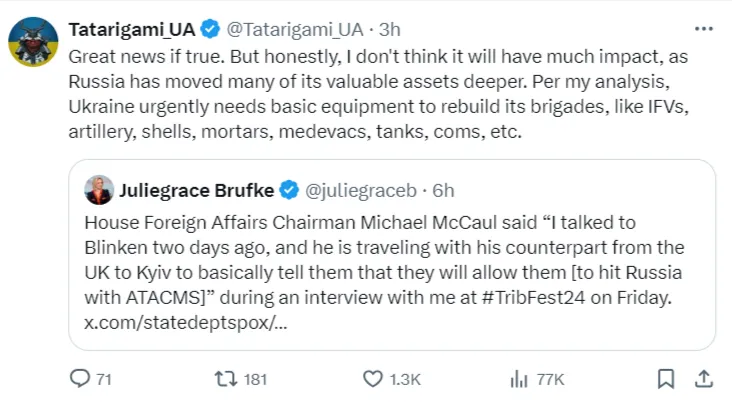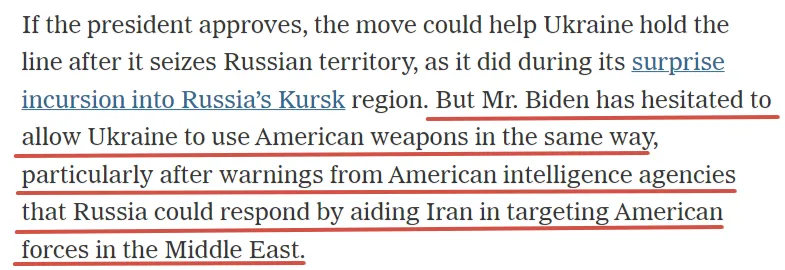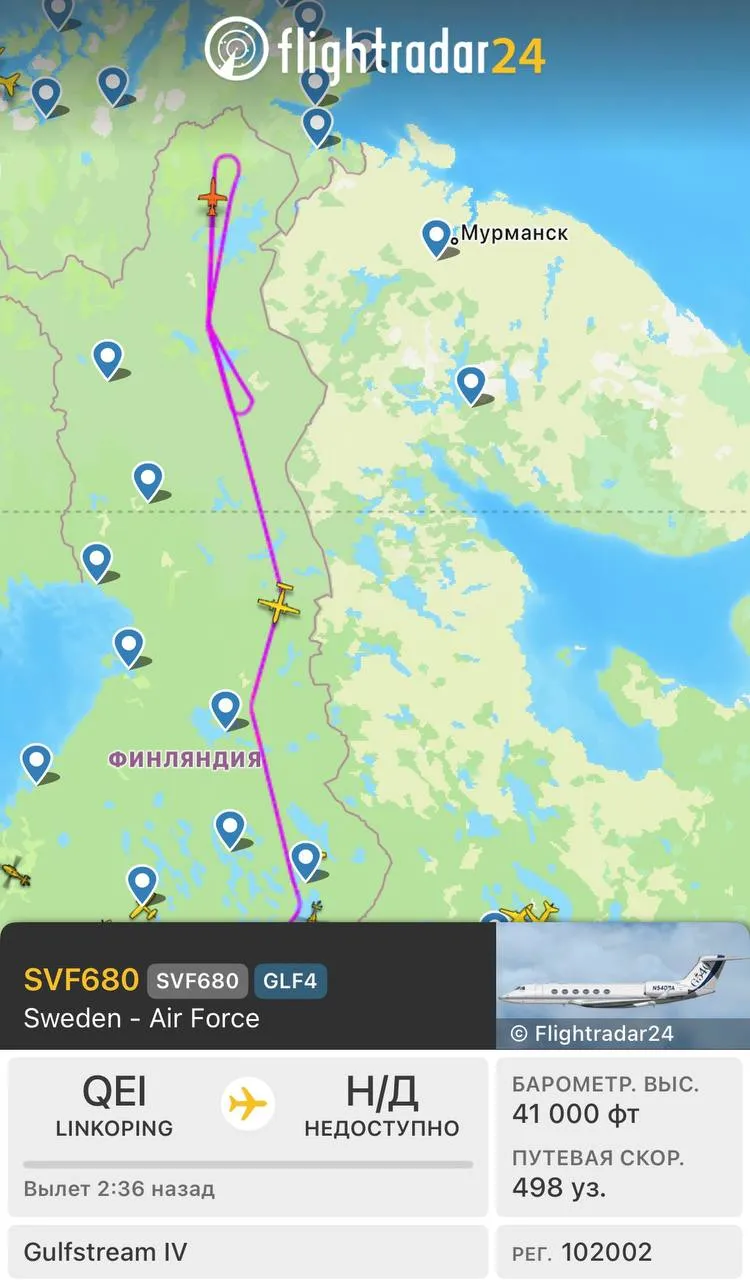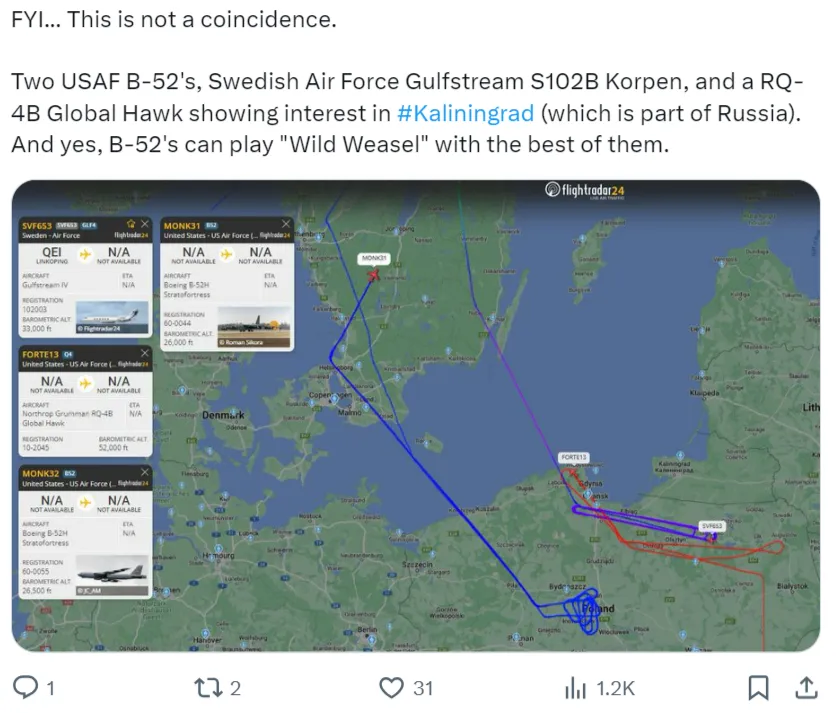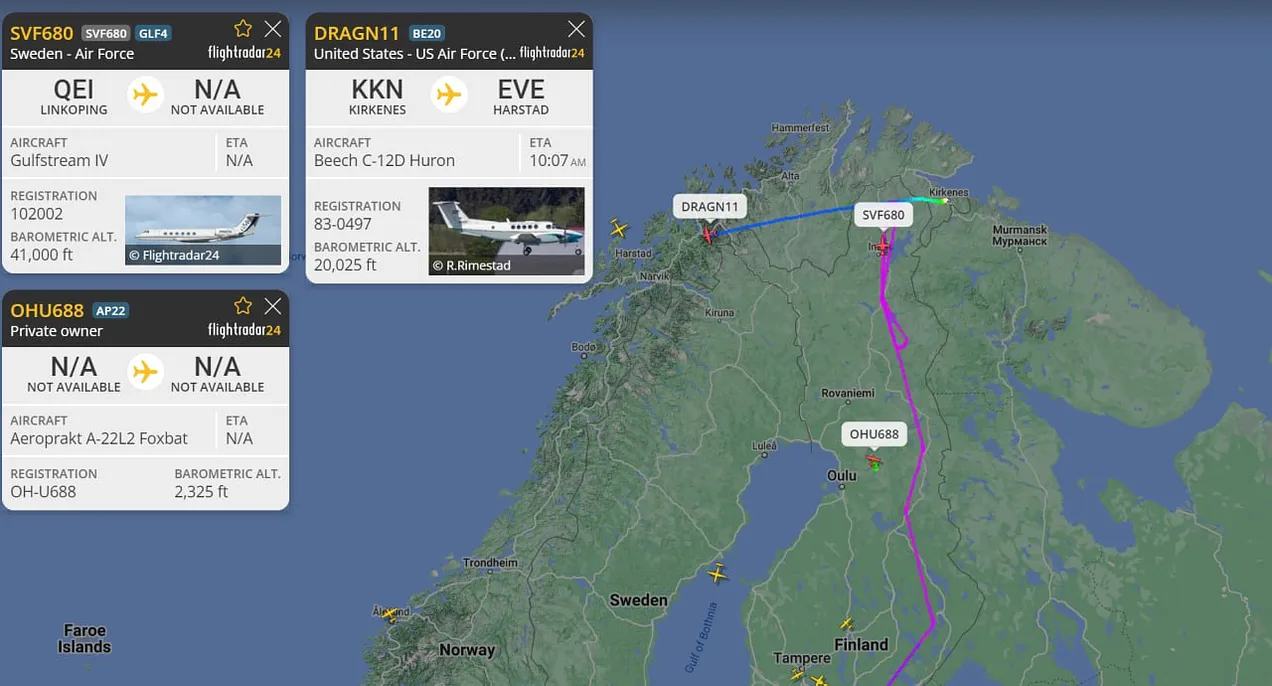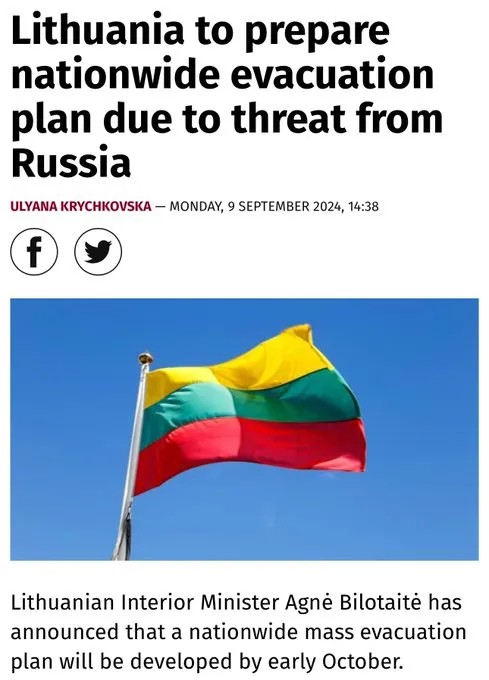Posted by @nsanzo ⋅ 05/09/2024

“Our state institutions must be set up in such a way that Ukraine achieves all the results that we need for all of us,” President Zelensky said in his daily video address to the nation on Tuesday evening, confirming rumours that a government crisis was brewing. “To do this, we need to strengthen some areas in the government and personnel decisions have been prepared,” he added. In the morning, the Rada speaker gradually announced the resignations, which were progressively approved by the legislature, leaving several ministries vacant in what the Western media has called the biggest reshuffle of the Ukrainian government since the beginning of the war , i.e. since 2022. These political changes provide two points of interest.
Firstly, the post of head of diplomacy will be vacated - once Parliament obtains the necessary votes, something it did not obtain yesterday - since Dmitro Kuleba, Minister of Foreign Affairs since he replaced Vadim Pristaiko in 2020, is one of the people who resigned. Given that it is speculated that his deputy minister will take over the post, no significant changes should be expected. However, it is representative that the dismissal comes just at a time when the diplomat had carried out some relevant acts that had been read as an opening to the possibility of negotiating with Russia, especially his trip to China. Although that visit should not be understood as the beginning of the renunciation of the military route to resolve the conflict, but rather an attempt to attract Beijing to its position, the situation has since changed and any appearance of diplomacy is counterproductive to Zelensky's needs. The Kursk offensive, the acceleration of the Russian advance in Donbass and the recent Russian missile attacks, much harsher and more effective than on previous occasions, have revived the war, which is not heading for a reduction but for an increase in intensity.
Secondly, the changes restore a certain prominence to politics, which has been completely eclipsed by military priorities. But all this should not make us forget that the situation in the country is extraordinary, with the president's mandate expired, with the legislative power about to expire as well, and a political, economic and military dependence that is practically absolute. Ukraine's independence at the moment is only formal, since the country needs foreign subsidies to maintain the state and the possibilities for its army to continue fighting depend on the continuation or even increase of the flow of military aid. In this context, any political change can only be partial, something that is even more evident given that, as Volodymyr Zelensky stated in a recent interview with NBC , the circle of decision-making is extremely small. Although the Ukrainian president was referring to the military issue, especially the Kursk operation, the logic extends to political issues as well. Today, as confirmed by both Ukrainian and Western media, the key political figure in Ukraine is Andriy Yermak, who is said to be the power behind the president or even surpassing him. The Presidential Office, which Yermak rules with a firm hand, is the closest thing to a government that exists in Ukraine today. And given the situation in the Rada, with deputies trying unsuccessfully to resign from their seats and others under pressure under threat of losing their seats if they vote incorrectly (this is how Zelensky has managed to gain the support of deputies from the defunct pro-Russian parties ) , only the appointment of ministers opposed to Yermak's faction could be considered a political change, something that does not seem possible at the moment. The changes reflect exhaustion and an inability to respond to the challenges facing the country politically and economically, but above all, they are a reflection of the impossibility of changing course. Several of the ministers who resigned yesterday are in the running for other ministries. Change is non-existent, since, on the one hand, it is not desired and, on the other, it is not possible.
Politics and the military situation are mixed up these days as Ukraine tries to react to a key moment in which what it had kept under control until now seems to be collapsing. Kiev insists on focusing its discourse on obtaining ATACMS missiles and permission for their use in Russia. That is, for the Zelensky government, the answer to all problems. Yesterday, once again, the Ukrainian president appealed to his allies. “With all due respect to each country,” he said, adding that they need “permission to use long-range weapons from those who give them to us. It depends on them, not on other friends. It depends on the United States, the United Kingdom, France and Germany.” As has been learned thanks to various leaks, both the United Kingdom and France are in favor of this permission and especially in London, Ukraine has people willing to informally carry out lobbying work . This is the case of Boris Johnson, who is in favour of kyiv getting the green light to freely attack Russian territory and who, deceived by the Russian actors Vovan and Lexus, has claimed that Ukraine must obtain ATACMS to destroy the Kerch bridge and “endanger control of Crimea”.
In contrast to this view is the position of Germany and the United States, which, for the moment, refuse to completely lift the veto on long-range attacks with which kyiv wants to respond to the Russian advance in Donbass and to attacks such as the one that killed dozens of Ukrainian soldiers in Poltava on Tuesday. It is confirmed, at least judging by what was published in the Western media, that Russia attacked a location where a large number of members of the Armed Forces were located and that the alarms were too late, so that the time between the alert and the explosion of the first missile prevented many of the soldiers from being able to take shelter. “The attacks are carried out strictly in the centre of cities, in residential neighbourhoods or compact housing estates, as well as directly on educational/medical institutions. The attacks can be double (a civilian target – double attack after a pause to cover a civilian rescue mission). Absolutely an elaborate tactic for the deliberate large-scale destruction of civilians. “The goal is obvious: to intimidate, to shock, to show that there are no limits to outright genocidal practices,” Mikhail Podolyak wrote yesterday in introduction to his demand for weapons to attack Russian territory, forgetting to mention the word military alongside the word educational institution and failing to note that the victims are not civilians. Viewing the attack in a similarly selective way, Linda Thomas-Greenfield, the US ambassador to the United Nations, said Tuesday night that “Russia’s deadly attack in Poltava, Ukraine, which killed more than 50 people and injured at least 200, is another shocking atrocity. It is unconscionable to target critical infrastructure and those seeking shelter as winter approaches.” Unlike in Gaza, where schools and other educational institutions, regularly attacked by Israeli aircraft, are used as shelters for people who have lost their homes or have been displaced by bombing or expulsion orders, the bombed institution was performing the function for which the building was designed, as a military training institution.
Political changes, the reaction to the Russian attack and the demand for new miracle weapons with which to achieve rapid success are trying to obscure the difficult situation Ukraine is experiencing in Donbass. In the southernmost part of the Donetsk front, Russian troops are preparing the final assault on Ugledar and have already captured nearby towns, from which Ukrainian infantry is retreating on foot. They are also rapidly abandoning the northernmost sector to avoid being besieged and to concentrate all their defence on the town of Krasnoarmeysk-Pokrovsk. Some media are speculating that Syrsky has sent part of the troops transferred to Kursk back there, although there is no confirmation of this. It is known, thanks to the presence of the media, that part of the population continues to evacuate the town, while, little by little, services are beginning to disappear. A week ago, the suspension of banking services was announced, while yesterday the end of production at the only coal-fired power plant still under Ukrainian control was taken for granted. “Ukraine is preparing for the loss of Pokrovsk,” AMK Mapping commented yesterday , perhaps prematurely. Everything indicates that Zelensky expects his troops to offer resistance and inflict casualties on the Russian ranks. The Ukrainian president’s statements in recent days point to an attempt to create a scenario similar to that of Artyomovsk. The question is whether Ukraine now has the necessary strength, personnel and weapons to mount such a battle against a Russia that, on the contrary, is comparatively stronger than it was a year ago.
https://slavyangrad.es/2024/09/05/la-po ... la-guerra/
Google Translator
******
From Cassad's telegram account:
Colonelcassad
Combined attack on enemy targets
Today, September 4, 2024, at about 5:30-6:00 am, Russian troops carried out a combined attack on enemy targets in Lviv, Krivoy Rog and the Black Sea . Iskander-M OTRK ballistic missiles, Kh-101/555 and Kh-22 cruise missiles, Kinzhal hypersonic missiles, and Geran-2 loitering munitions were used. Information about the launches of sea-based Kalibr missiles is not true .
In Lviv, strikes were carried out on the territory of the Danylo Halytsky International Airport . The facility was hit by at least 2 (two) Kinzhal hypersonic missiles and 2 (two) Kh-101/555 cruise missiles. According to preliminary data, as a result of the strikes, two MiG-29s of the Ukrainian Air Force were destroyed and another Su-24M was damaged . The exact locations of the impacts are unknown. It is worth noting that the passage along the Sknilovskiy Bridge , which provides a view of the airport territory, is blocked, according to information from local authorities.
Based on open sources of information, it can be stated that the military base on the airport territory is actively used by the enemy - movements of aircraft and vehicles are noticeable (added insert) . Probably, the impact sites should be looked for in this area: 49.8171572, 23.9444985
Information about the destruction of American F-16 fighters is not true .
As usual, there were consequences of the work of Ukrainian air defense systems, footage of which is now being widely distributed. But I would like to draw attention to the video with the moment of the arrival of the alleged cruise missile - immediately after arrival, sparks are visible, which is typical for the ignition of fuel used in anti-aircraft missile systems . Also, the blast wave and the nature of the destruction indicate a significantly smaller charge of the warhead , especially in densely built-up areas. The conclusion is obvious.
In the Black Sea, two Kh-22 missiles hit one of the self-elevating drilling rigs (SPBU) - strikes on objects have already been carried out and are more tactical than strategic in nature.
In Krivoy Rog, an Iskander-M OTRK missile destroyed the temporary deployment point of the 8th separate special purpose regiment (8th op SpP, military unit A0553), which was organized in the buildingof the Arena Hotel on Sobornosti Street, 37. Coordinates
: 47.9005216, 33.4014275
As a result of the strike, about a dozen servicemen of the Ukrainian Special Operations Forces were destroyed. There are no exact results of the defeat at the moment, but local residents recorded the active work of ambulances (at least 4 crews) .
***
Colonelcassad
Summary of the Russian Ministry of Defense on the progress of repelling the attempted invasion of the Ukrainian Armed Forces into the territory of the Russian Federation in the Kursk Region (as of September 4, 2024) - Units of the North group of forces , with the support of army aviation and artillery fire, repelled two attacks by enemy assault groups in the direction of the settlements of Malaya Loknya and Komarovka, and also thwarted attempted attacks in the direction of Korenevo, Olgovka and Pogrebki. An armored combat vehicle of the Ukrainian Armed Forces and three cars were destroyed , two Ukrainian Armed Forces servicemen surrendered. - Air strikes, artillery fire and troop actions have damaged concentrations of manpower and equipment of the 22nd and 61st Mechanized, 80th and 82nd Airborne Assault and 92nd Assault and 1st National Guard Brigades in the areas of the populated areas of Apanasovka, Borki, Vishnevka, Viktorovka, Gordeyevka, Krasnooktyabrskoye, Knyazhiy Pervy, Kubatkin, Lyubimovka, Martynovka, Malaya Loknya, Novoivanovka, Orlovka, Obukhovka, Snagost and Uspenovka. Reconnaissance and search operations continue in forested areas to identify and destroy enemy sabotage groups attempting to penetrate deep into Russian territory. - Operational-tactical aviation and missile forces carried out strikes on areas of concentration of personnel and military equipment of the reserves of the 22nd and 115th mechanized, 82nd and 95th airborne assault, 92nd assault brigades of the Armed Forces of Ukraine and the 1st National Guard Brigade, as well as the 101st, 103rd and 129th territorial defense brigades in the areas of the settlements of Belopolye, Vorozhba, Velykyi Bobryk, Glukhov, Miropolye, Novye Basy, Orlovka, Pavlovka, Sumy, Esman, Yunakovka and Yampol in the Sumy region. - Over the course of 24 hours, the Ukrainian Armed Forces lost up to 450 servicemen and 17 armored vehicles, including a tank, an infantry fighting vehicle and 15 armored combat vehicles, 40 vehicles, four artillery pieces, including three French-made Caesar self-propelled guns and one US-made M777 , as well as two US-made multiple launch rocket system launchers, including one M142 HIMARS and one M270 MLRS. In total, during the fighting in the Kursk direction, the enemy lost more than 9,700 servicemen, 81 tanks, 39 infantry fighting vehicles, 70 armored personnel carriers, 576 armored combat vehicles, 313 vehicles, 72 artillery pieces, 22 multiple launch rocket system launchers, including seven HIMARS and three MLRS , eight anti-aircraft missile system launchers, two transport and loading vehicles, 17 electronic warfare stations, seven counter-battery radars, two air defense radars, eight units of engineering equipment, including two obstacle clearing engineering vehicles and one UR-77 mine clearing unit . The operation to destroy the Ukrainian Armed Forces formations continues.
https://t.me/s/boris_rozhin
Google Translator
******
(From the Uke blogosphere, this guy is one of the less deluded and more coherent inmates.)
Euromaidan Press: What the fall of Pokrovsk could mean for Ukraine
September 2, 2024
By Tataragami, Euromaidan Press, 8/28/24
As Russian forces continue their rapid advance toward Pokrovsk, now just over 10 kilometers from this critical logistical hub in Ukraine’s Donbas Oblast, concerns are growing over the town’s potential loss.
One issue for the public is the lack of clarity about why Pokrovsk is seen as different from any other lost settlement in the Donbas. To fully grasp the current situation, prognosis, and risks associated with the potential loss of Pokrovsk, we need to step back from the tactical level and shift our focus slightly eastward, starting with Avdiivka.
Before falling to Russian forces in February 2024, the Avdiivka area played a key role for Ukrainian troops for nearly a decade, serving as a fortress that secured vital logistical routes in the Donetsk oblast. It was also seen as a potential foothold for future Ukrainian efforts to deoccupy Donetsk.
Unsurprisingly, since 2022, Russia has committed substantial resources to capture Avdiivka, raising questions about whether the heavy losses incurred were justified even among Russians.
The goal of the operation was not merely to capture Avdiivka itself, but to gain access to the operational space behind it. Once Avdiivka was secured, it provided the Russians with multiple options and maneuverability.
This is a key aspect because, if we examine the war theater solely from a tactical standpoint – focusing on individual tree lines or single settlements – we may miss the broader operational objectives of the enemy and the potential consequences for Ukraine if these objectives are achieved.
The backbone of Ukraine’s logistics in Donetsk Oblast is under threat
Pokrovsk, a town with a pre-war population of 60,000, is situated west of Avdiivka at a crucial crossroads of multiple railroad lines. It has become a key delivery and railroad distribution hub, facilitating the supply of Ukrainian forces across a broad frontline, from Vuhledar to the north of Donetsk and beyond.
Currently, only two places in the Donbas serve this vital function – Pokrovsk and Kramatorsk. The significance of the location and length of the supply line becomes clear when viewed on a map:
When assessing the situation, we should remember that Russia doesn’t need to capture Pokrovsk to gain control over the railroad. Mere proximity to the town enables Russian forces to target trains and vehicles with artillery, mortars, and drones, effectively rendering the railroad hub unusable. It’s highly likely that train operations in the town have already been suspended due to these risks.
The significance of Pokrovsk extends beyond its rail connections; the town is also situated at an important road juncture, playing a similar role to the railroads in the transportation and distribution of supplies across the entire frontline.
The road linking Pokrovsk to Kostyantynivka has long been a target of Russian offensive efforts. Cutting off this road would complicate the resupply of troops engaged in the Bakhmut-Horlivka sector.
The potential loss of Pokrovsk poses a serious operational threat to the logistics of the entire region, disrupting supply lines from Vuhledar in the south to Horlivka in the north. The loss of both the road and railroad would exacerbate the situation for Ukrainian forces in the Donbas, leading to the potential loss of Kurakhove, Vuhledar, and areas both south and north of Toretsk.
Another significant concern is the political aspect: Pokrovsk is located just over 20 kilometers from the administrative border of Dnipropetrovsk Oblast. Given that Russian forces re-entered Kharkiv Oblast from the north in May 2024, there is little reason to believe that Putin plans to halt at the administrative borders of the Donetsk and Luhansk Oblasts.
If Pokrovsk falls, Russian forces would face minimal obstacles in advancing toward Dnipro, potentially extending their control into another administrative region of Ukraine and broadening the list of occupied oblasts.
Russia’s rapid advance in Donbas undeterred by Ukraine’s invasion of Kursk Oblast
Since the fall of Avdiivka, Russian forces have advanced more than 25 kilometers westward into Ukrainian territory. The concern is not about the territorial losses, but the pace at which Russian forces are moving through fortified areas.
Starting from July, the rate of Russian advancement in this region has accelerated, allowing them to bypass multiple defensive lines that Ukraine hastily constructed after the fall of Avdiivka.
The Finnish OSINT group Black Bird has mapped Ukrainian defenses visible through satellite imagery, helping to visualize the situation. As seen on their map, Russian forces have moved beyond several defensive positions, and with the full control of Novohrodivka, only one defensive line remains before reaching the outskirts of Pokrovsk itself.
Satellite imagery analysis of the seized positions shows evidence of artillery shelling and bombing, though not as extensive as in other frontline areas. This likely suggests that Ukrainian troops in the Pokrovsk direction were forced to retreat multiple times, lacking sufficient forces and resources to mount an organized defense.
While there have been many discussions and concerns about the lack of fortifications behind Avdiivka, which are entirely valid, the major issue remains the shortage of available manpower and units to defend those positions. No matter how well-constructed or numerous the defenses are, if they are only staffed at 10-20% of the required capacity, it’s unsurprising that Russian forces are able to overrun them so quickly.
Typically, in situations like this, both Ukraine and Russia deploy additional forces to stabilize the problematic part of the frontline. This often involves pulling one or more battalions from quieter sectors and redirecting them to more critical areas. However, after Ukraine was compelled to redeploy its resources to the Kharkiv Oblast and then to Sumy for the Kursk operation, the number of available units for such stabilization efforts was significantly reduced.
As a result, Ukraine was unable to stabilize this section of the frontline, just like in other areas such as Toretsk and New York, where Ukrainian forces also faced significant challenges and were forced to retreat.
Is the fall of Pokrovsk imminent?
Does this mean that Pokrovsk is definitely lost? No, it does not, but the likelihood of such an outcome continues to grow, given the balance of forces on the ground and the concentrated Russian firepower in the Pokrovsk area. Despite Ukrainian attempts to divert Russian forces from Pokrovsk with the Kursk incursion, Russian leadership remains reluctant to redeploy a significant number of forces from this front, even at the expense of reputational and political costs.
It is imperative for Ukrainian forces to prevent a swift and easy takeover of Pokrovsk, as this could buy Ukraine the necessary time to organize a defense beyond the Pokrovsk area—an opportunity missed in a similar situation in Avdiivka. If Russia exhausts its forces to capture Pokrovsk, it may lack the resources or morale to advance further.
Furthermore, Ukraine has demonstrated a capacity for sudden and effective counterattacks against overextended enemies, an approach that has proven effective given the Ukrainian forces’ greater mobility and more decentralized approach compared to Russian forces.
The Ukrainian leadership has several options to stabilize the line, including deploying newly formed brigades, repositioning forces from the Kursk and Kharkiv areas, or pulling battalions from more stable fronts. Whether the Ukrainian command will take these steps remains to be seen, but such a scenario cannot be ruled out.
As of today, the situation around Pokrovsk is dire and dangerous, with the potential to create a serious operational catastrophe if the town is lost.
https://natyliesbaldwin.com/2024/09/eur ... r-ukraine/
(Now some more unhappiness, this time from the peanut gallery.)
Ben Aris: Ukrainian drones strike 15 Russian regions in tit-for-tat retaliation
September 2, 2024
by Ben Aris, Intellinews, 9/1/24
The Armed Forces of Ukraine (AFU) hit 15 regions of Russia with a barrage of homemade drones on the night of September 1 in retaliation for a massive Russia barrage a week earlier.
Russia launched over 200 missiles and drones on August 26 that mainly targeted what remains of Ukraine’s non-nuclear energy infrastructure as its own retaliation for the Kursk incursion that began on August 4.
Russia claims it shot down 158 inbound Ukrainian drones in a mass attack launched at the weekend targeting refineries and power plants in a total of 15 Russian regions, including Moscow.
Fires and explosions were reported throughout the targeted regions, but no reliable information has emerged of the extent of the damage caused. Russia has extensive air defences, but as the country is so large it remains vulnerable to attacks by single long-range low-flying Ukrainian drones. Ukraine has been targeting Russia’s energy infrastructure since the start of the drone war this January.
The first Ukraine drone strikes on Russia launched in March struggled to reach Moscow only 850km from Ukraine’s borders, but in the last week of July, a Ukrainian drone hit a Russian refinery inside the Arctic Circle over 2,000km from Ukraine.
Russian regions hit
Moscow Mayor Sergei Sobyanin claimed that at least nine drones were downed in Russia’s capital region, but Ukrainian drones struck the Moscow Oil Refinery, in the southeast of the capital just 15 km from the Kremlin. One of the refinery’s buildings was damaged and a fire was reported following the attack, Russia’s state-owned Ria Novosti outlet reported. The sprawling refinery is owned by Gazprom Neft and one of Russia’s biggest. It has a refining capacity of over 12mn tonnes per year or more than 240,000 barrels of oil per day.
The attack on the Moscow refinery follows on from a drone strike of the Omsk refinery on August 26, Russia’s biggest, accounting for 8% of Russia’s total oil product production, which also caught fire and temporarily lost half its production capacity as a result of the fire. Repairs are already underway.
Amongst other facilities targeted on September 1 were the
Konakovo Power Station in the Tver region, one of the largest energy producers in central Russia, and three drones reportedly targeted the Kashira Power Plant in the Moscow region, Kyiv Independent reports.
Another 34 drones were shot down over the Bryansk region on Ukraine’s border. More than 28 drones were destroyed over the Voronezh region, which also shares a short border with Ukraine. In Belgorod Oblast, the border region above Kursk, 34 drones were shot down, reports Reuters, but others caused damage to houses, cars, and commercial properties, according to local reports. 14 drones targeted the Belgorod region. More drones were downed over the southwest regions of Lipetsk, Kaluga, Ryazan and Tula regions, Kyiv Independent added.
Two drones also targeted the Kursk region, which remains partially under the control of Ukraine, according to the region’s acting governor, Aleksei Smirnov.
Despite the wide-ranging drone attack, Russian authorities report there have been no casualties caused by the barrage, which underscores the relatively small amount of explosives Ukraine’s drones can carry – typically up to 50kg vs the Russian glide bombs that can carry up to 1,400kg of high explosives. While Ukraine’s attacks exclusively use home made drones, Russia has an extensive arsenal of ballistic and cruise missiles; it fired more than 236 missiles and drones at Ukraine on August 26, and Syrskyi admitted recently that Ukraine can only bring down at most 10% of the most powerful.
In what may be an unrelated incident, a large fire broke out in Moscow of government buildings on the banks of the river Moskva on August 31. A three-storey administrative building caught fire covering thousands of square metres in the heart of Moscow that burnt for several hours, Russia’s Emergencies Ministry reported. Helicopters, drones and fire-fighting ship “Colonel Chernyshev” were involved in bringing the blaze under control. There have been several reported incidents of suspected arson deep inside Russia since the war started.
Kursk inclusion slowing down
After almost a month, the AFU’s Kursk incursion is slowing down and under growing pressure. Military commander-in-chief Oleksandr Syrskyi reported last week that Russia has brought up some 30,000 fresh troops to face the estimated 7,000-20,000 crack AFU troops in Kursk. Increasingly boxed in, the AFU expeditionary force has started to take up defence positions and is increasingly coming under intense attack from Russia devastating FAB glide bombs against which they have little defence.
Separately, Ukraine’s Ground Forces report that the Russians are wiping the town of Sudzha in Russia’s Kursk Oblast “off the face of the earth” with a barrage of glide bombs. Sudzha is home to the gas pipeline metering stations that carries the Russian gas that transits Ukraine on its way to European markets and was seized by the AFU in the first days of the incursion. Approximately 200 civilians remain in the city out of a population of around 5,000.
“They are killing their own people. Even though Sudzha is located in the rear, the Russians are wiping it off the face of the earth: they are bombarding it with guided aerial bombs (GABs), artillery and kamikaze drones,” Ukraine’s Defence Ministry said in a statement, cited by Ukrainska Pravda. “On Friday, 30 August, a Russian UAV hit a local kindergarten, and enemy aircraft struck houses in a residential area in Sudzha.”
Analysts are starting to questions the assault and ask if it has been a strategic blunder by Bankova (Ukraine’s equivalent of the Kremlin) as, while a huge PR success that has lifted the morale of both the long suffering population and embattled AFU, the move has also weakened Ukraine’s defence of the frontline in the Donbas.
One of the mooted goals of the offence was to give Ukrainian President Volodymyr Zelenskiy a territorial card to trade in a second peace summit that Zelenskiy has been hoping to organise in November. However, Russia’s veteran Foreign Minister Sergei Lavrov dismissed that idea as “simple-minded and naïve” on August 31.
“It is very hard to tell what goal and intent they were pursuing. But political analysts are discussing it now. And even [Ukrainian President Vladimir] Zelensky said, he sometimes makes Freudian slips, that they will need this for future exchanges. That’s why they are taking prisoners and want to seize square kilometres. It’s so simple-minded and naive. We do not discuss our territory with anyone. We do not negotiate about our territory,” the minister said in an interview with RT.
Lavrov said that Russian President Vladimir Putin said a year and a half ago that Russia “is not against talks, but those who are against them should realise that the longer they procrastinate, the harder it will be to reach an agreement.”
“In Istanbul, less than a month after the start of our special military operation, compared to what we see now, it was very easy to reach an agreement. They did not want that,” the minister said, referring to the failed Istanbul peace deal agreed in April 2022 and repeating that the Kremlin will talk, but only on the “basis of the reality.”
Russia annexed the Crimea in 2014 and four regions of Ukraine in September 2023 that are now considered to be sovereign territory. Putin has been signalling that the Kremlin was ready for peace talks in July as Ukraine inched towards a ceasefire deal, but Lavrov has become increasingly adamant that that card has been taken off the table since Ukraine invaded Russia last month.
In his first comments on the Kursk incursion, Nato Secretary General Jens Stoltenberg said the AFU’s incursion is in line with Ukraine’s right to self-defence in an interview with Welt am Sonntag.
“The Russian soldiers, tanks and bases there [Kursk] are legitimate targets under international law…. According to international law, this right does not stop at the border [with Russia],” he said as cited by Ukrainska Pravda.
Tit-for-tat targets
Notably Ukraine exclusively used its own increasingly powerful drones to hit the 15 regions in Russia. Zelenskiy has been calling, almost on a daily basis, for permission to hit targets deeper inside Russia with the more powerful Nato-supplied missiles, but the White House has repeatedly refused. US National Security Advisor Jake Sullivan repeated again last week that “our policy has not changed,” afraid of an escalation in the war ending a direct clash between Nato and Russia.
Zelenskiy has hinted that amongst the priority targets, should Ukraine be given that permission, would be Russian airfields from which it is launching its glide bombs that must be dropped from Russian fighter jets. Ukraine’s drones continue to mainly target Russian oil refineries and depots, but they are not powerful enough to make runways unusable.
The no-fly zone de facto imposed over Russia for the best missiles by the White House has been the subject of increasing scorn in Ukraine, where the skies remain entirely open to inbound Russian missiles, as highlighted by the August 26 barrage.
Amongst the missiles Ukraine would like to use is the Franco-British made Storm Shadow, but the US has openly refused to grant either Paris or London permission to drop the ban on their use on Russian targets.
Specifically, Zelenskiy has been asking the US for permission to use the US-made Army Tactical Missile System (ATACMS), and in preparation, last week Russia reportedly moved all its aircraft back 90km from their current position in case this permission is granted. However, not only is this permission unlikely to be granted, but unconfirmed reports also surfaced over the weekend that the US have decreased the shipment of ATACMS to Ukraine as well as the size of its military aid packages. The US in the past year sent Ukraine around 200 ATACMS or about 1.4% of all US long-range missiles.
Last week, Zelenskiy announced that Ukraine has developed its own long-range ballistic missile that has a similar range and power as the US ATACMS missiles, but it is unclear if these are already in production and none were used in the September 1 attack.
Zelenskiy has also complained in the last week that despite the new $61bn aid package granted on April 20, promised supplies to Ukraine are coming too slowly and reports from the frontline in Donbas say that the AFU is again running very short of ammunition and men. As bne IntelliNews reported, the US continues to follow its “some, but not enough” weapons supply policy that is part of its “escalation management” policy, designed to prevent Ukraine from not losing the war, but not supplying it with enough to win.
Donbas front collapsing
The pace of the collapse of Ukraine’s position on the frontline in Donbas appears to be accelerating. Intermittent battlefield reports by military bloggers (milbloggers) say the situation is becoming increasingly desperate as the Armed Forces of Russia (AFR) presses ahead with its assault especially for the key town of Pokrovsk and is making increasingly rapid progress. As bne IntelliNews reported, Zelenskiy’s Kursk incursion gamble appears to be unravelling.
“‘I’ve never seen such speed [in a Russian advance],” the commander of a Ukrainian aerial reconnaissance unit fighting in the area told The Telegraph’s correspondent Roland Oliphant in an interview last week.
‘It is very rapid. And our problem is the same: we don’t have infantry, we don’t have enough artillery or shells. We don’t have enough drones… The situation is very complicated, and not in our favour. The most critical thing for us now is the large number of soldiers of the Russian Federation. They outnumber us I reckon by at least five to one”.”
Zelenskiy has faced mounting criticism from his own officers and soldiers in the last few days as if the goal of the Kursk incursion was to relieve the pressure on the Donbas frontline by drawing off forces to retake Kursk, then Syrskyi admitted last week that has not worked and ironically Bankova has weakened its own defences by withdrawing crack troops from the defence to man the incursion at a critical juncture in the war.
https://natyliesbaldwin.com/2024/09/ben ... taliation/
******
Dialogue Works’: edition of 3 September
In forty-five minutes of conversation, earlier this evening, host Nima Alkhorshid and I covered a lot of ground, and it would be unreasonable to go into detail here when a full transcript will likely become available for posting within the coming 24 hours.
Of course, the Kursk invasion was a major part of our chat – where it is headed and how long before we see the consequences of this misadventure of Mr. Zelensky’s team, namely the conquest of the Donbas straight to the Dniepr river and the very likely removal of Zelensky from power. A month from now or less, he may well be either on a plane to Miami or in a casket on its way to a cemetery.
As I explain in this interview, I see the removal of Zelensky foretold by the radical change in mainstream Western coverage of the war ever since the incursion into Kursk. We now get in The Financial Times, The New York Times, the BBC and similar media very detailed, correct and damning information about the desperate situation of the Ukrainians on the Donbas front lines now that their very best, most war hardened and NATO trained brigades were sent off to Kursk to fight and die. The Russian estimates of Ukrainian casualties in Kursk running at 8,500 men, with losses of 76 tanks and hundreds of armored personnel carriers and the like – all this is being carried now by Western media. I believe they have been given license by Washington to pin the military disaster on Zelensky’s chest so as to make it more understandable and acceptable when the puppet masters get rid of him.
As I also say in this interview, I do not believe that the imminent loss of Donbas by Ukraine by itself spells the end of the war. Kiev still has large numbers of troops, good defenses on the other side of the Dniepr. And the Russians have no appetite for engaging in the conquest of Western Ukraine, which is predominantly populated by Ukrainian speakers who will hate the Russians to their dying day and will be very difficult to govern.
Because the conquest of Donbas will not automatically result in the war’s end, the risks of its still escalating to a nuclear exchange between Russia and the European states most implicated in the war, between Russia and the United States remain with us.
For these reasons, it is imperative that the warring parties be encouraged by global powers like China, Brazil and South Africa to sit down and negotiate a cease fire and hopefully a permanent resolution of the conflict without delay. I found it interesting to note that whereas Mr. Putin a week ago was insisting that the Ukrainian invasion of Kursk made it impossible to negotiate with Kiev, yesterday, during his stay in Mongolia, he seemed to backtrack from this and to express an interest in negotiations.
Meanwhile, the changing political landscape in Germany coming out of this past Sunday’s elections in the former GDR lands of Saxony and Thuringia, where antiwar parties of the right and left did very well indeed and relegated the ‘legacy parties’ of Mr. Scholz’s cabinet to minority positions, holds out the hope that European support for the Ukrainians will be disrupted. On the left in particular, Sahra Wagenknecht is calling for an end to German contributions to the war effort, and hers may be the only party acceptable to the legacy parties to form a governing coalition.. It may well be the cut-off of such European will compel Kiev to sue for peace regardless of what happens in the November U.S. elections.
See https://www.youtube.com/watch?v=O26qGHckBcY
Of course, in wide-ranging on-air discussions like this it is inevitable to err here or there. As some listeners correctly commented, the 15 million ruble reward which the Russian government promised to any of its soldiers who brought down the first Ukrainian F-16 comes to 150,000 euros equivalent, not 15,000.
©Gilbert Doctorow
https://gilbertdoctorow.com/2024/09/03/ ... september/
*****
Kursk direction: attacks on the rear of the Ukrainian troops, fighting in the Korenevsky district
September 4, 2024
Rybar
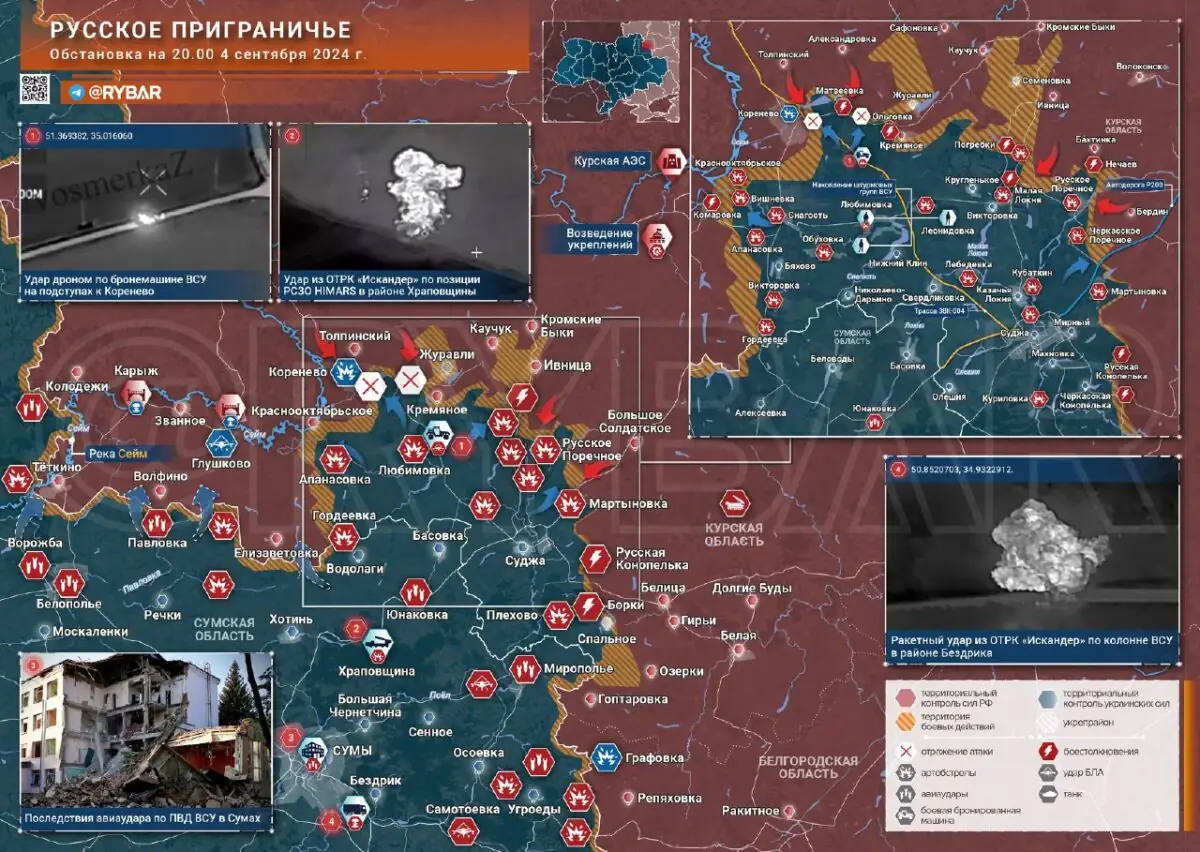
The situation in the Kursk direction remains relatively stable: in recent days, mainly positional clashes have been recorded along the contact line. Against this background, the Ukrainian Armed Forces have begun to more frequently transfer personnel and equipment to the border area of Sumy Oblast , which with enviable consistency become targets for Russian missilemen. In the frontline zone, UAV operators destroy pickups and other lightly armored enemy equipment.
In the Glushkovsky district, no significant changes in the combat situation have been recorded. Russian troops continue to use pontoon crossings to evacuate civilians and supply the Russian Armed Forces group.
In the Korenevsky district, strikes are being carried out on the Ukrainian Armed Forces equipment trying to break through to the approaches to Korenevo - the settlement itself is under the stable control of the Russian Armed Forces. Russian UAV operators are hitting all visible targets . Clashes continue in Olgovka , which is changing hands. The enemy's attempts to gain a foothold in Komarovka have been repelled .
In the Sudzhansky district, clashes continue in the area of Malaya Loknya , and the operational-tactical aviation of the Russian Aerospace Forces strikes at the positions of the Ukrainian Armed Forces near the village. There is no reliable information about the enemy's stable control over the settlement.
In Sumy Oblast, one of the strikes hit the building of the local university in Sumy . According to available information, the facility could have been used by the enemy as a temporary deployment point.
In the morning, Russian troops hit a Ukrainian column of armored vehicles and manpower during a formation in a forest belt near the village of Bezdrik . As a result of the precise strike, the enemy suffered losses in equipment, several dozen more members of the Ukrainian formations were eliminated, and the fact of collecting the bodies of the dead fighters was recorded by a Russian reconnaissance drone.
In addition, a missile strike was carried out on MLRS installations of the Ukrainian Armed Forces in the forest near the settlement of Khrapovshchyna in Sumy Oblast, less than 40 kilometers from the contact line. According to some reports, these could have been HIMARS rocket systems, which the enemy uses, among other things, to shell the Lgov District , but it is impossible to reliably confirm this due to the fact that the moment of fire damage was filmed with a thermal imager.
https://rybar.ru/kurskoe-napravlenie-ud ... om-rajone/
South Donetsk direction: fighting in Vodyanoye and liberation of Prechystovka
September 4, 2024
Rybar
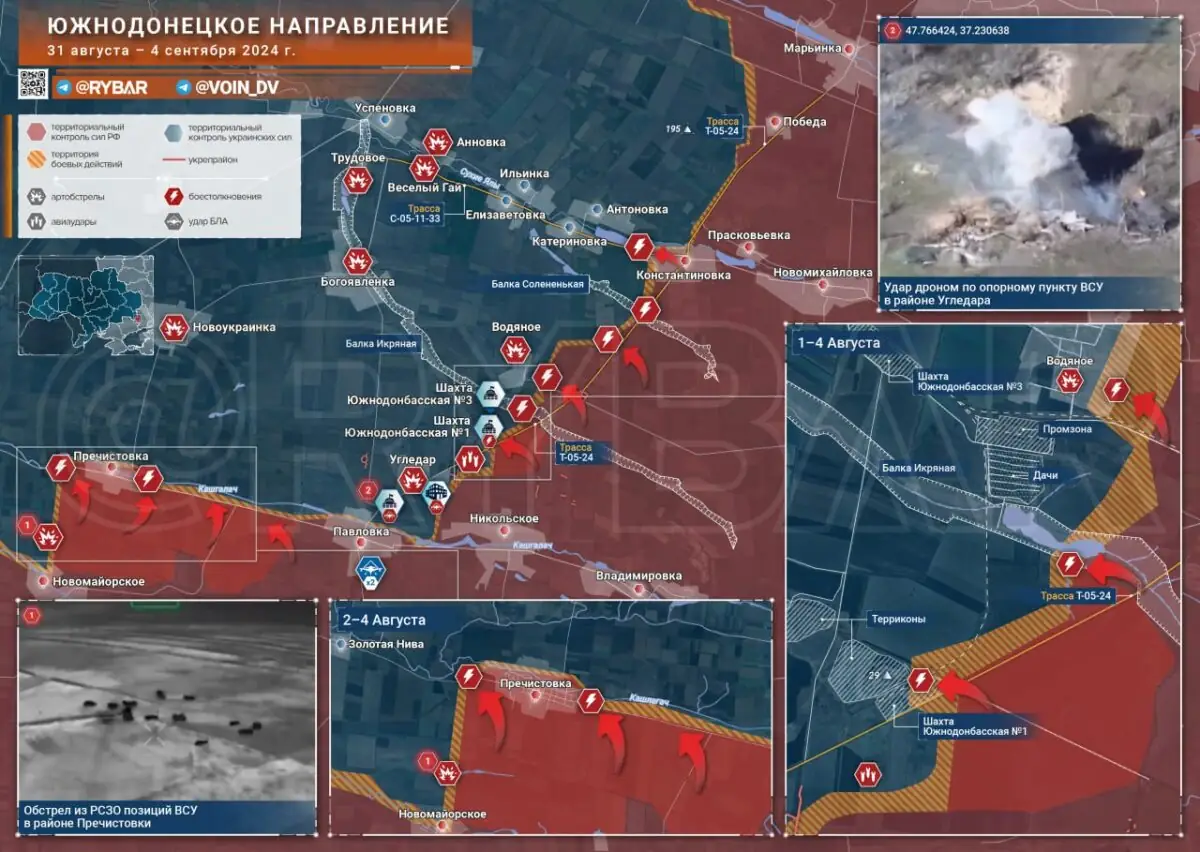
In the South Donetsk direction, in the last few weeks, assault groups of the Russian Armed Forces have significantly expanded the control zone in the area of the T-05-24 highway and on the approaches to Ugledar . This became possible immediately after the capture of several large strongholds located along the highway, after which the Ukrainian Armed Forces were forced to retreat in the direction of Vodyane .
There are currently battles in the latter, as well as on the approaches to the industrial zone. In addition, a fire strike was carried out on observation posts and positions of the Armed Forces of Ukraine on the territory of the Yuzhnodonbasskaya No. 3 and No. 1 mines , both from tanks and FPV drones. A landing force of the Russian Armed Forces had previously landed on the territory of the latter , having consolidated its position in the area. Further development of success in this direction in the event of the liberation of Vodyanoye will allow Ugledar to be semi-encircled from the right flank, significantly complicating the situation of the Armed Forces of Ukraine in the city.
At the same time, Russian fighters achieved success west of Ugledar near Prechistovka . Over the past few days, the Russian Armed Forces have been actively launching missile and bomb strikes against enemy air defense systems in the area of the village, and have also used heavy flamethrower systems " Solntsepek ".
In the first days of September, it became known that the advanced assault units had secured a foothold on the outskirts of the village, having advanced several kilometers north. Today, the Russian Defense Ministry announced full control over Prechistovka ; earlier, enemy resources had written about the liberation of the settlement. At the moment, the front runs along the Kashgalach River .
At the same time, the Ukrainian Armed Forces still remain present on the approaches to Novomayorskoye , located west of Prechistovka . To the east, there is an increase in the intensity of shelling of enemy positions in Ugledar . Some channels even managed to report an attack by the Russian Armed Forces from Pavlovka in the direction of the city, which is nothing more than a rumor for now .
It is worth understanding that frontal attacks from Pavlovka are pointless without a simultaneous offensive from the west and east (this was repeatedly confirmed by the unsuccessful attacks on Ugledar last year). The change in the tactics of storming the fortified area allows us to hope that one of the enemy's most important strongholds will soon be liberated.
https://rybar.ru/yuzhnodoneczkoe-naprav ... chistovki/
Google Translator
******
Oliver Boyd-Barrett: Peace So Far, Away
September 4, 2024
By Oliver Boyd-Barrett, Substack, 9/3/24
Little Prospect for Immediate Peace
The general tone of pro-Russian coverage of NATO’s proxy war against Russia over Ukraine continues to be somewhat triumphal, supported by an empirical reality in the battlefields with which western mainstream media are now largely in agreement (perhaps, as one noted, so as to be ready to blame Zelenskiy for the whole sorry mess once Washington has called the whole thing off).
I have explained in a recent post how my immediate instinct is to distrust triumphal reporting, even when substantiated by the empirical “facts on the ground.” That is because I do not believe that anyone or any group, for or against the War or for or against the position of Russia, or Ukraine or the West in the war, is in possession of all of the facts.
There is far less consensus as to how things will turn out from here, with many commentators eager to discern evidence of a movement towards negotiation and a relatively short war, on the one hand, against those who consider the gap between Zelenskiy’s “peace plan” and Russia’s security and other needs absolutely unbridgeable. With Russia now in a more certain position to push Ukrainian forces out of Kursk, some think, Russia will be more inclined to consider negotiations.
The main problems with this expectation, as I see it, are as follows:
(1) Russia’s main enemy is not Ukraine by itself, it is Washington and the West, and parties to negotiation need to include all relevant voices;
(2) Russia’s principal concerns are not concerns that it has only with Ukraine, they are concerns that the Global South has with the West; therefore, the substance of negotiations, if they are to be truly successful, cannot just be about Ukraine. Instead, they need to be about the global order and about reform of that global order in a direction that is more polycentrist, less hegemonic, and regulated by a somewhat re-thought and reformed United Nations, a process in which the BRICS could be an extremely useful intermediary. (I note in passing that Turkey’s request to enter the BRICS has now been formalized).
(3) There are no circumstances in which Russia is going to voluntarily agree to give up Crimea and the four oblasts that it has formally enfolded into the Russian Federation; there are live questions as to whether its security needs can be respected without acquisition of Kharkiv, Kiev, Odessa and any other oblasts that separate Novorussiye from the Dnieper;
(4) There are no circumstances in which Russia is going to agree to talk to a Ukrainian delegation appointed by the current regime, which Russia correctly asserts to be an illegitimate and unelected regime, even by the standards of Ukraine’s own constitution. It is a regime that would be booted out of office in the event that martial law would come to an end, and new elections instituted; regime change is a prerequisite. One cannot negotiate or do deals with people like this.
(5) There are no circumstances so far as can currently be seen in which Zelenskiy and his gang are going to voluntarily give up power;
(6) These considerations, therefore, have two consequences. The first (a) is that practically all discussion in the West about possible endings to this war, together with a great deal of discussion in Russia itself, adopts far too narrow a conception as to what this war is really about and what must happen for it to be won or to reach settlement. The second (b) is that because the gulfs between the main parties – Russia (together with China and other major allies in the BRICS), Ukraine, Brussels, Washington and the West generally – are so broad, no successful negotiation is currently practicable, and the war will therefore continue, finishing only whenever Ukraine collapses, amidst serious fissures and fragmentations within the EU and NATO, or the Russian Federation itself collapses.
(7) For the moment, the first of these two scenarios seems the most likely. This largely results from quantitative and qualitative superiority of Russian forces, weapons, manufacturing capability and alliances (including with China and Iran). The longer the war lasts, the more attrition there will be of Ukrainian forces, specifically, and of Western armories more generally. The pace of Western attrition will speed up if Israel manages to coax the US to fight a war on its behalf with Iran; and if the US manages to provoke a war between China and Taiwan. This would present a three-front challenge to the USA at a time when its ability to fight even only one front seems questionable.
(8) Russia has never at any time indicated that its ambitions went beyond the Donbass. Nor was there any sane reason to think that it did. However, the Western reaction to Russian assertion of its security needs has been so extreme (and, to be frank, so extremely fake), so over-the-top, that Russia must now be obliged to consider the entire West as its enemy. Therefore, against all previous indications to the contrary, Russia may now be planning some broader and more durable defense strategy vis-a-vis NATO.
https://natyliesbaldwin.com/2024/09/oli ... -far-away/
(Much more at link, other topics.)
(Um, Russian speakers have mentioned Odessa a number of times. They should do it for the Russians there, to punish Ukraine and to deny the north Black Sea coast to NATO shenanigans.)

